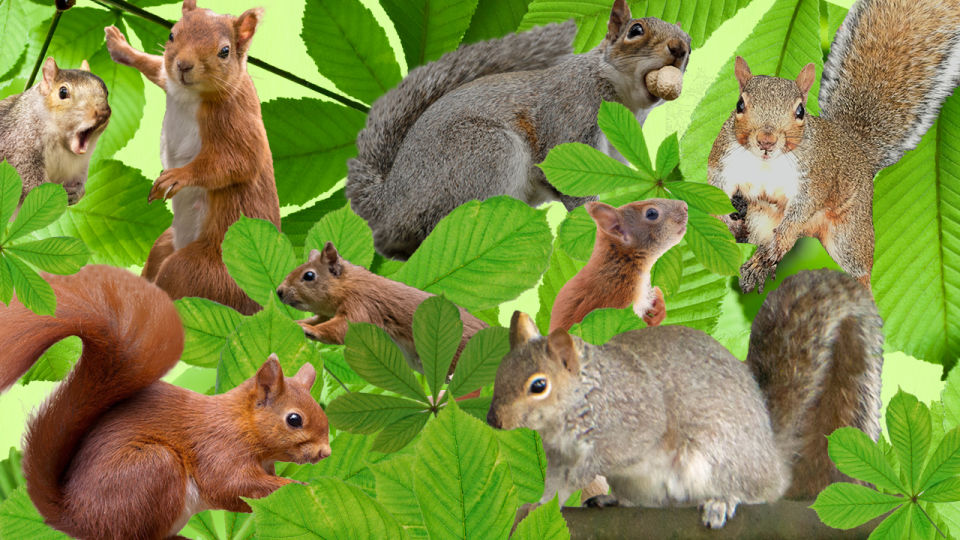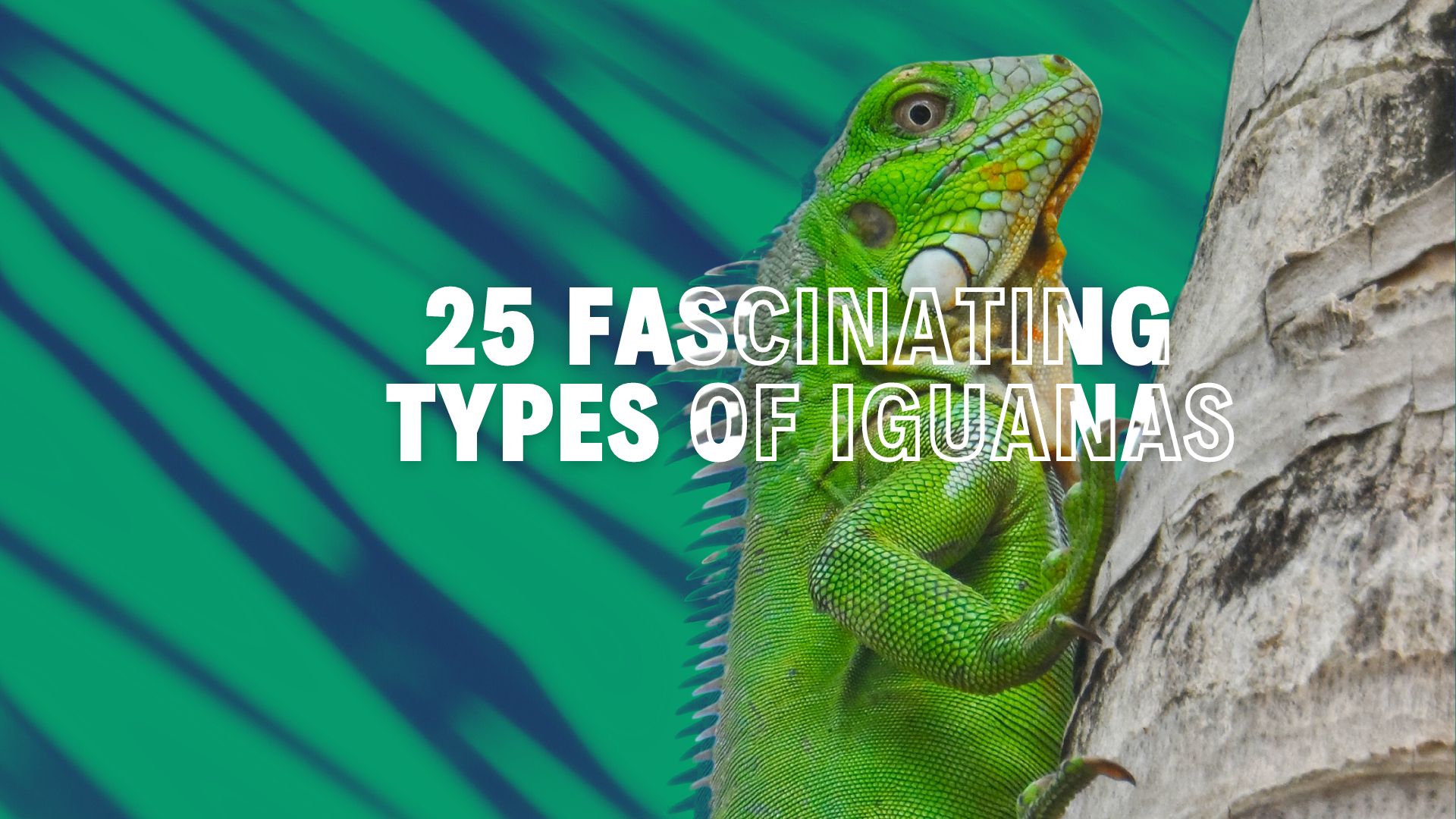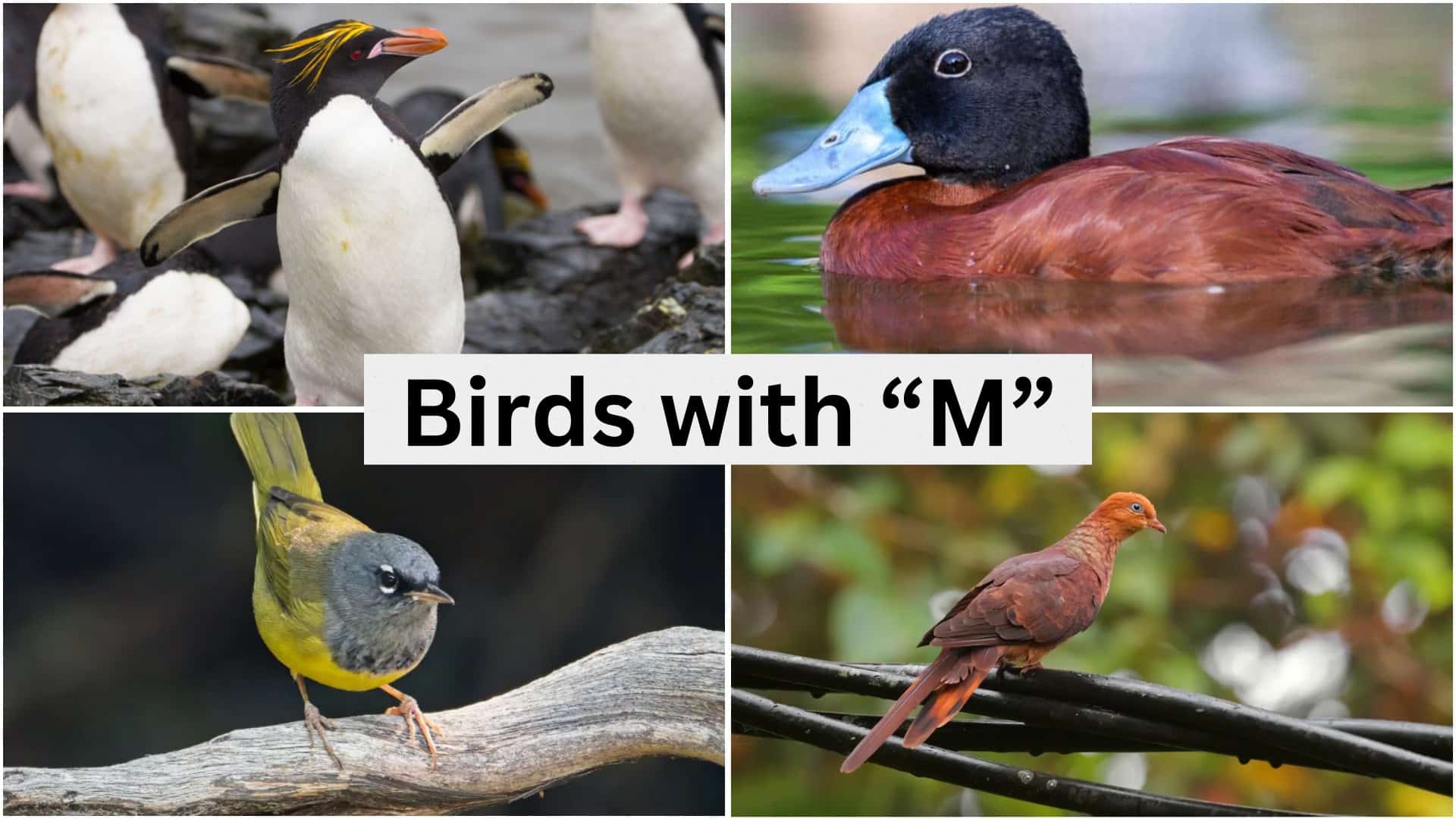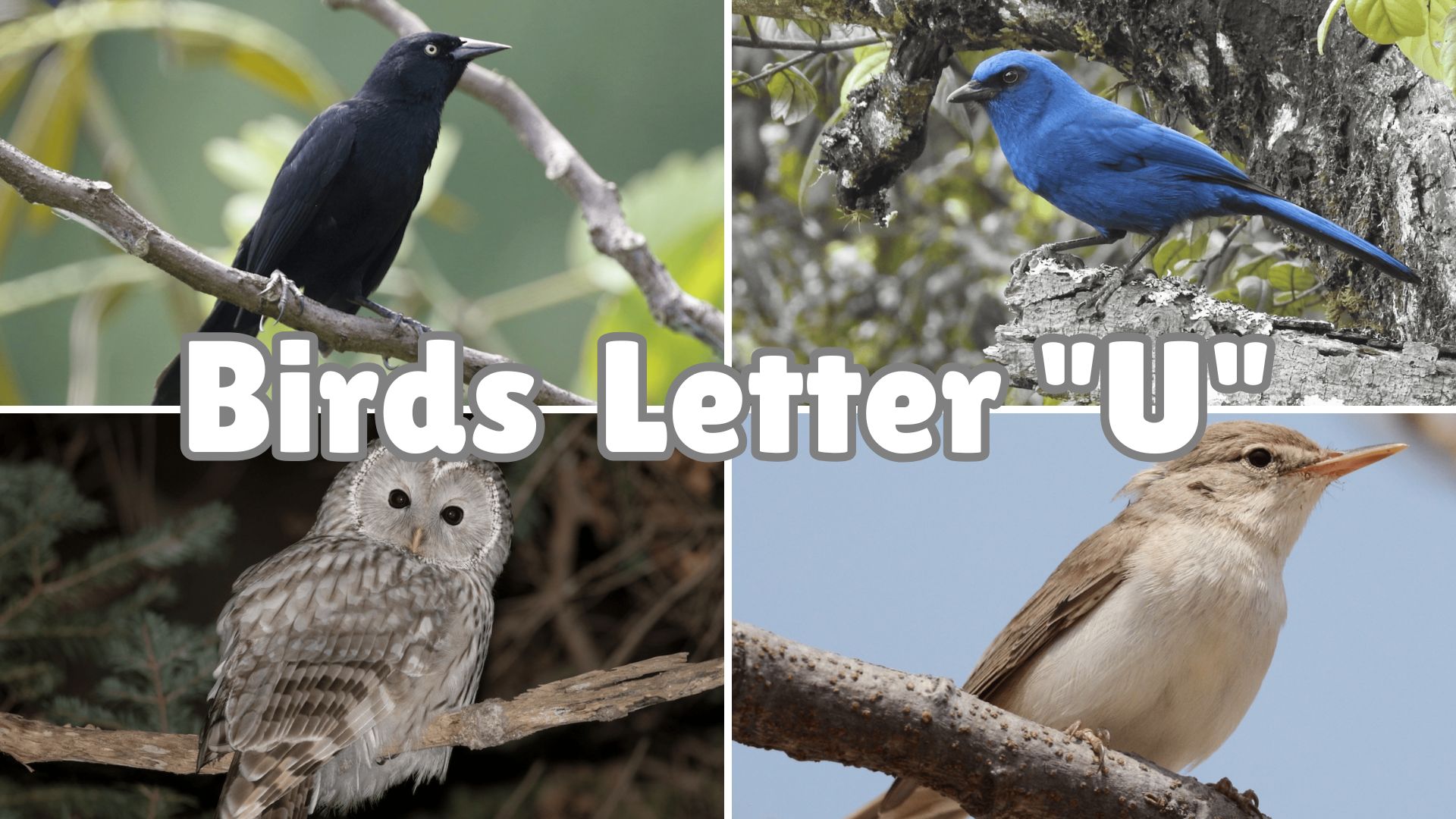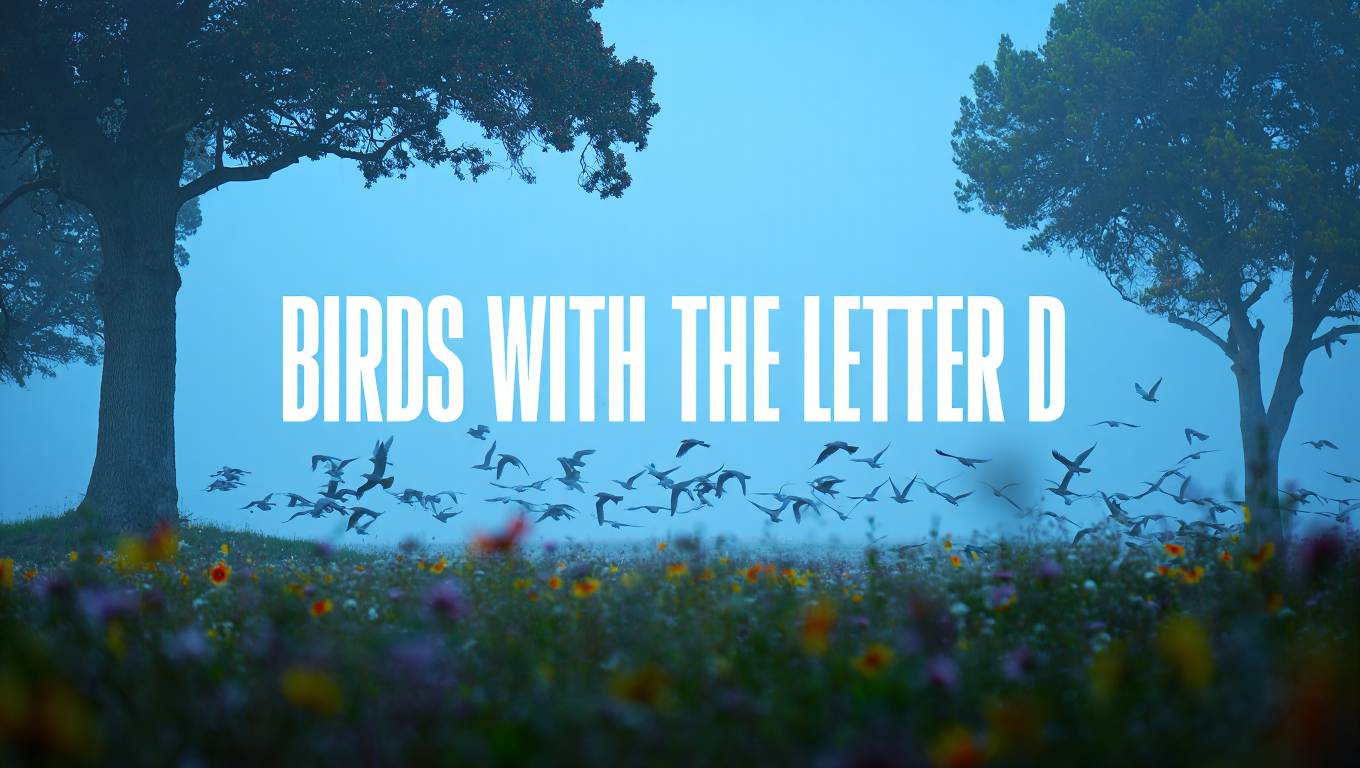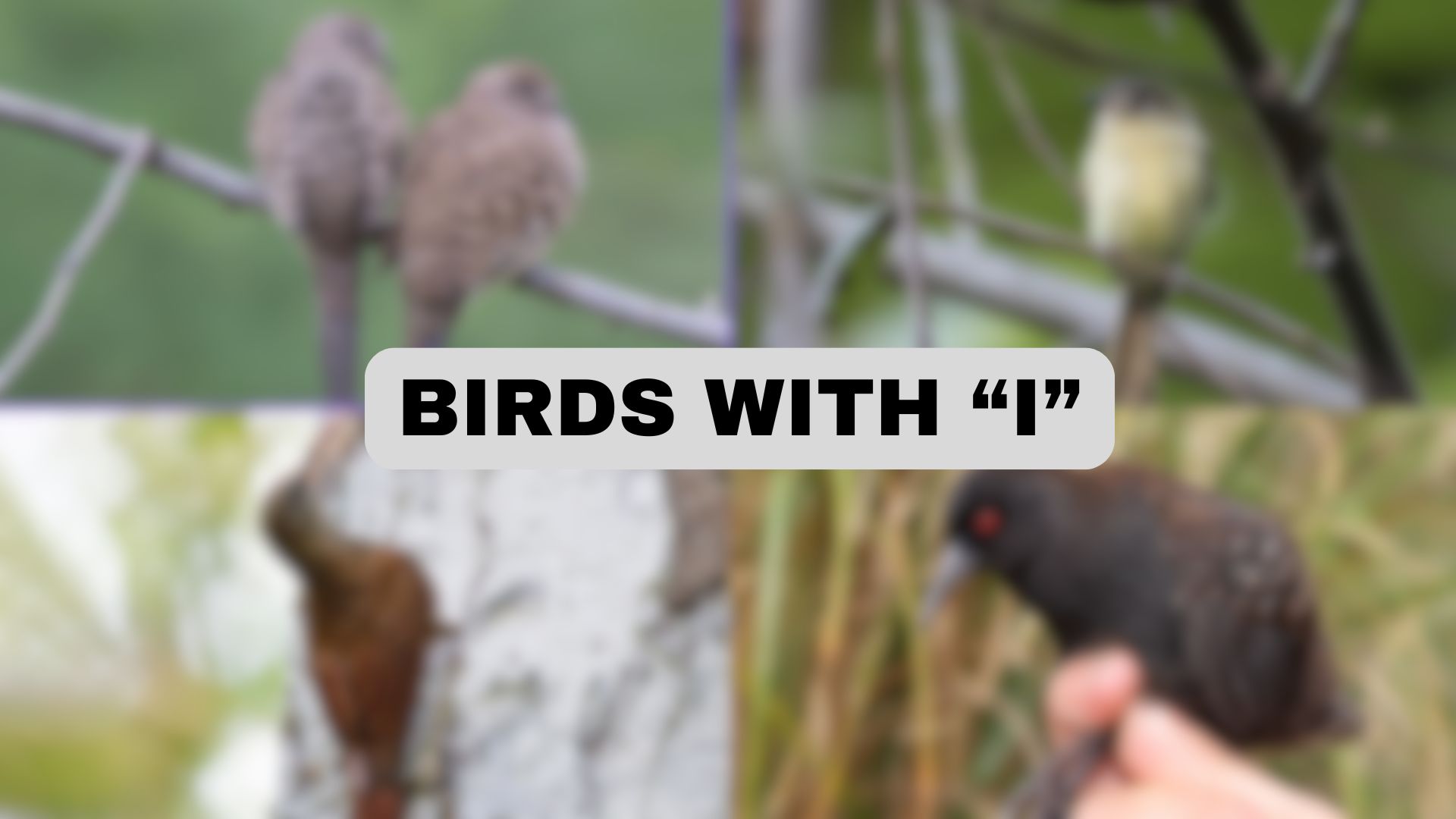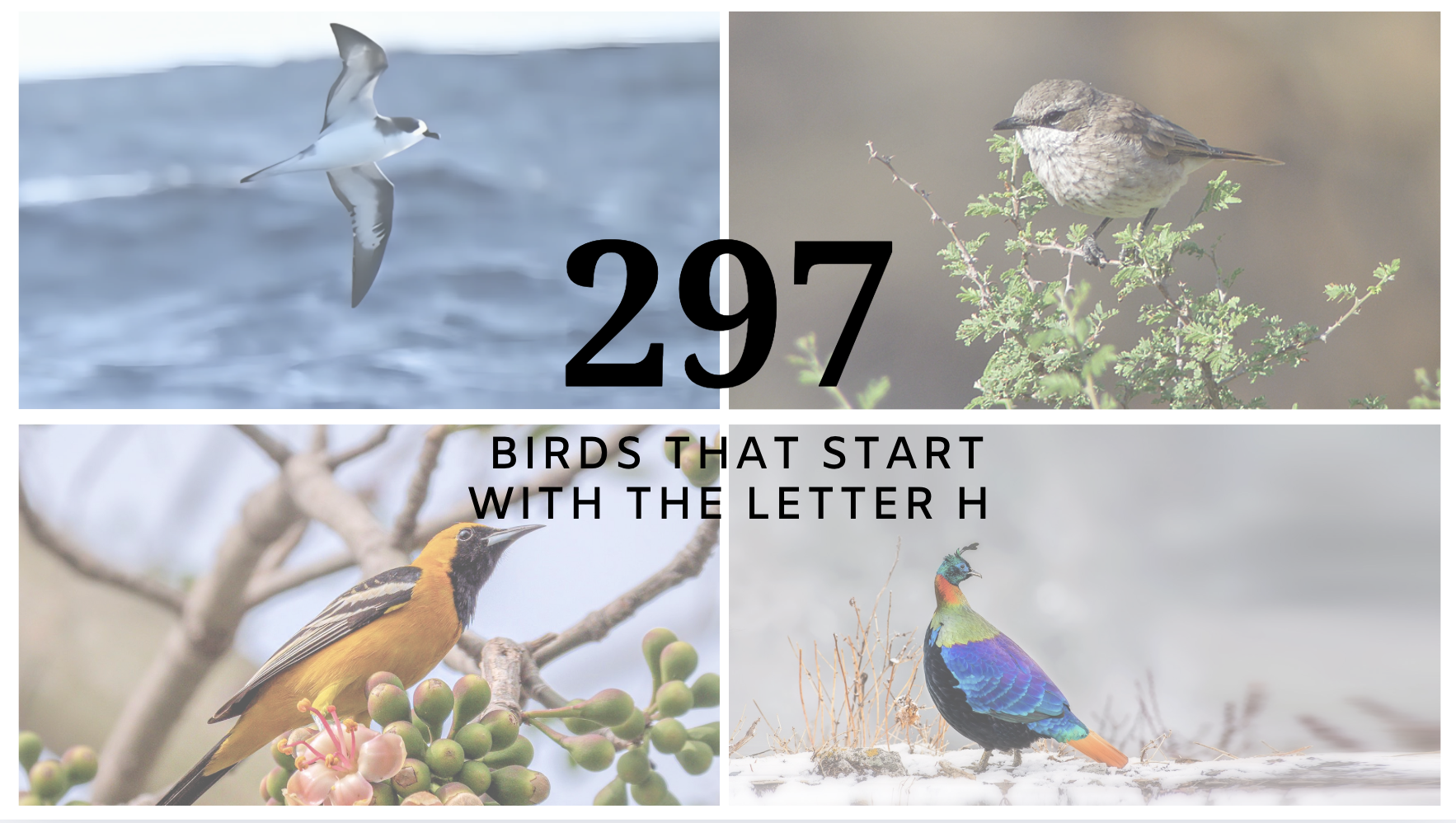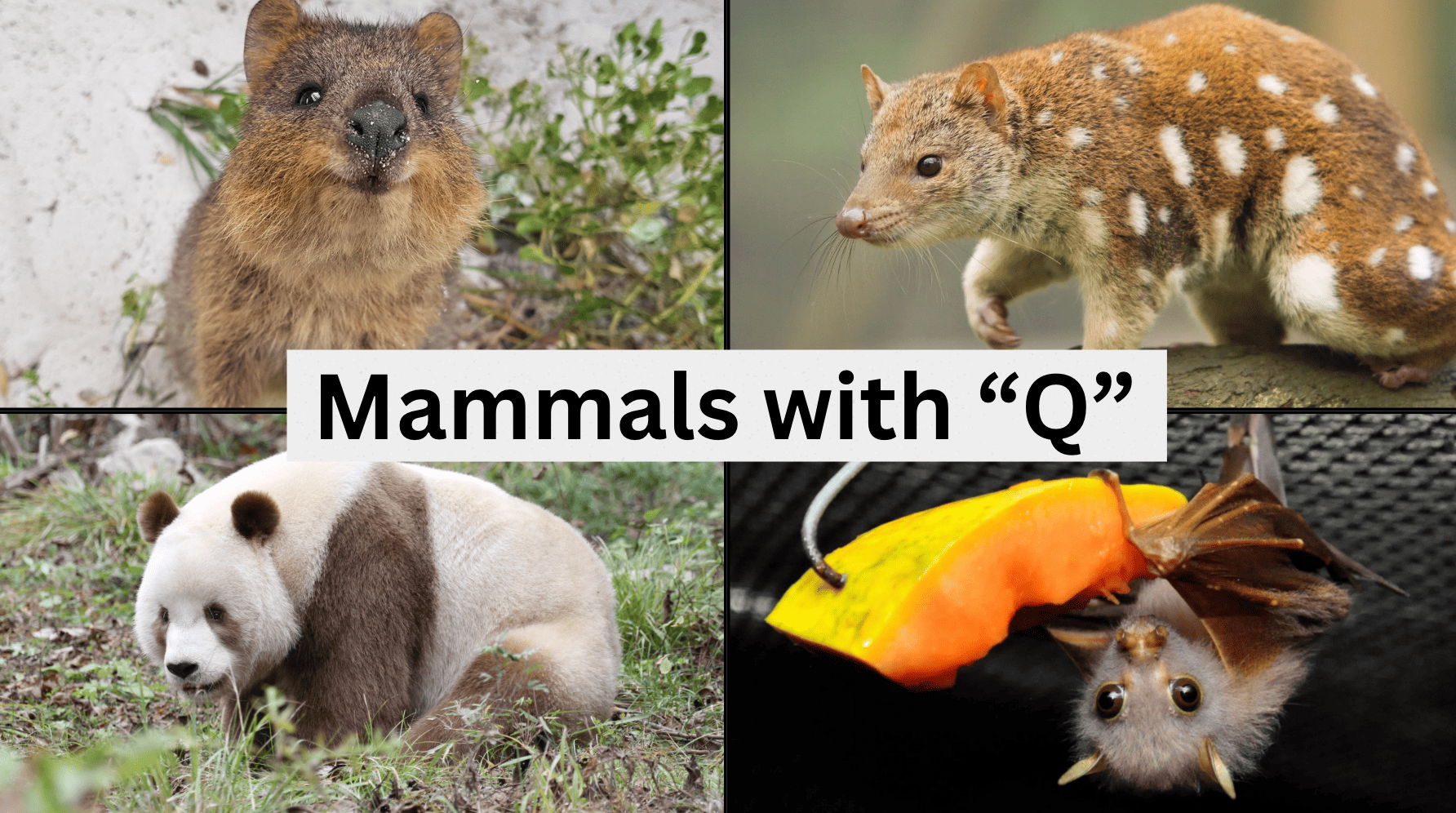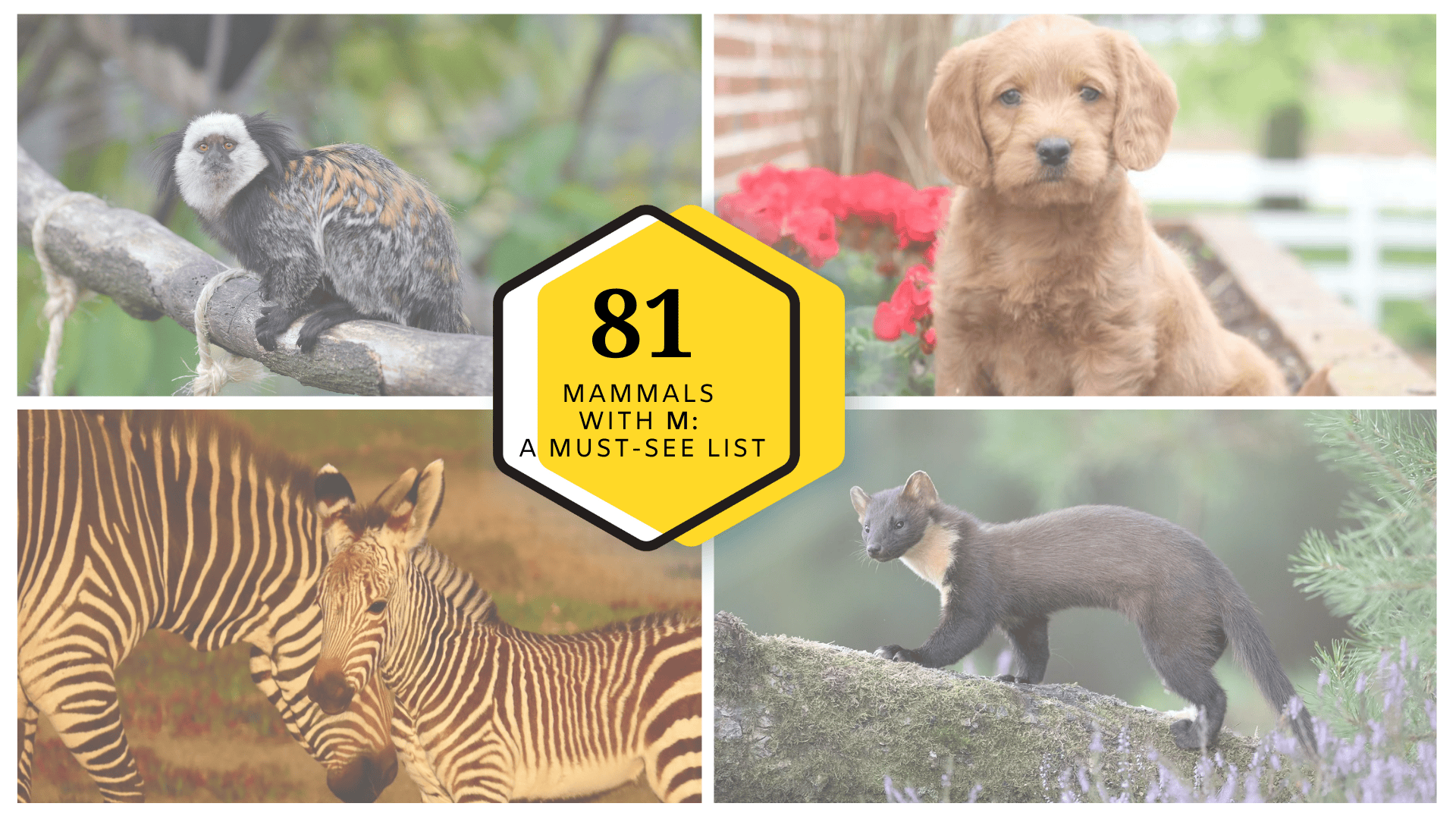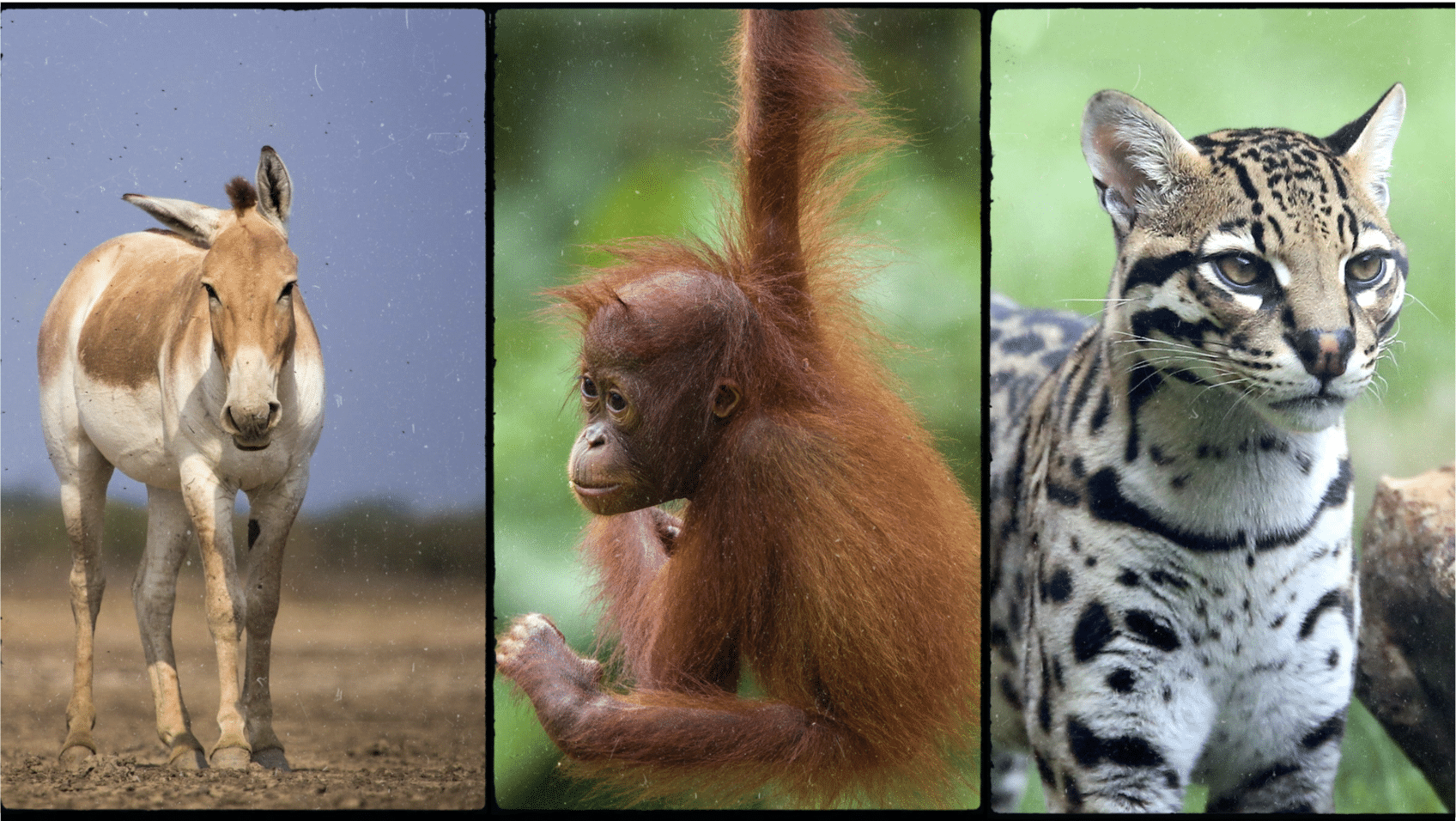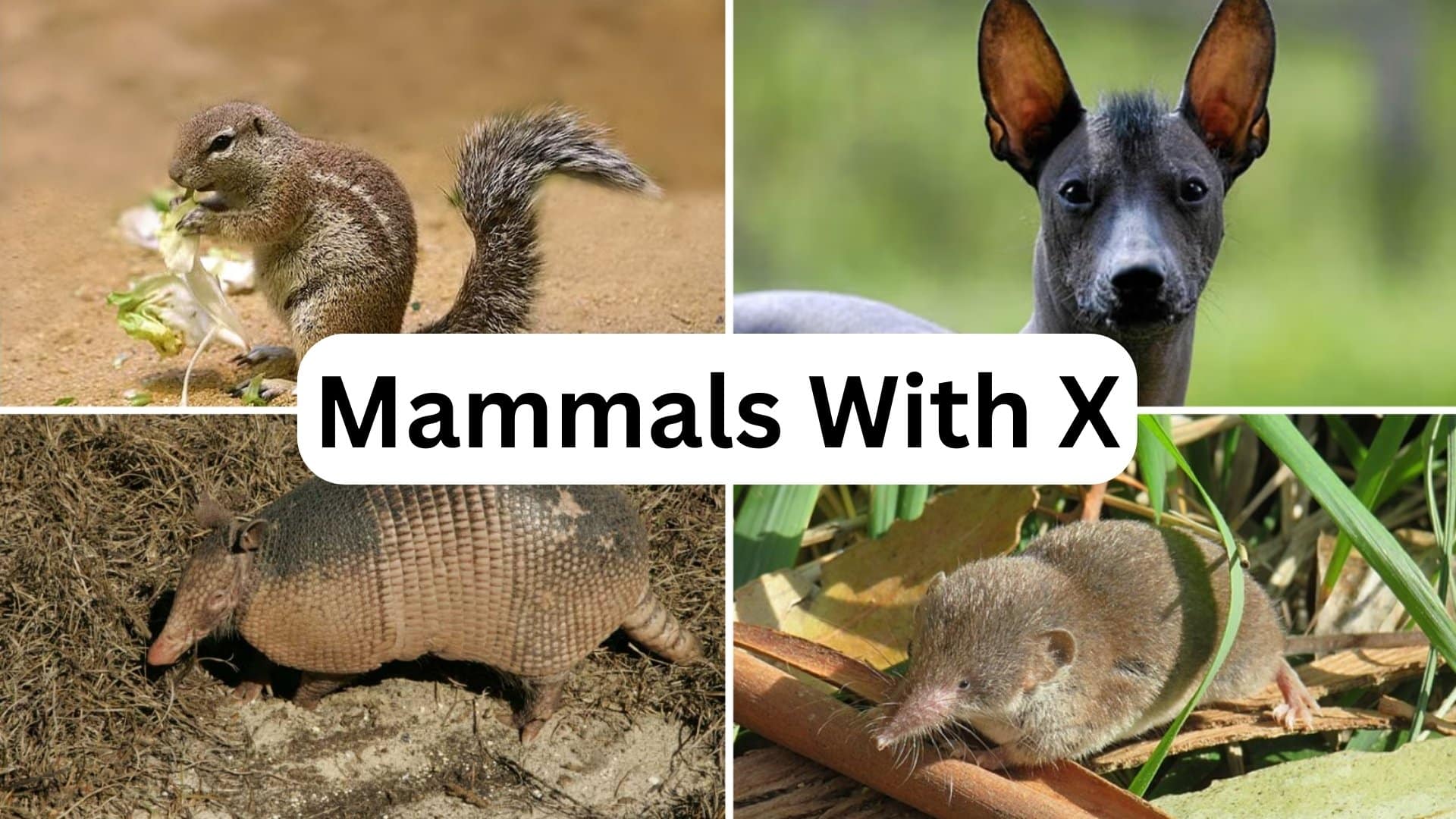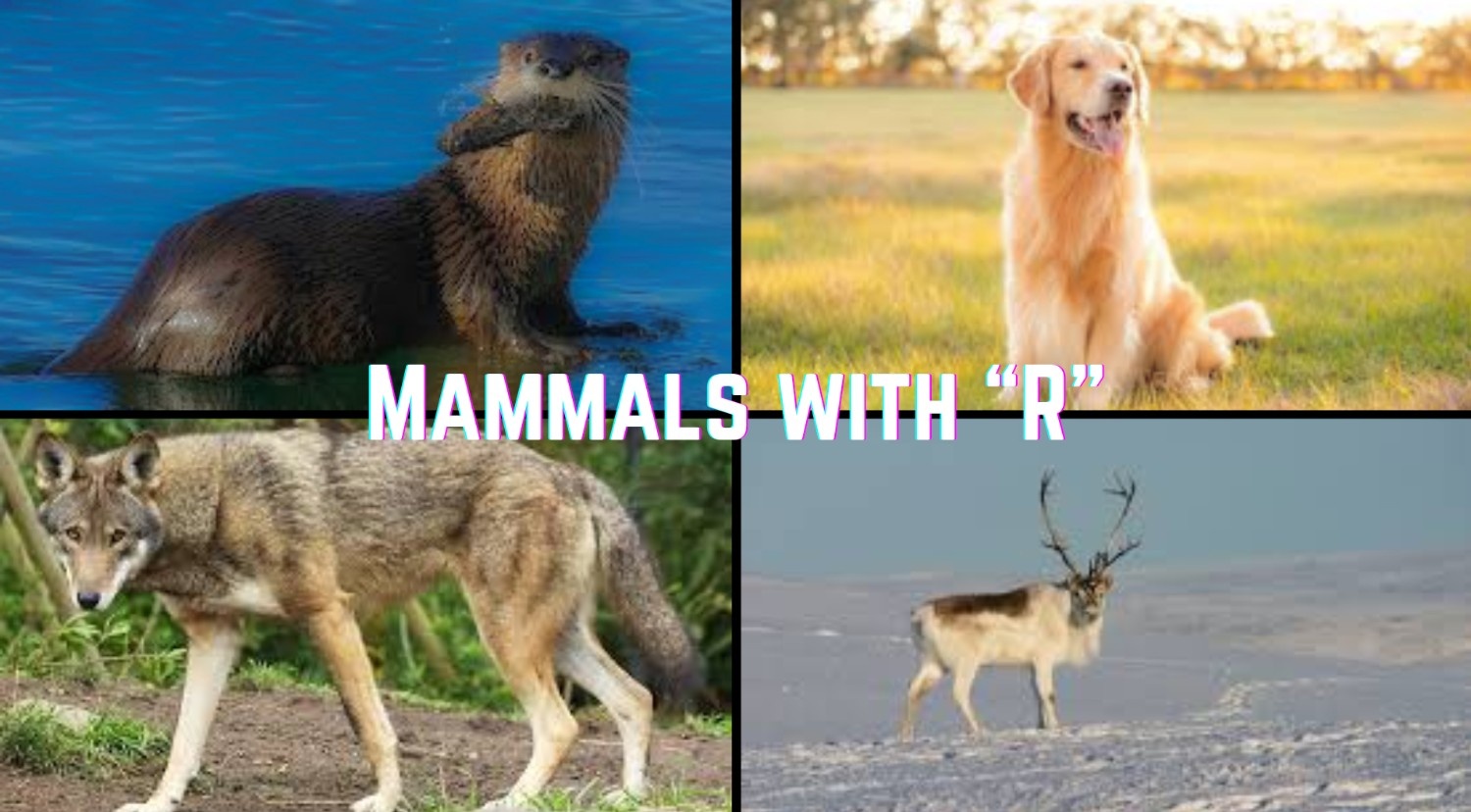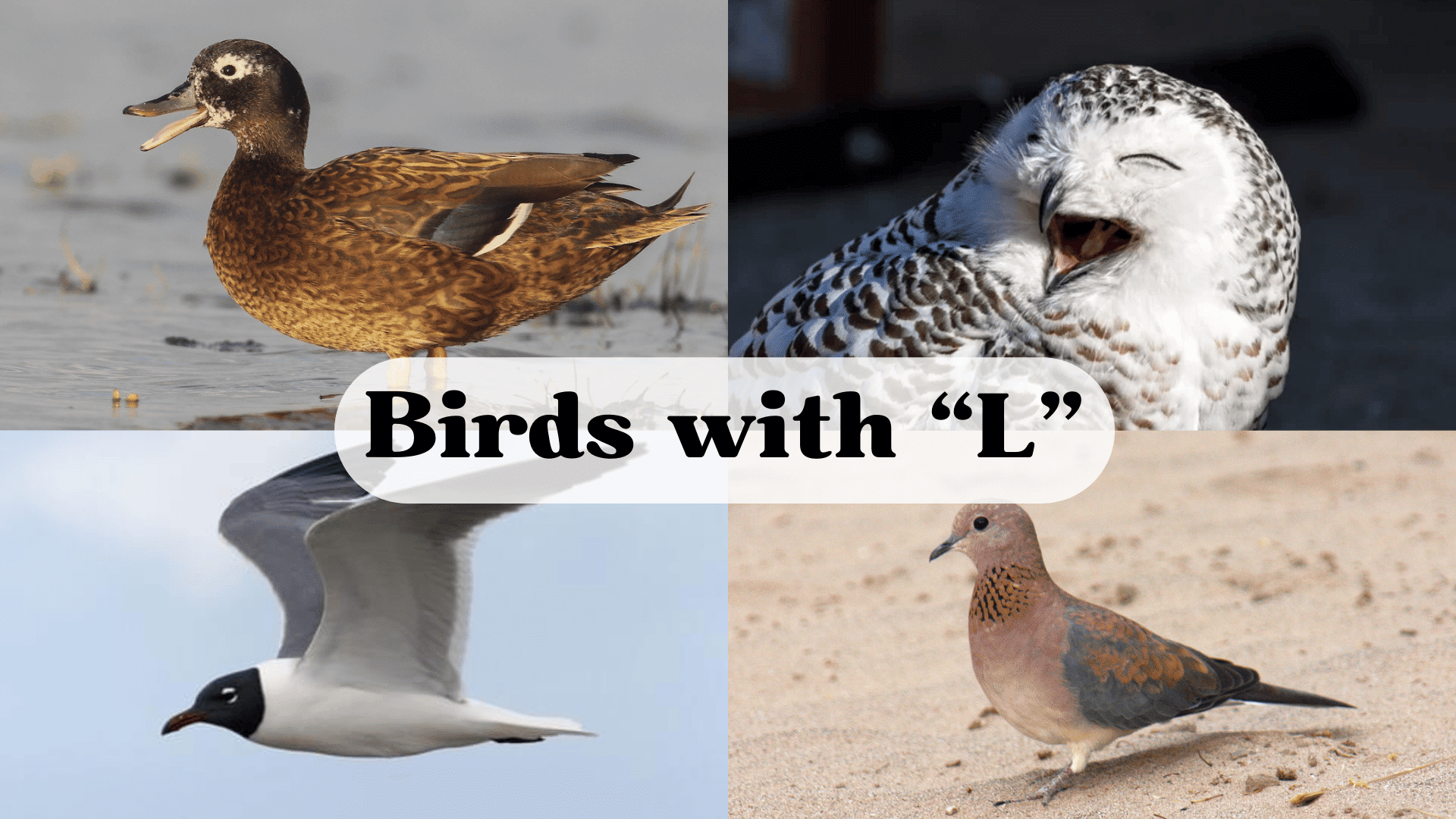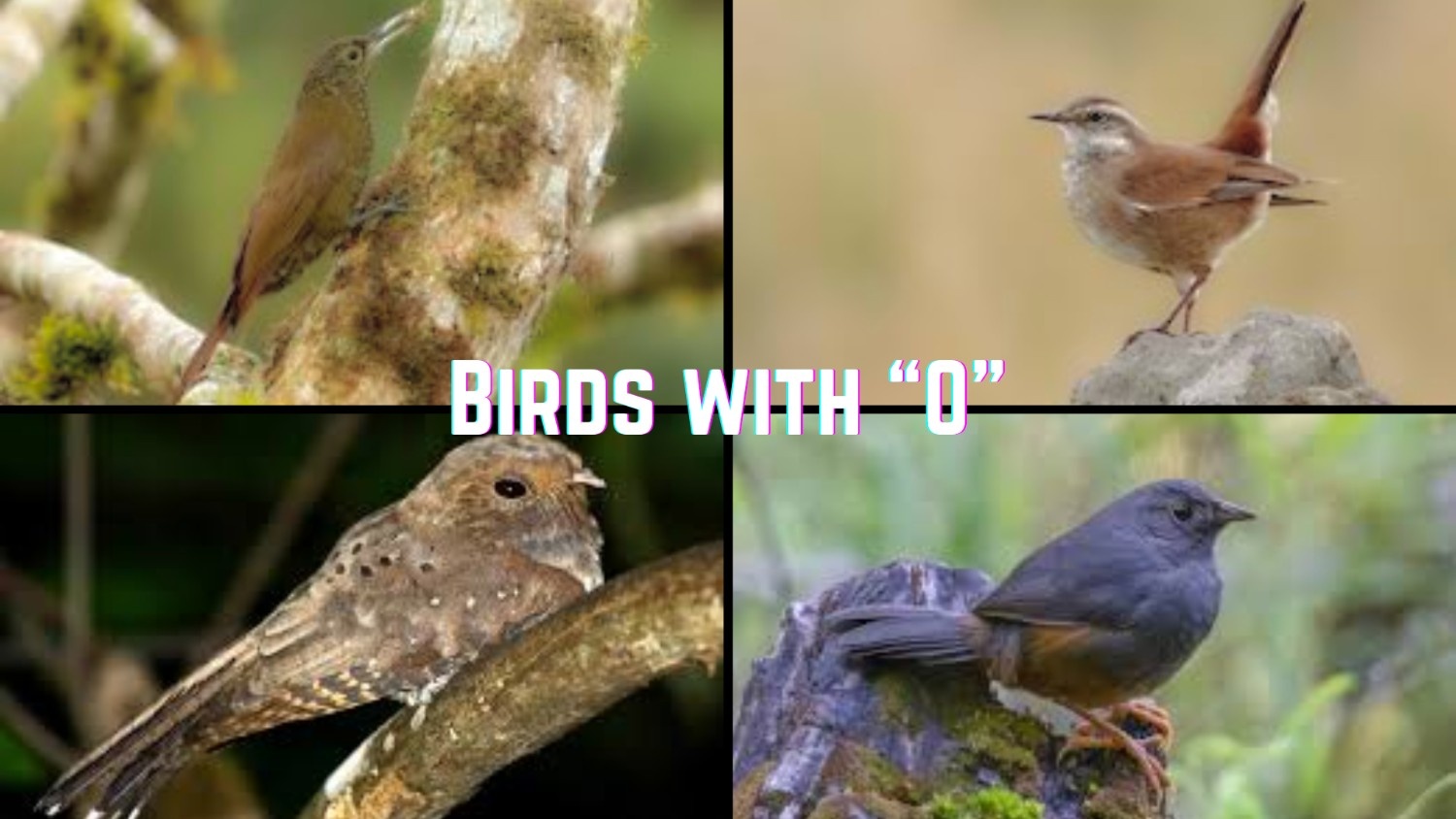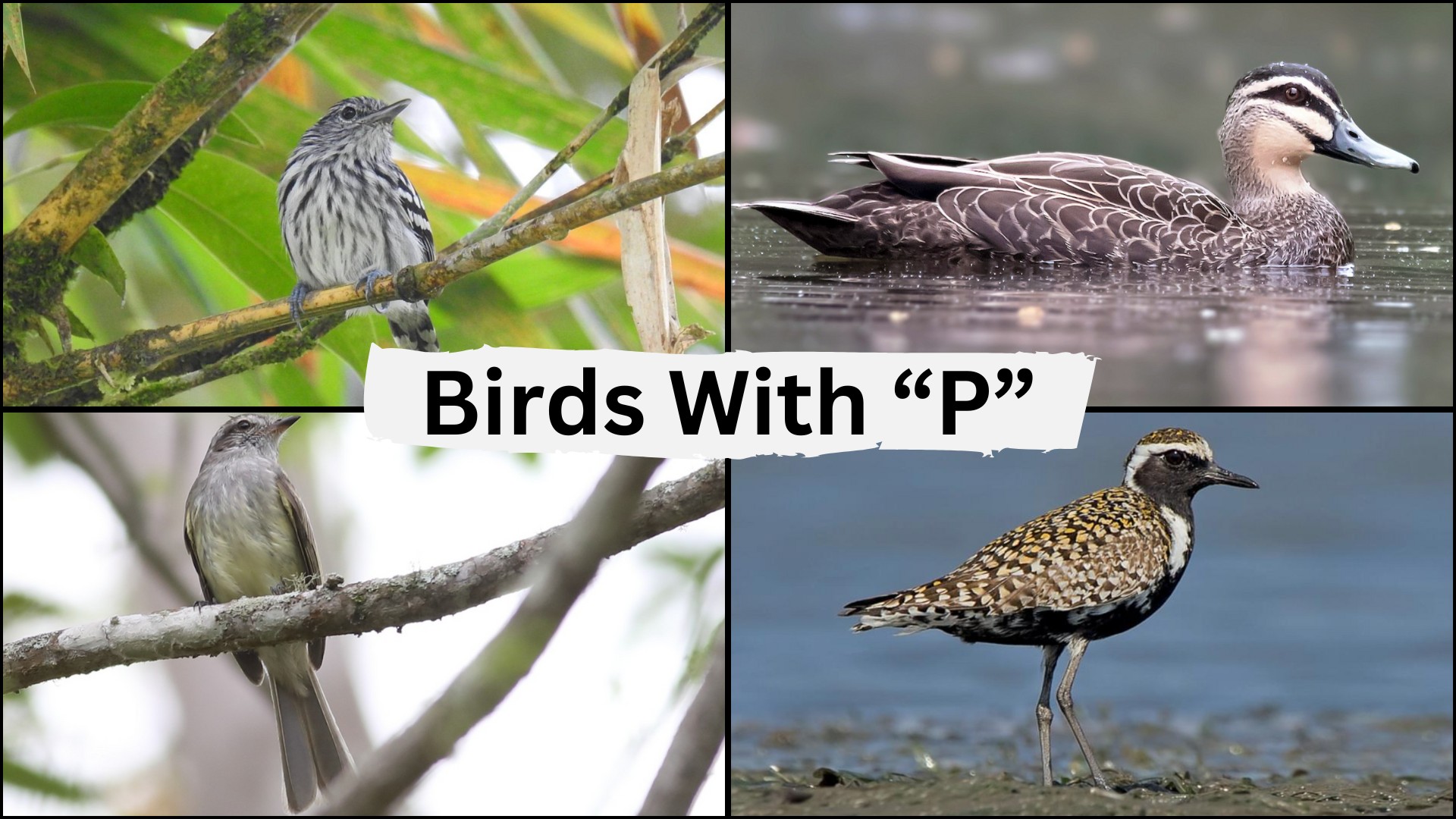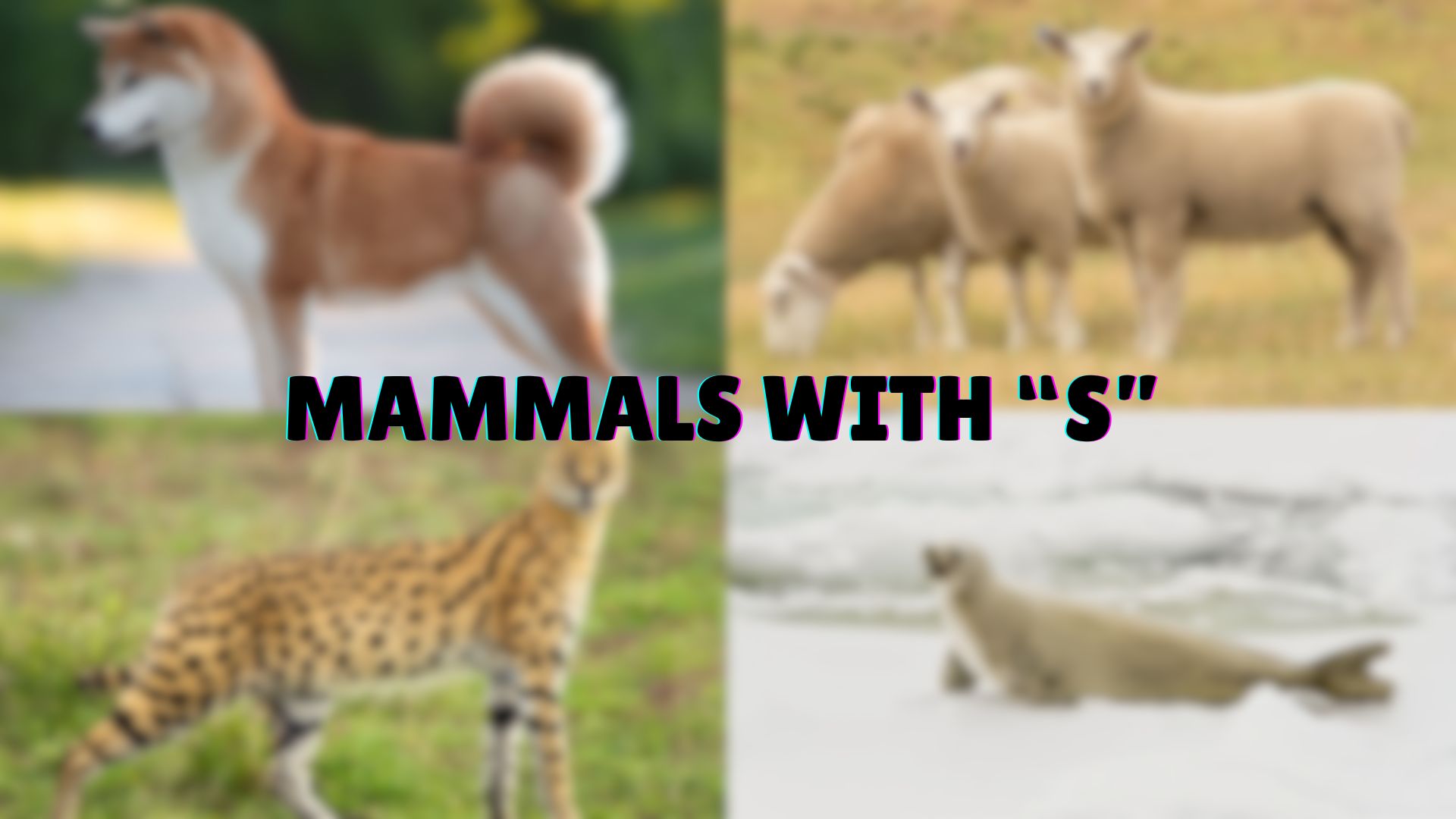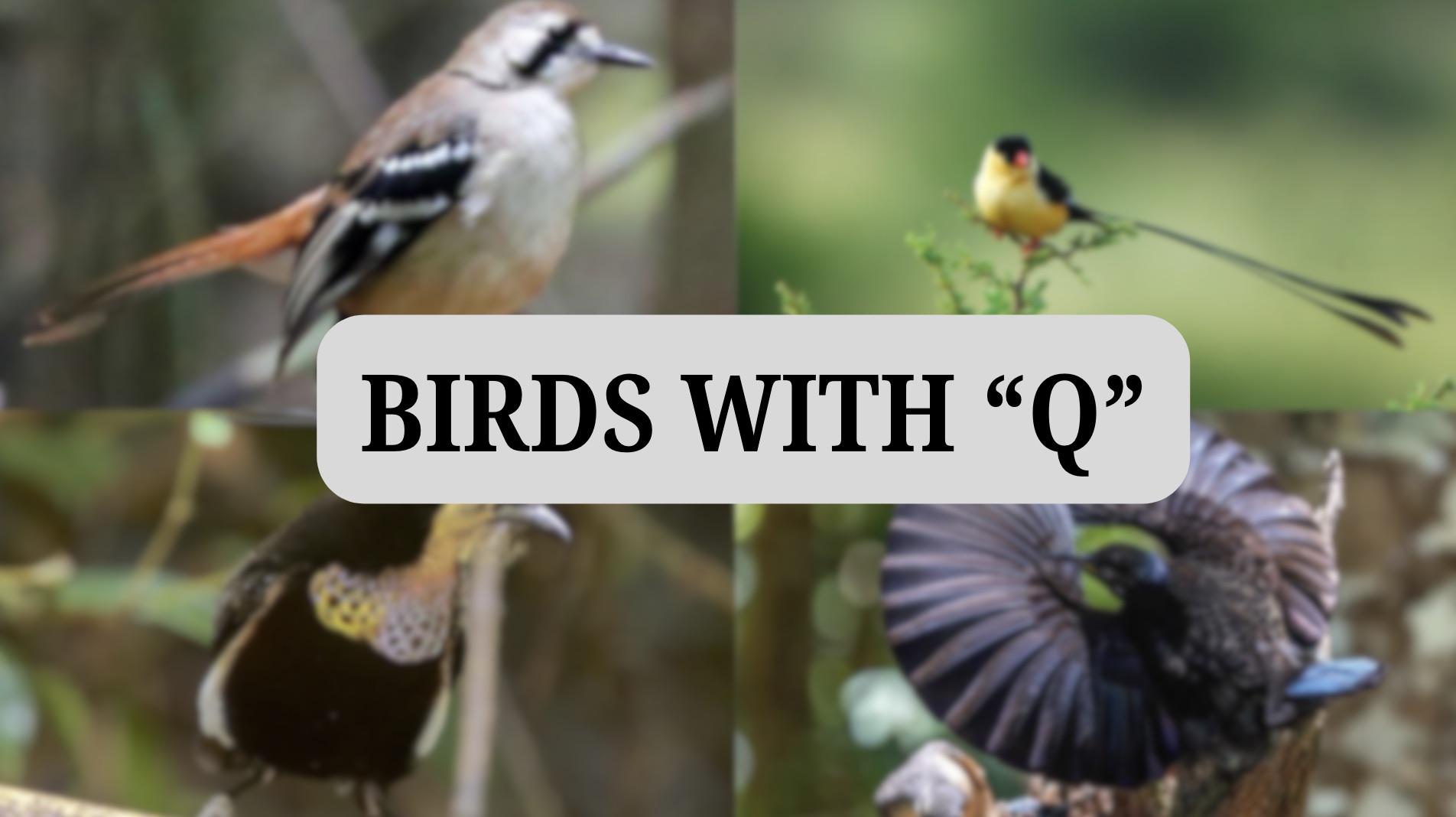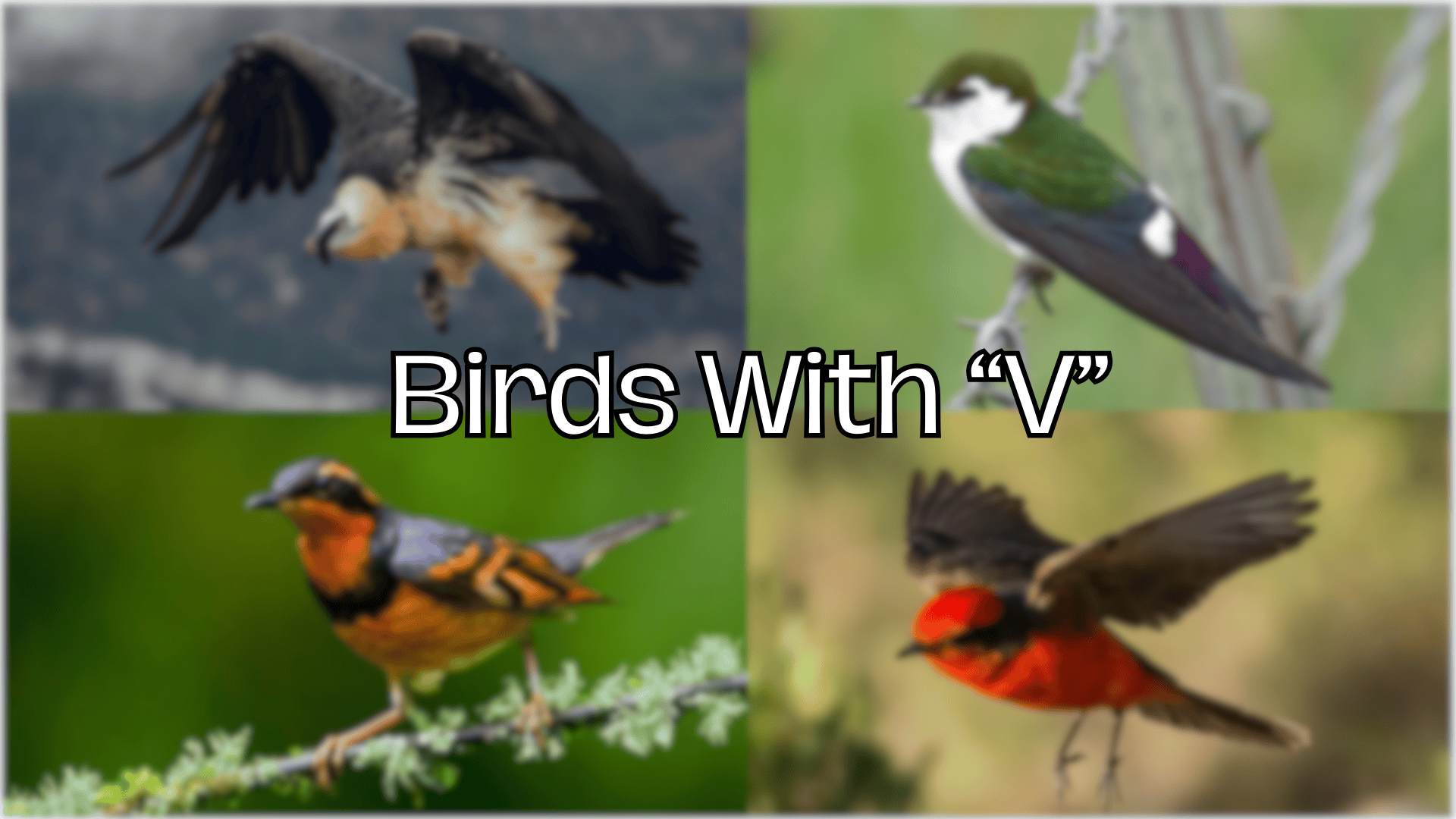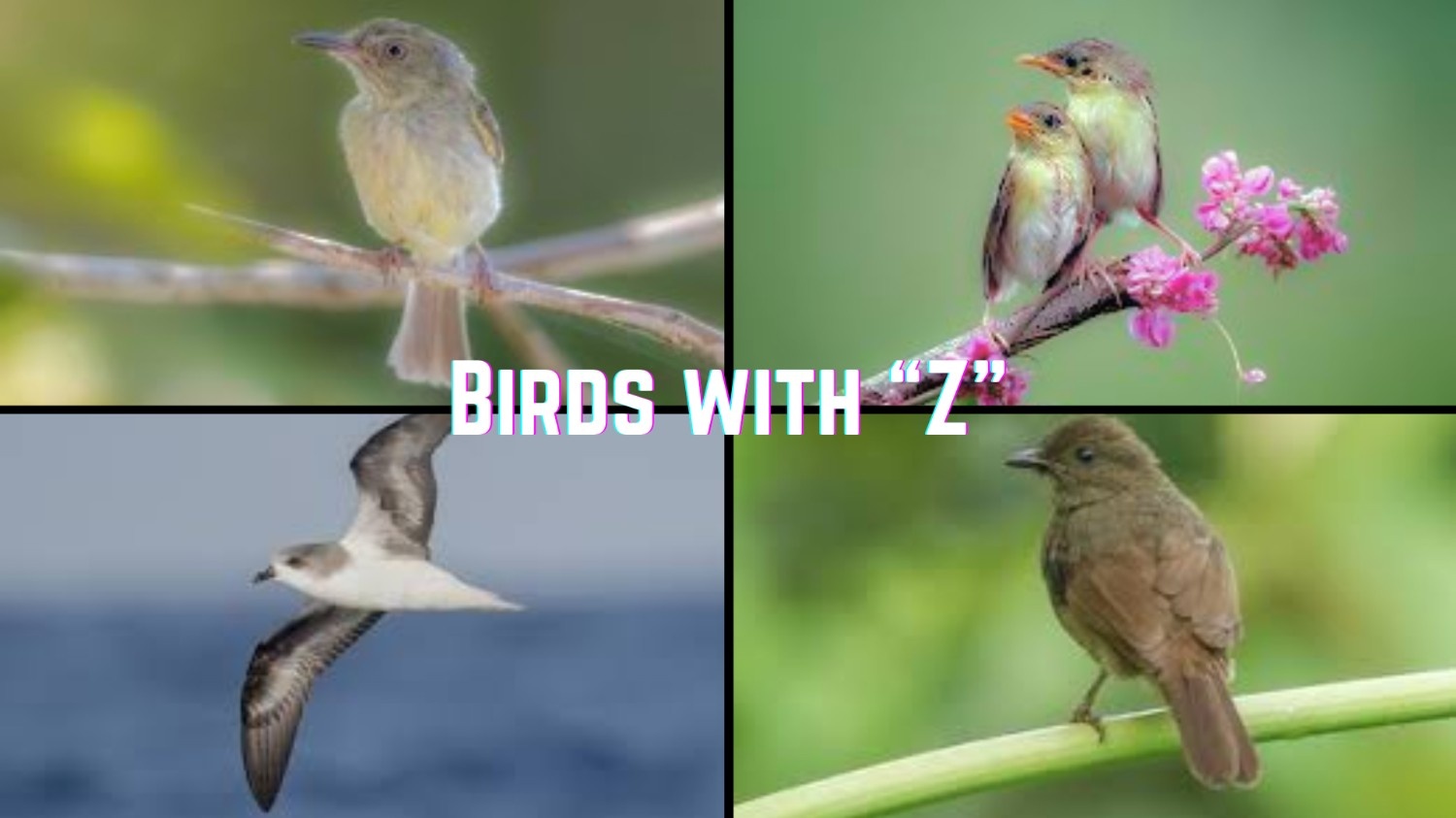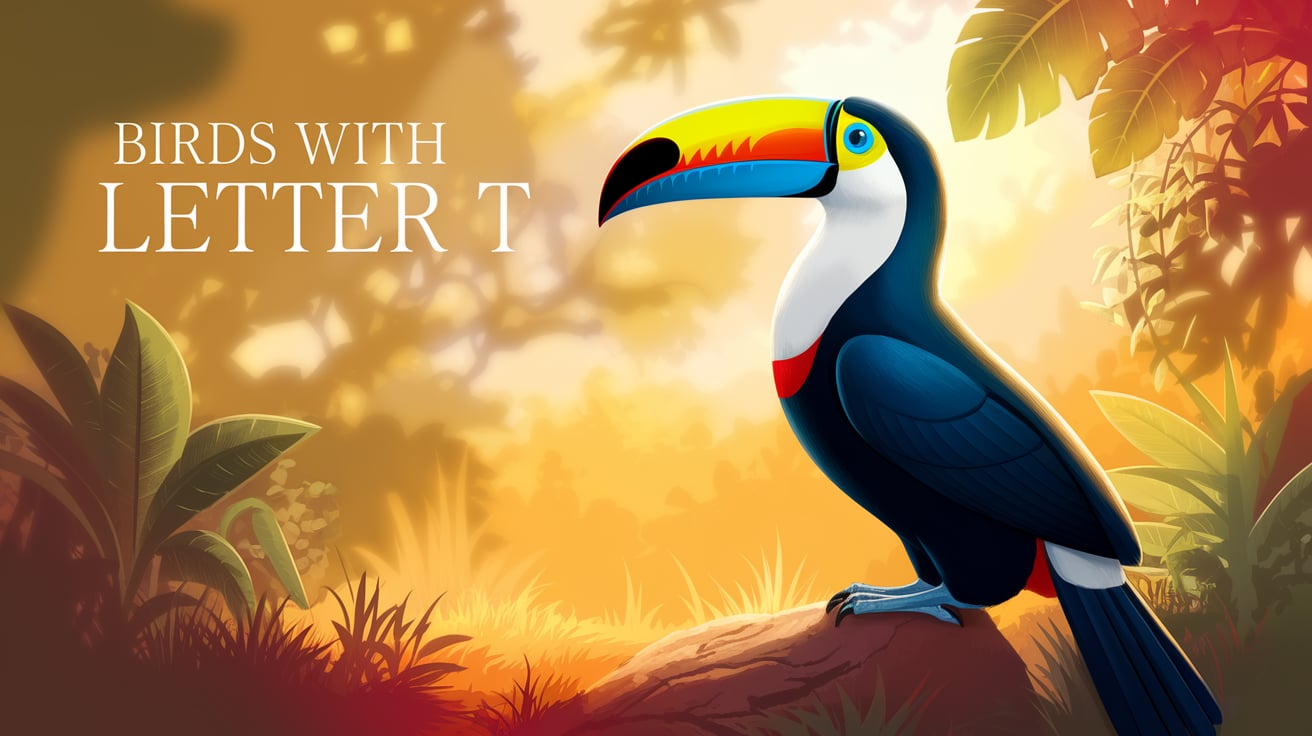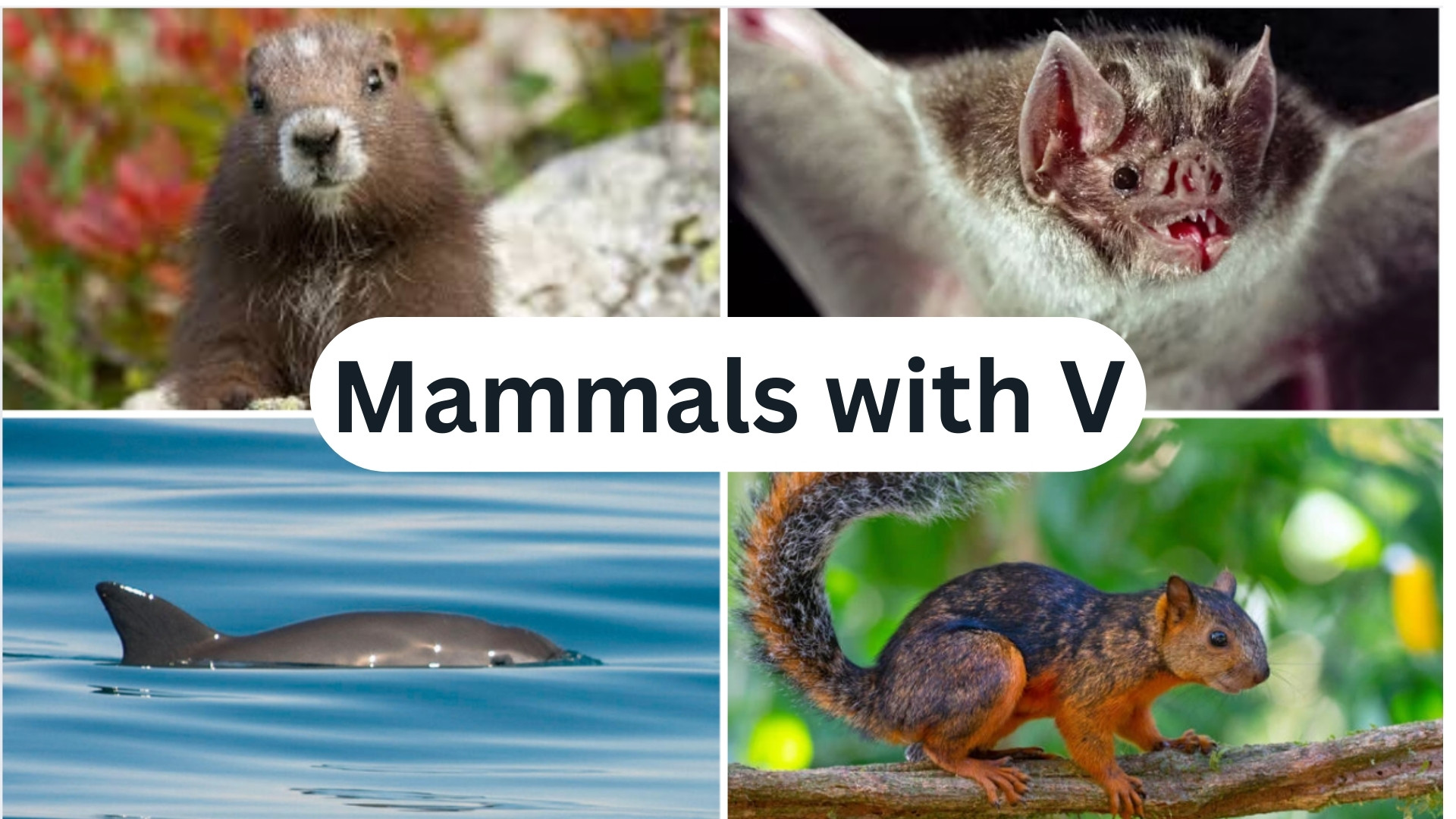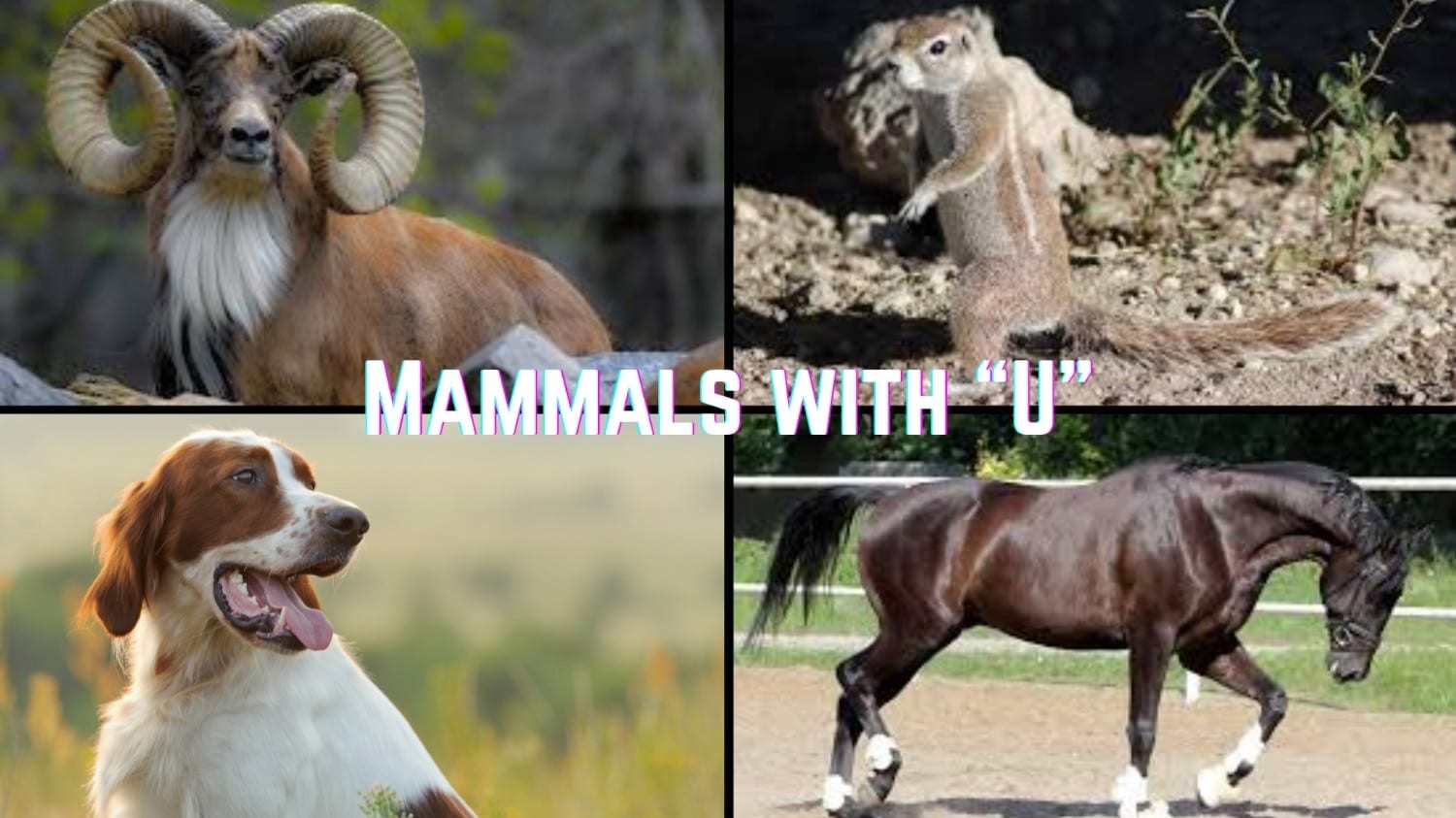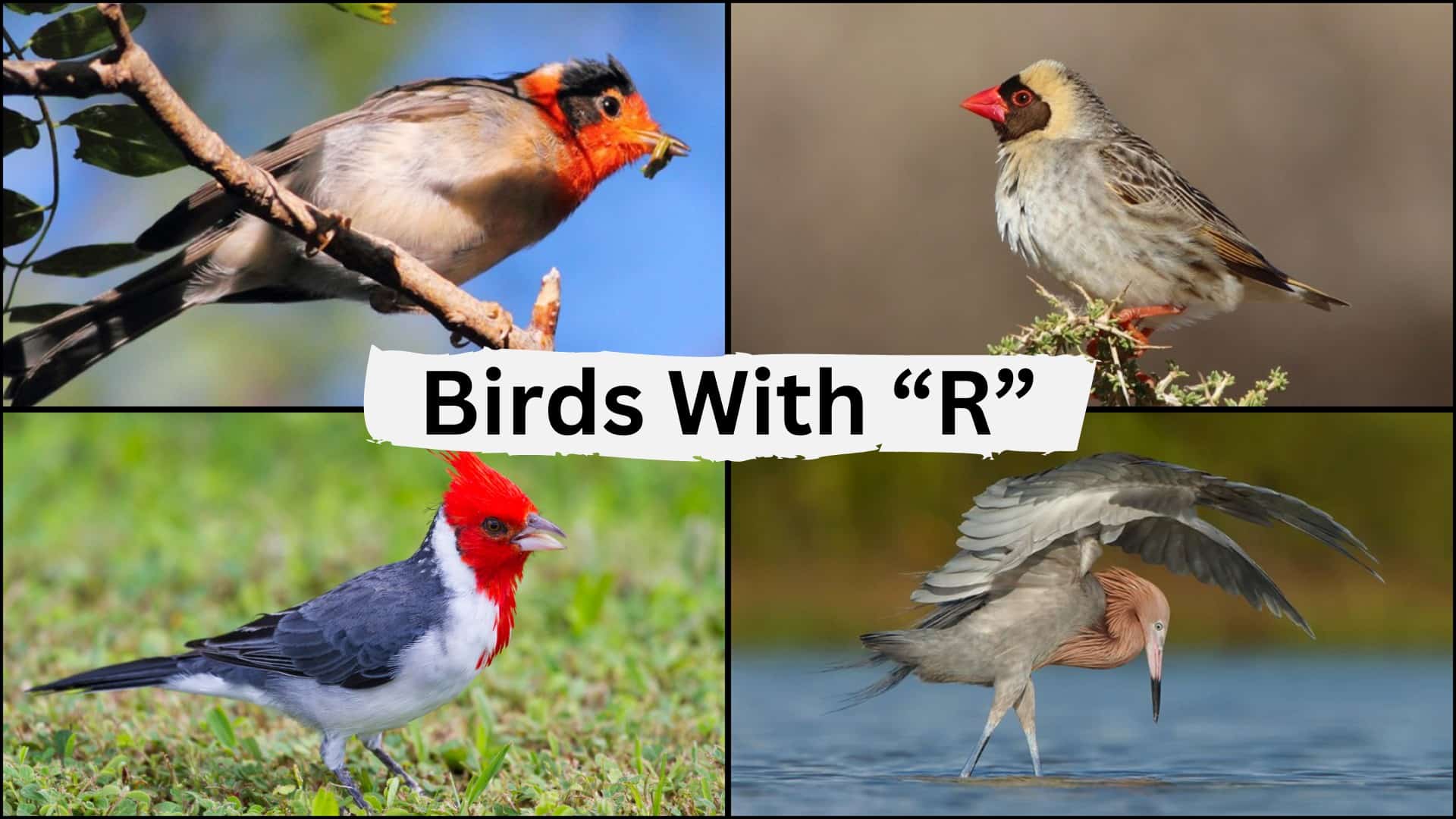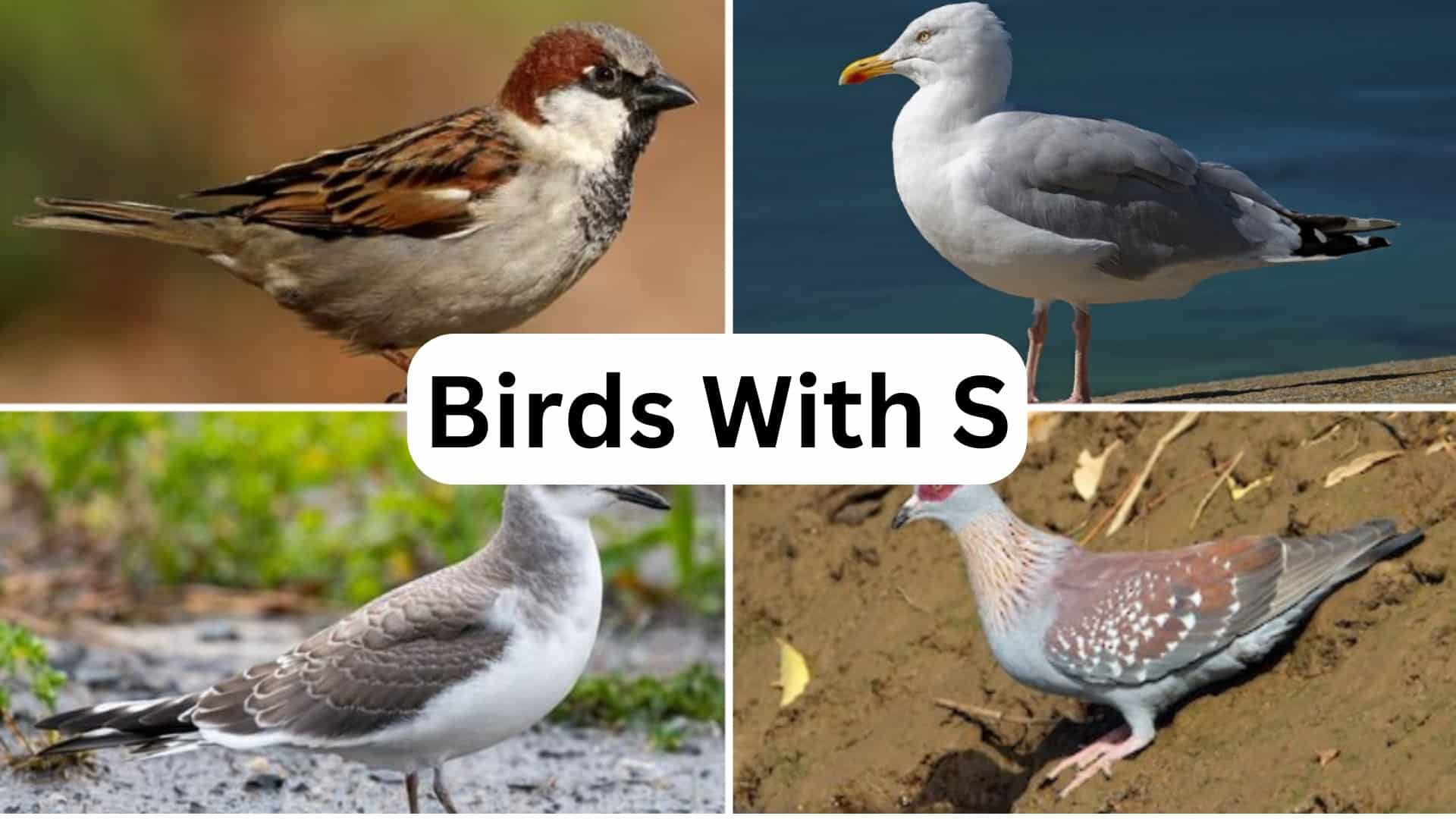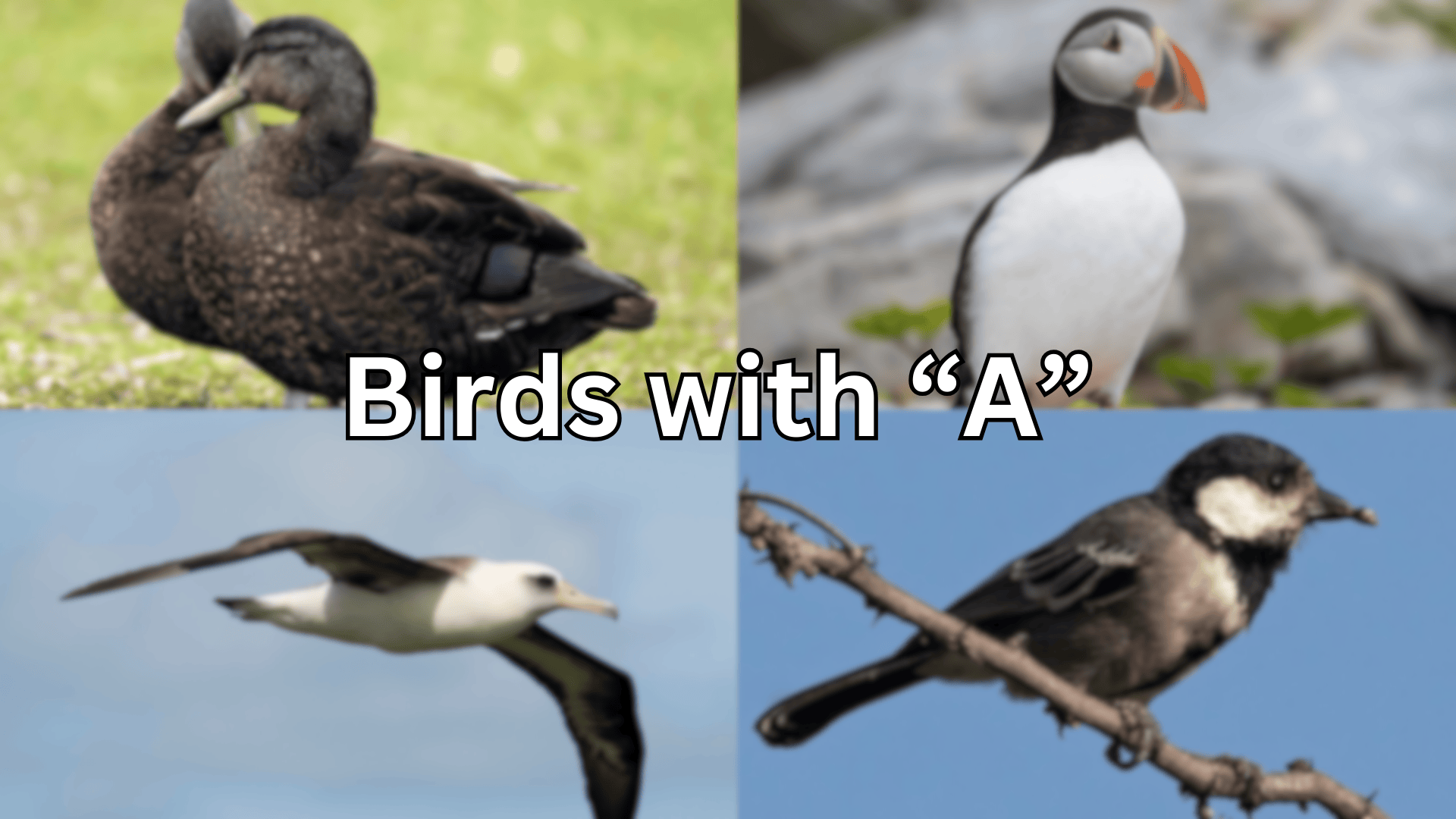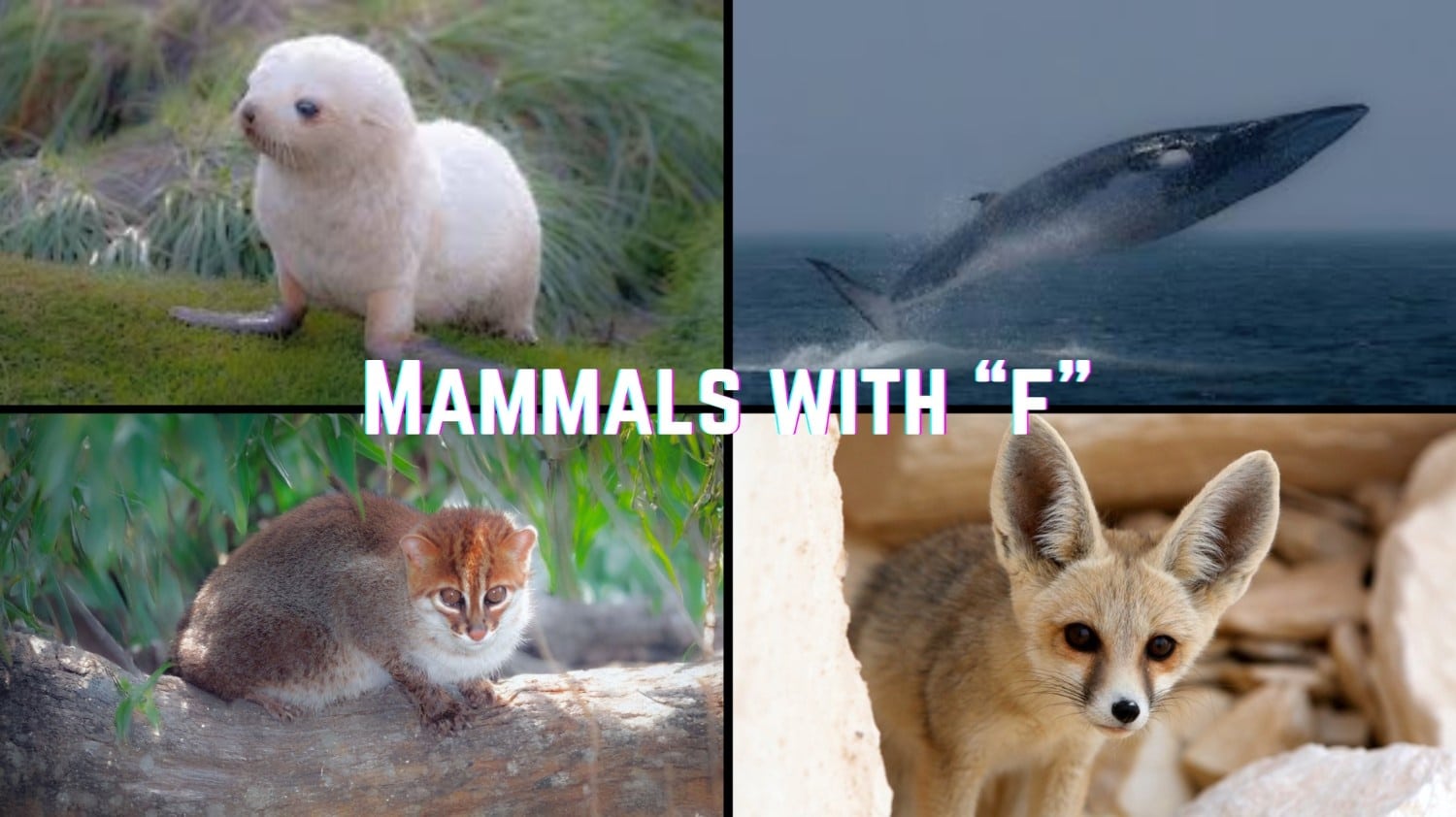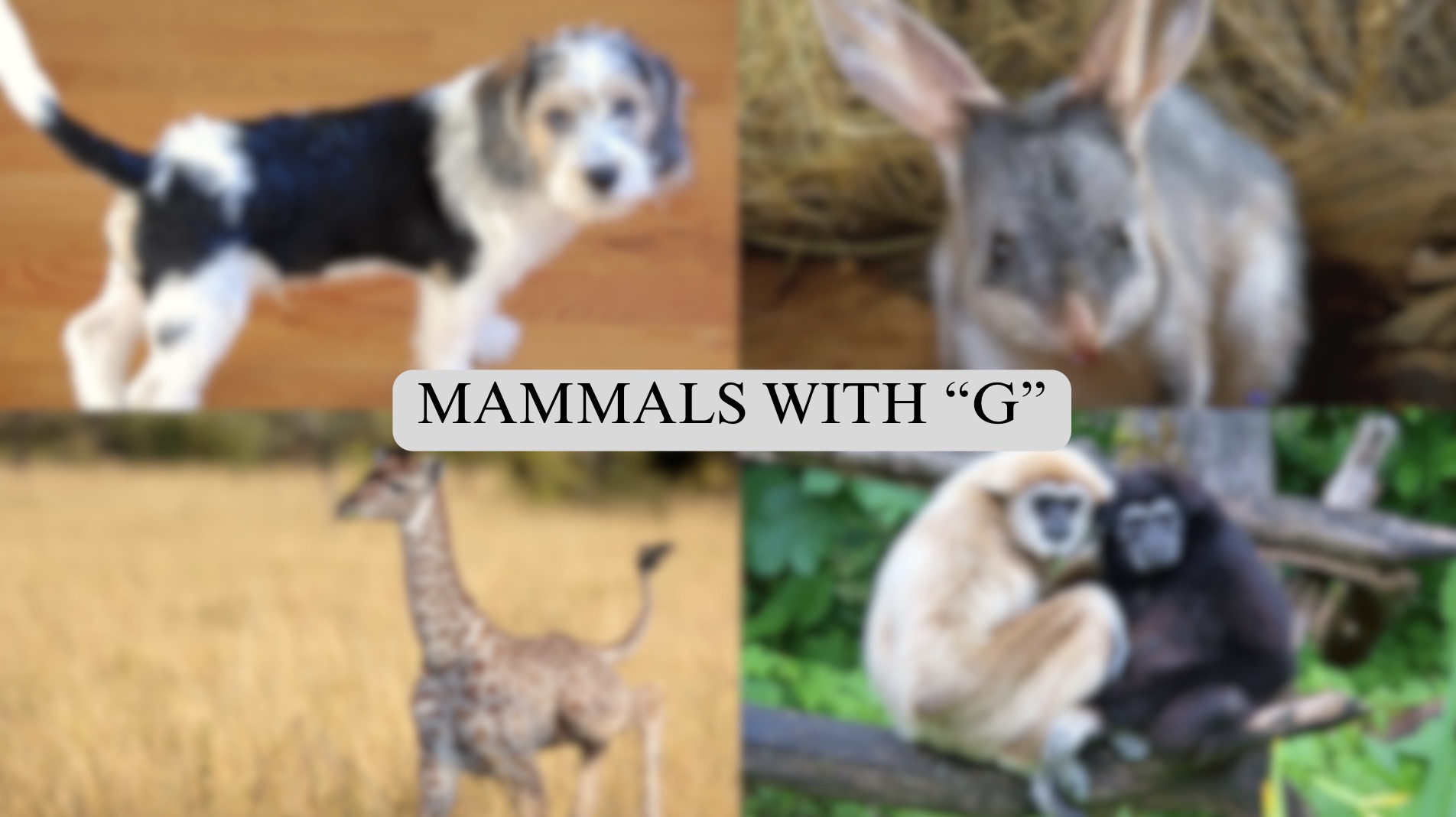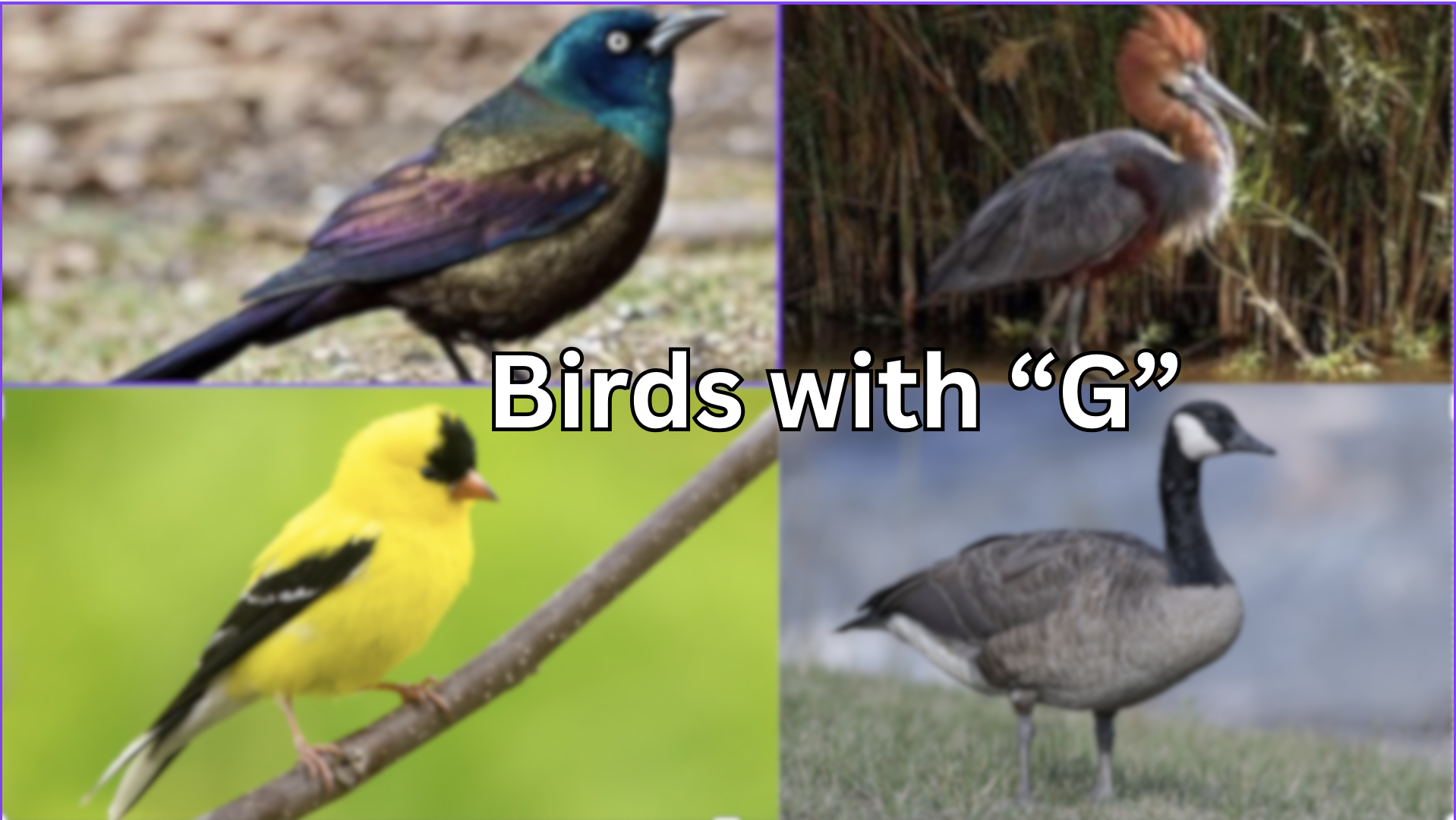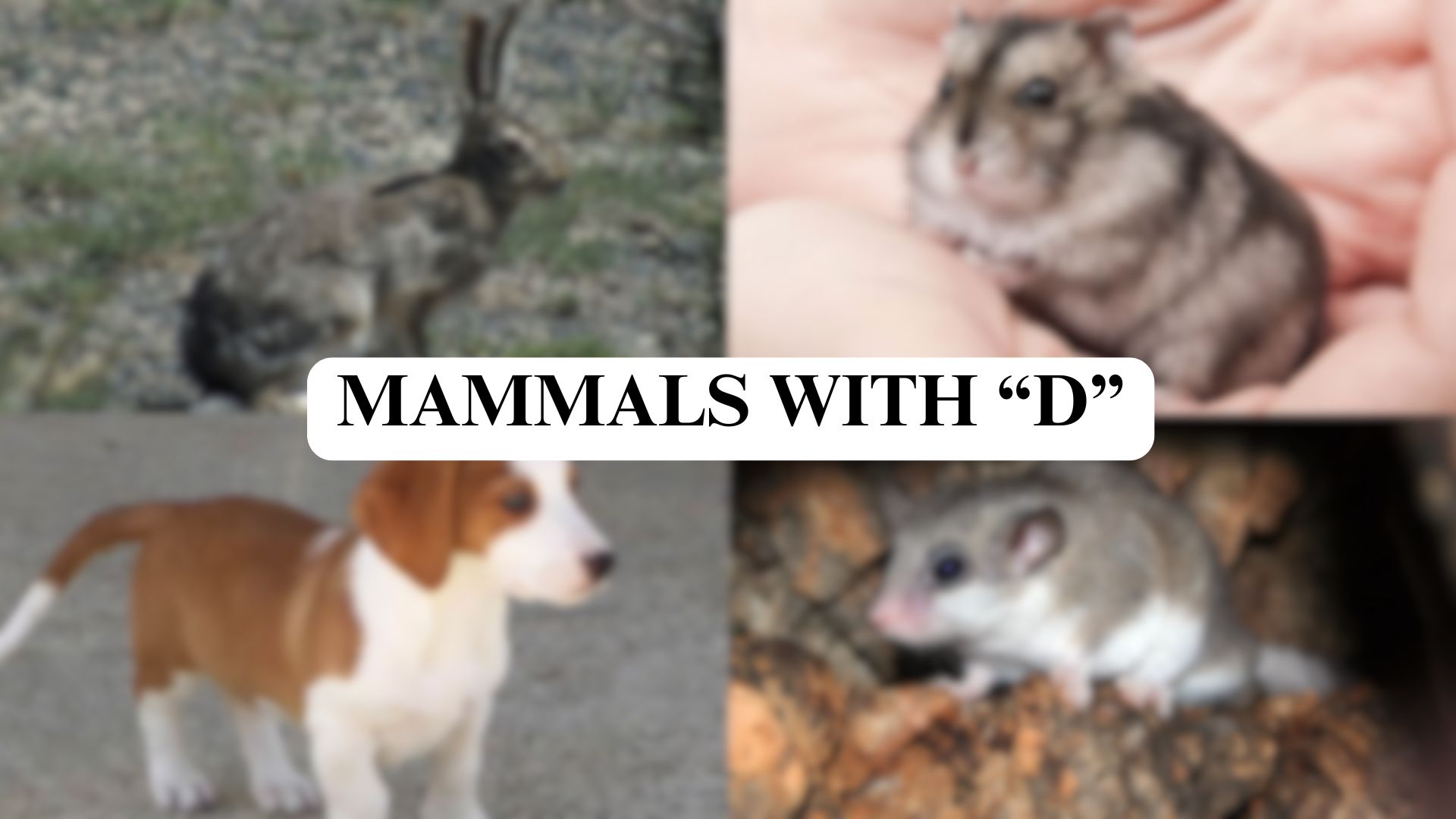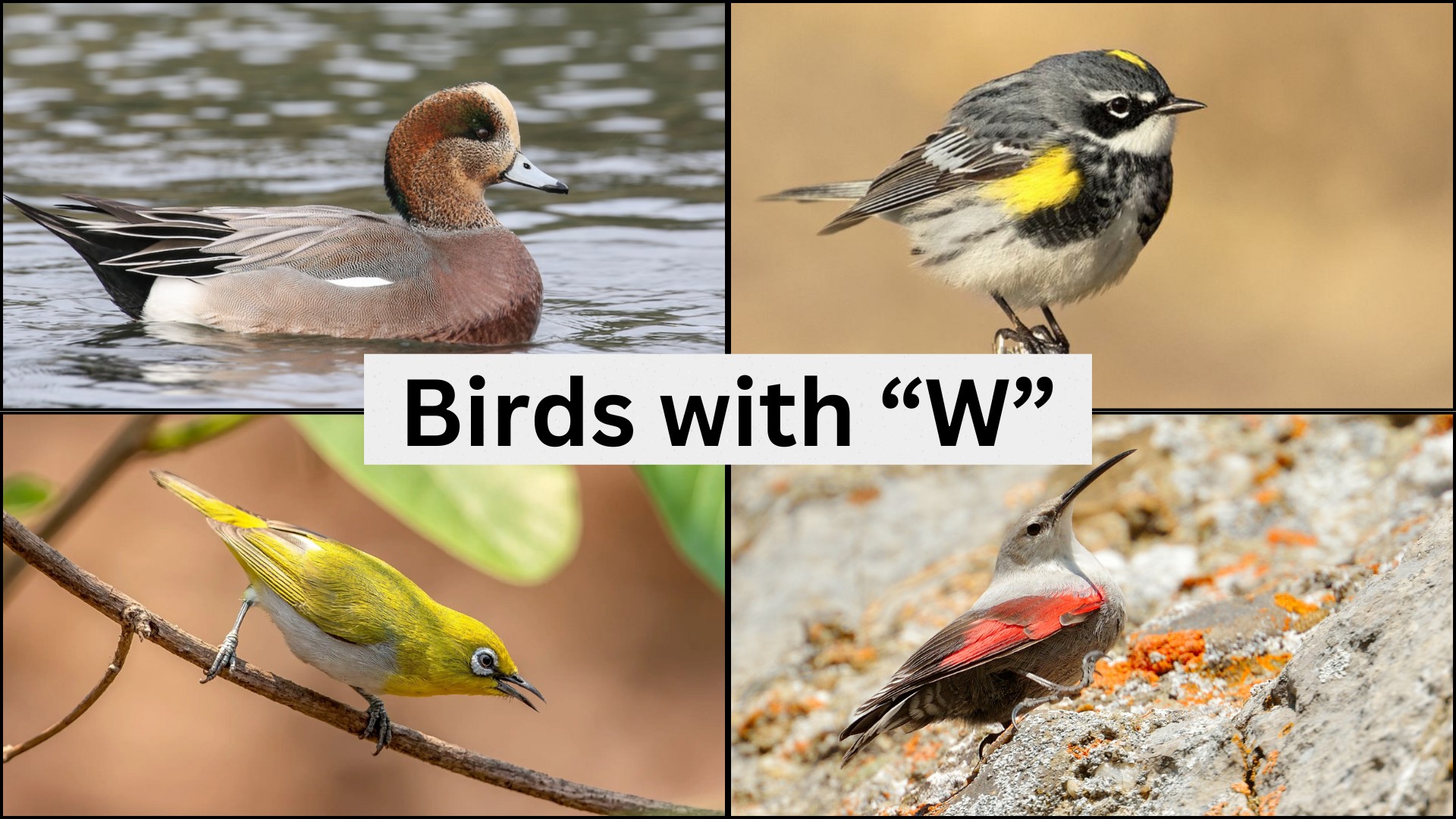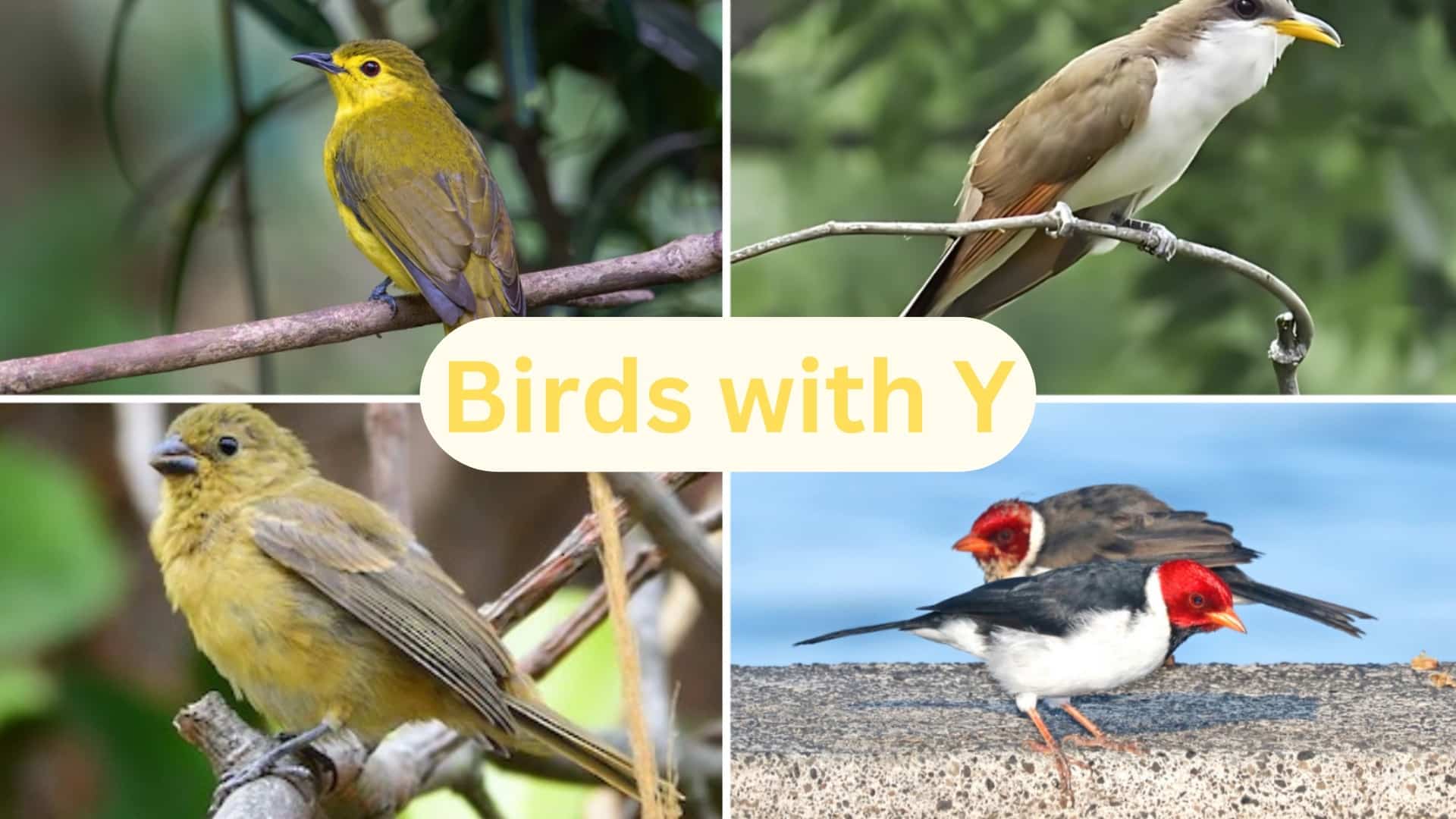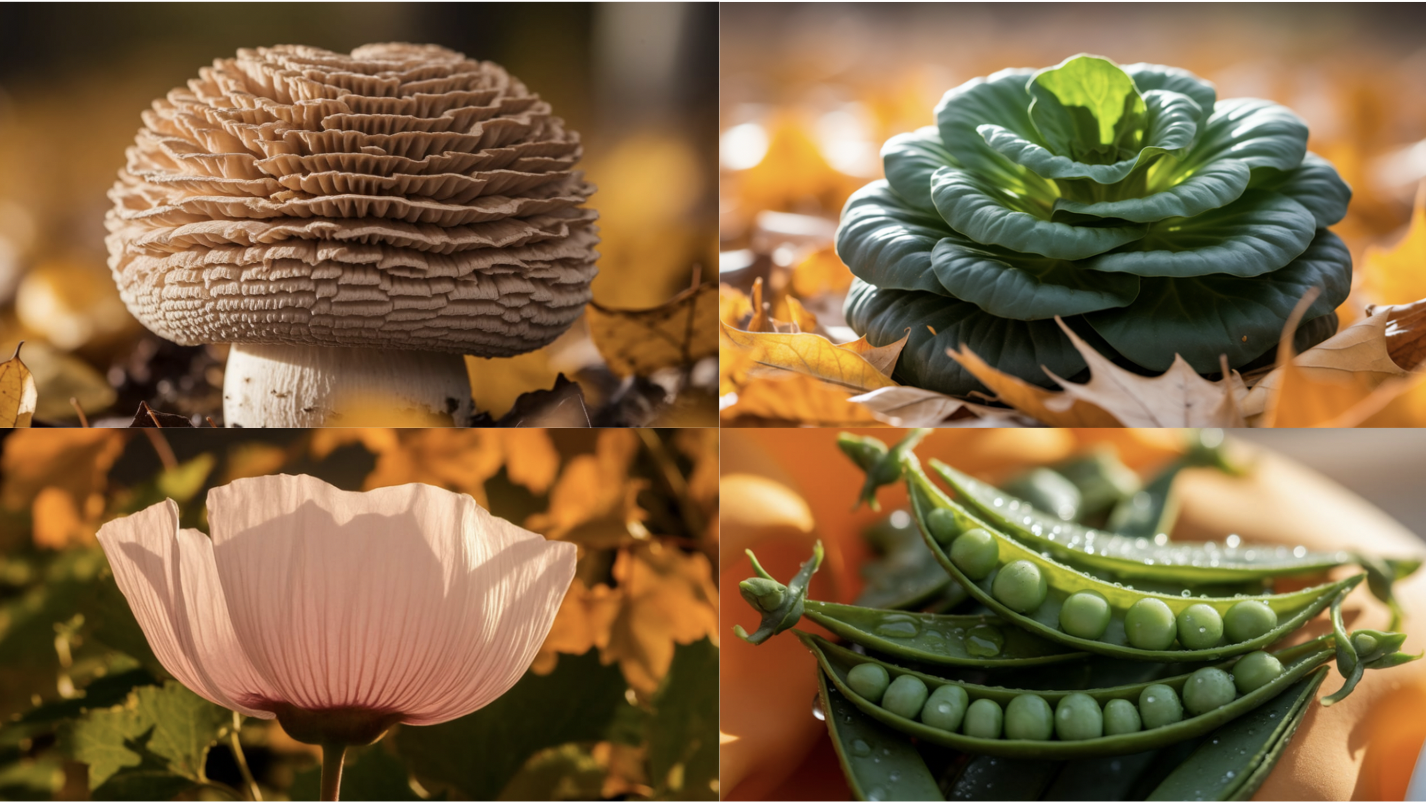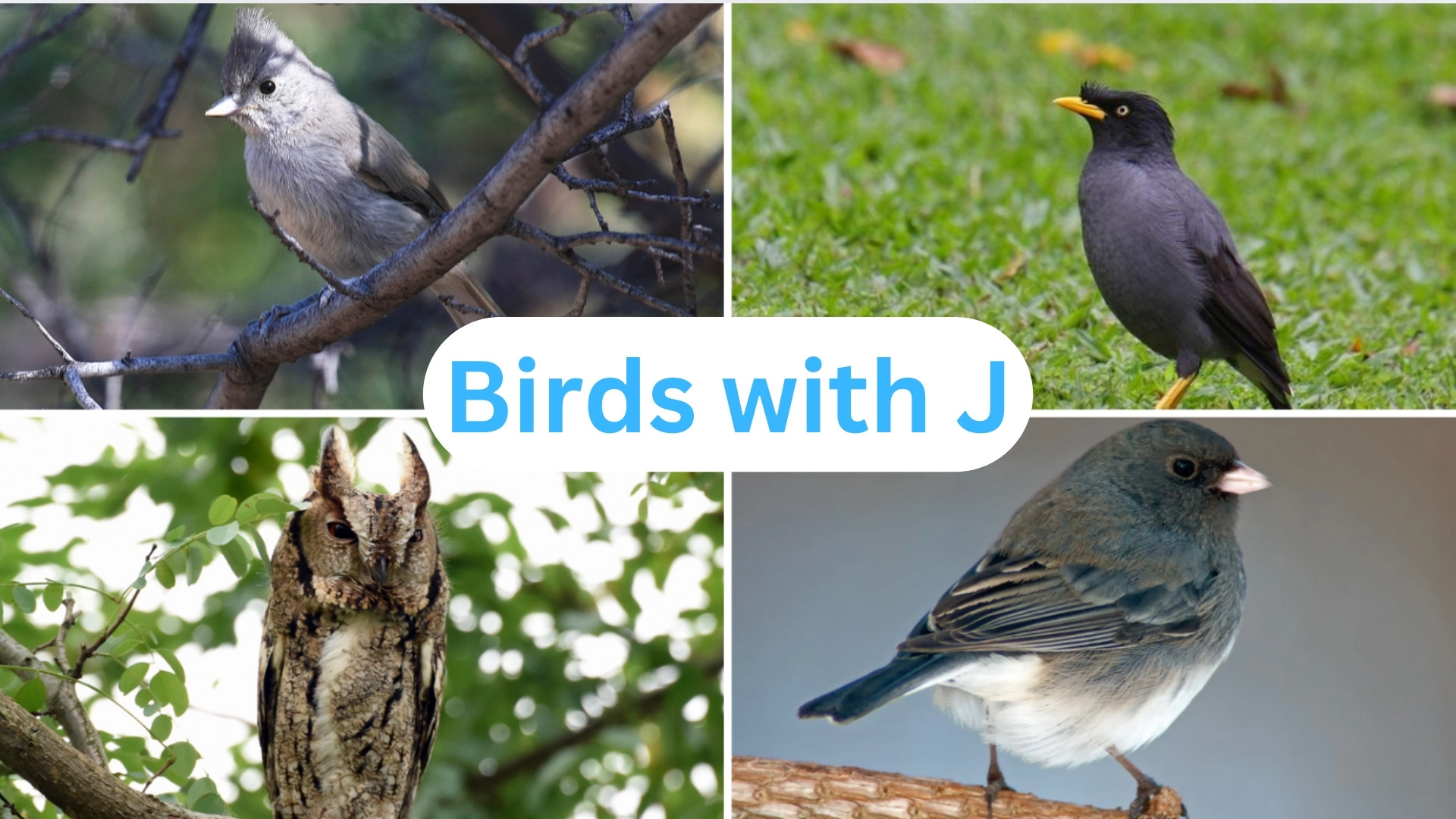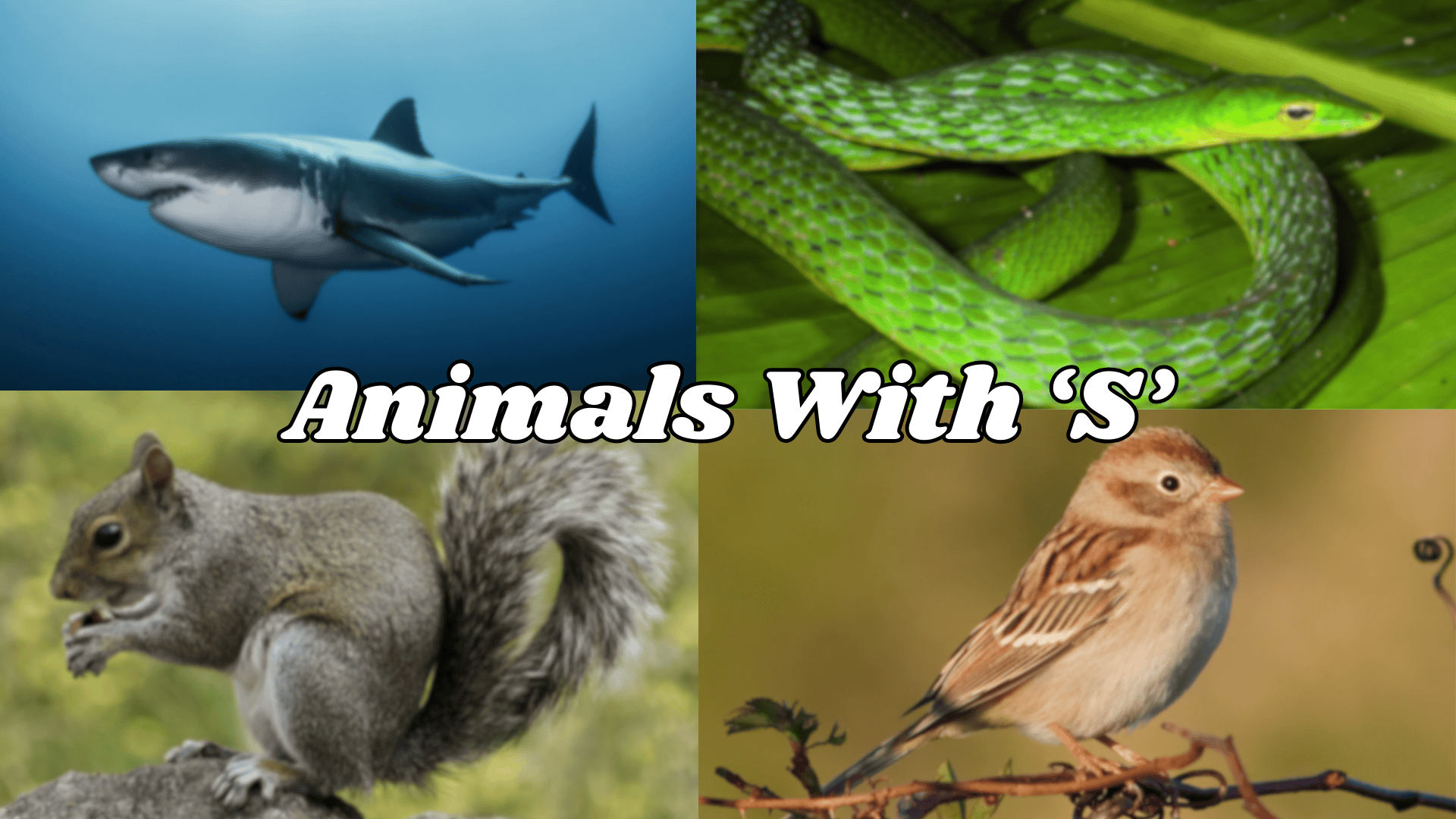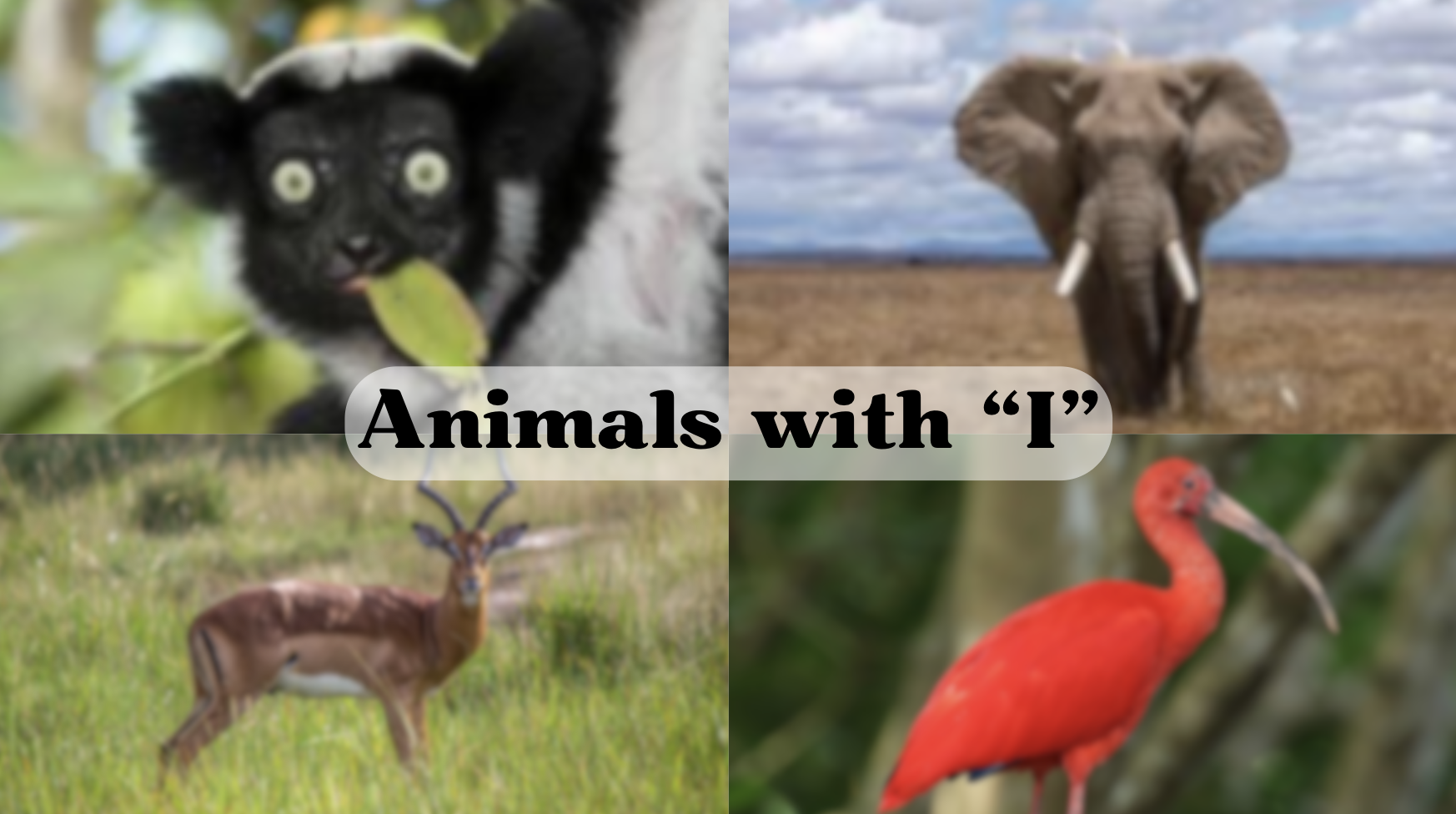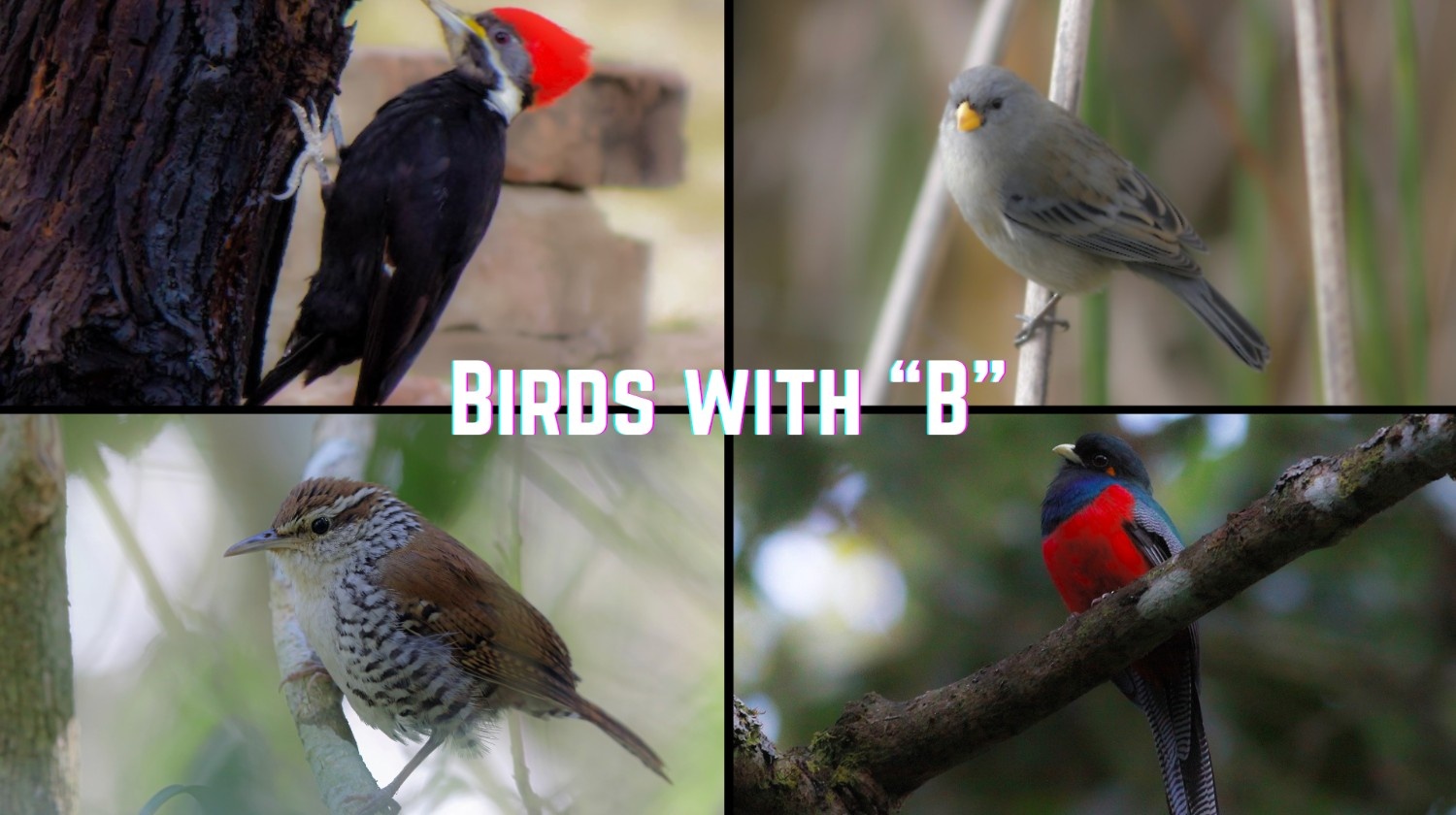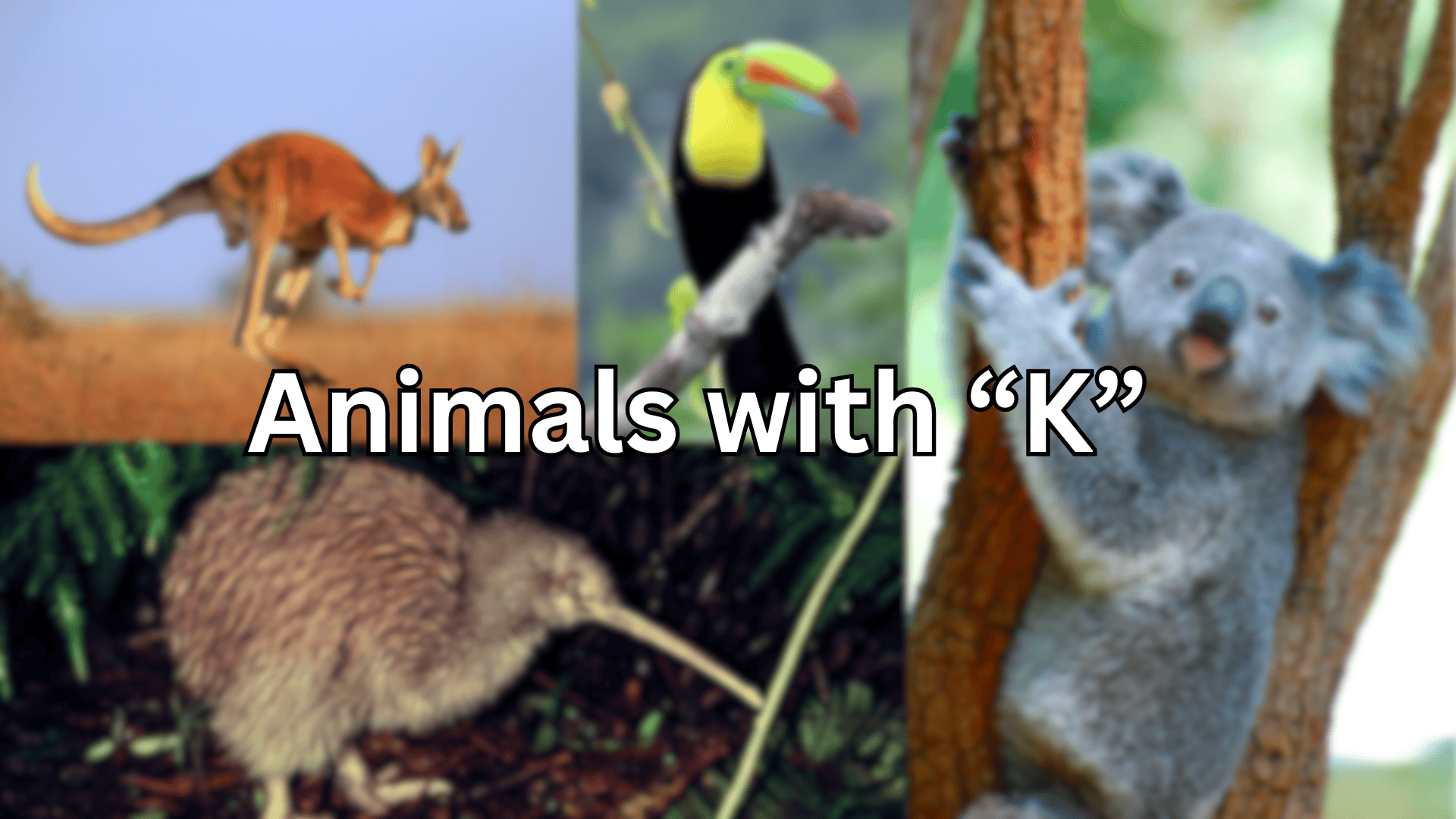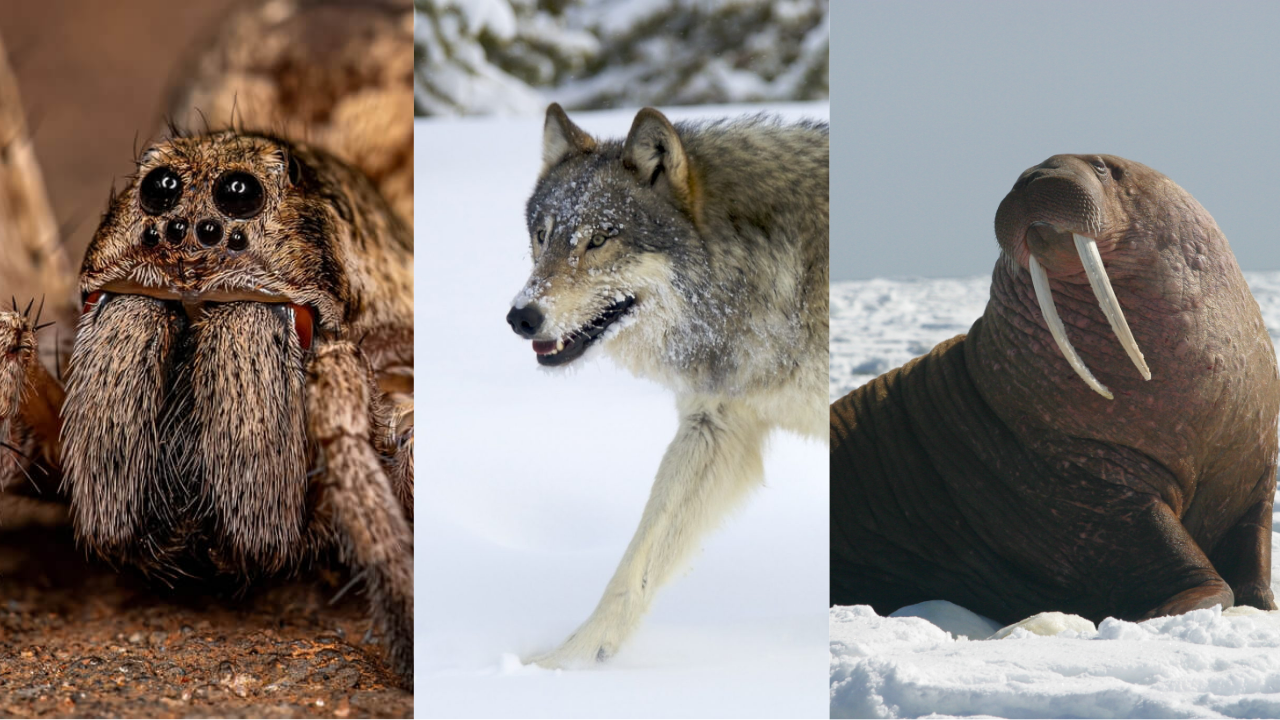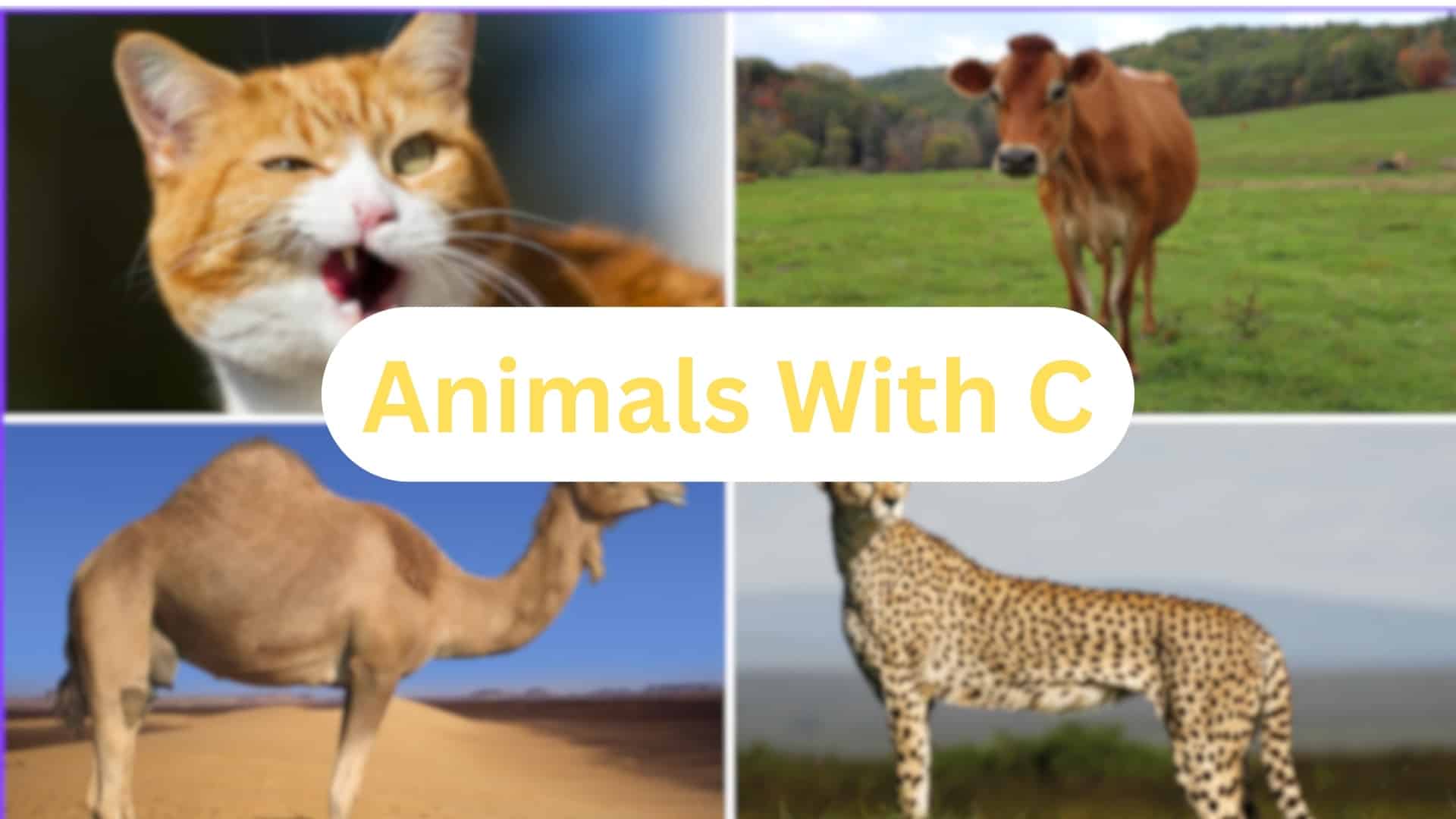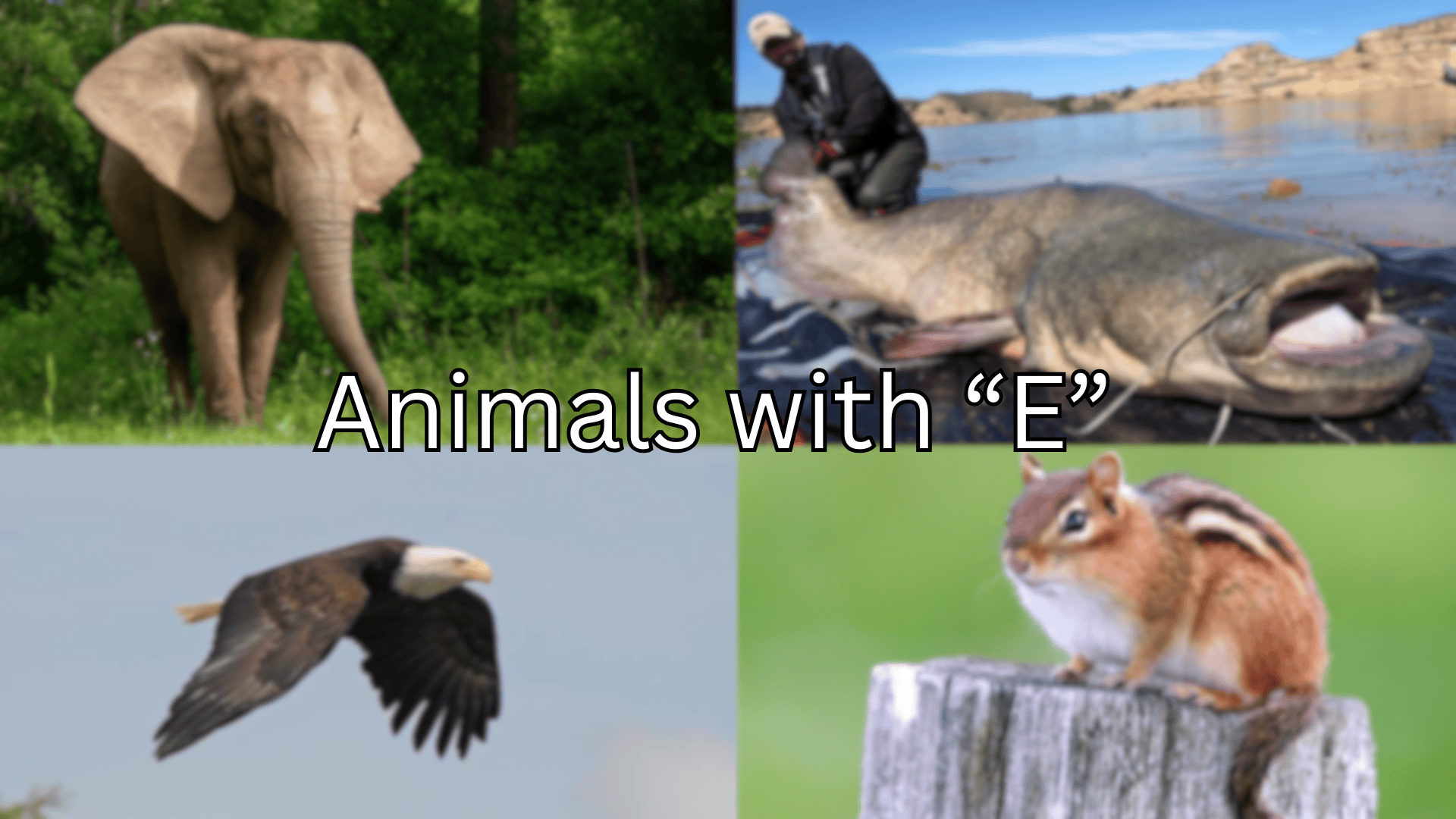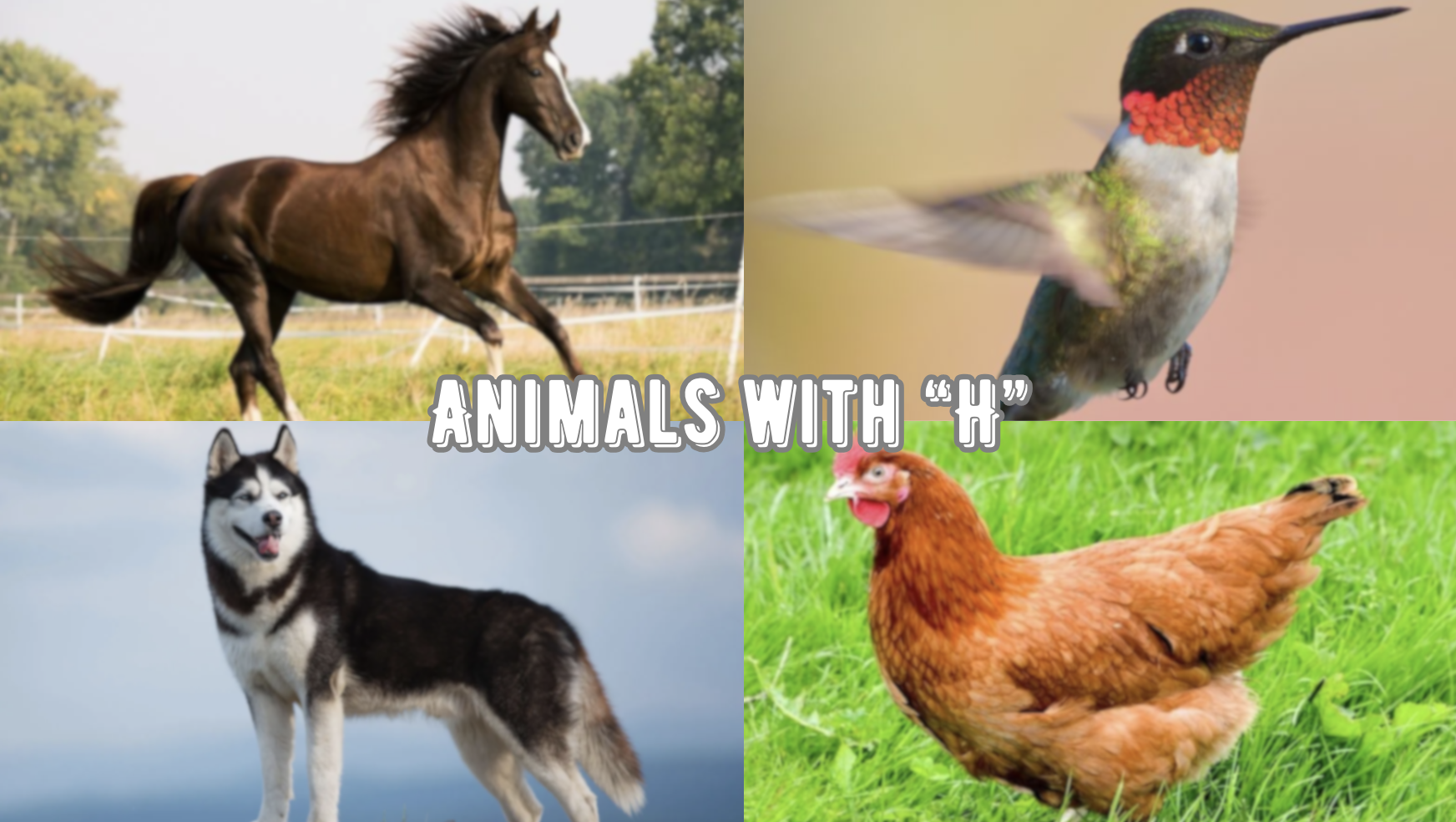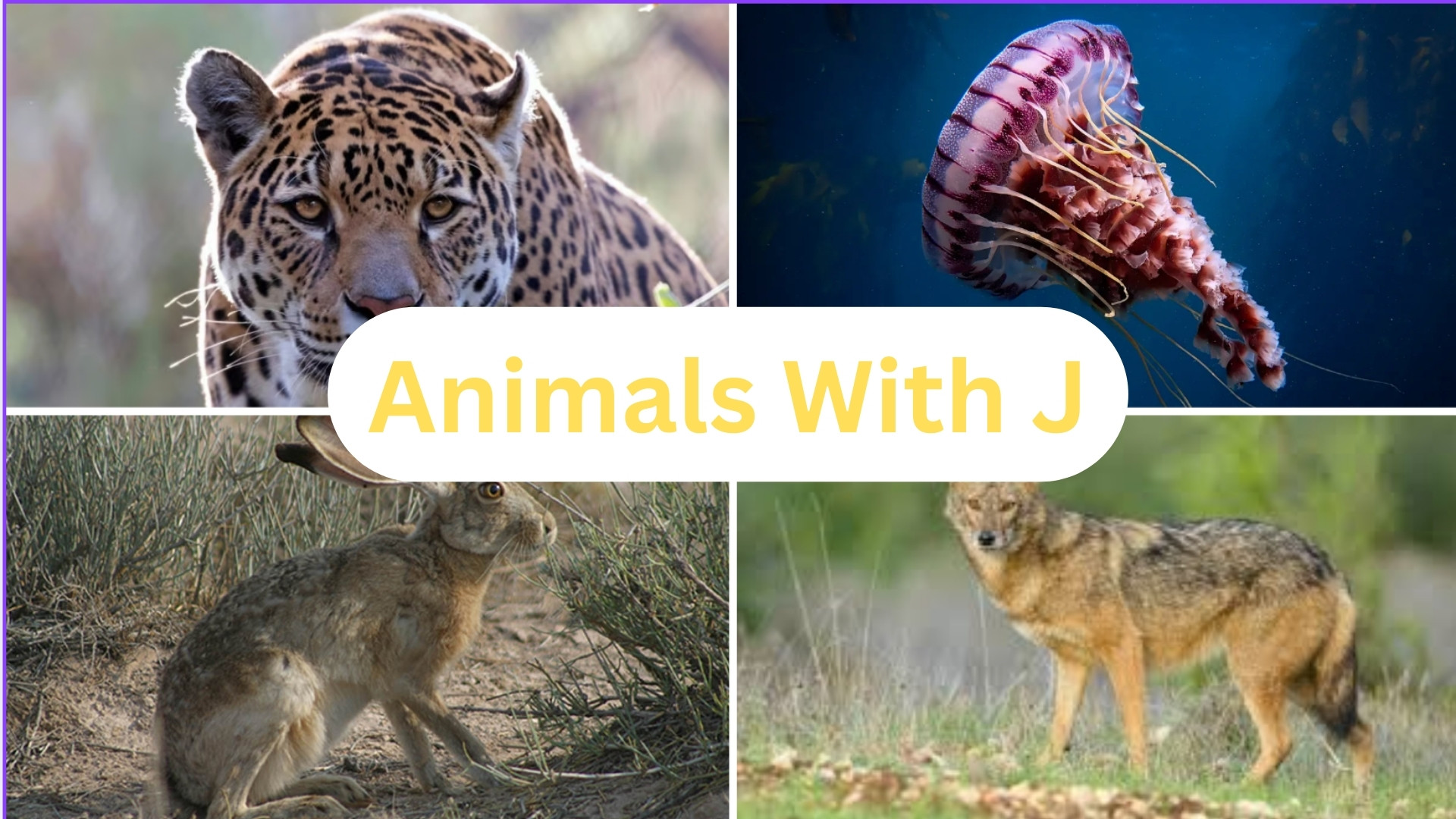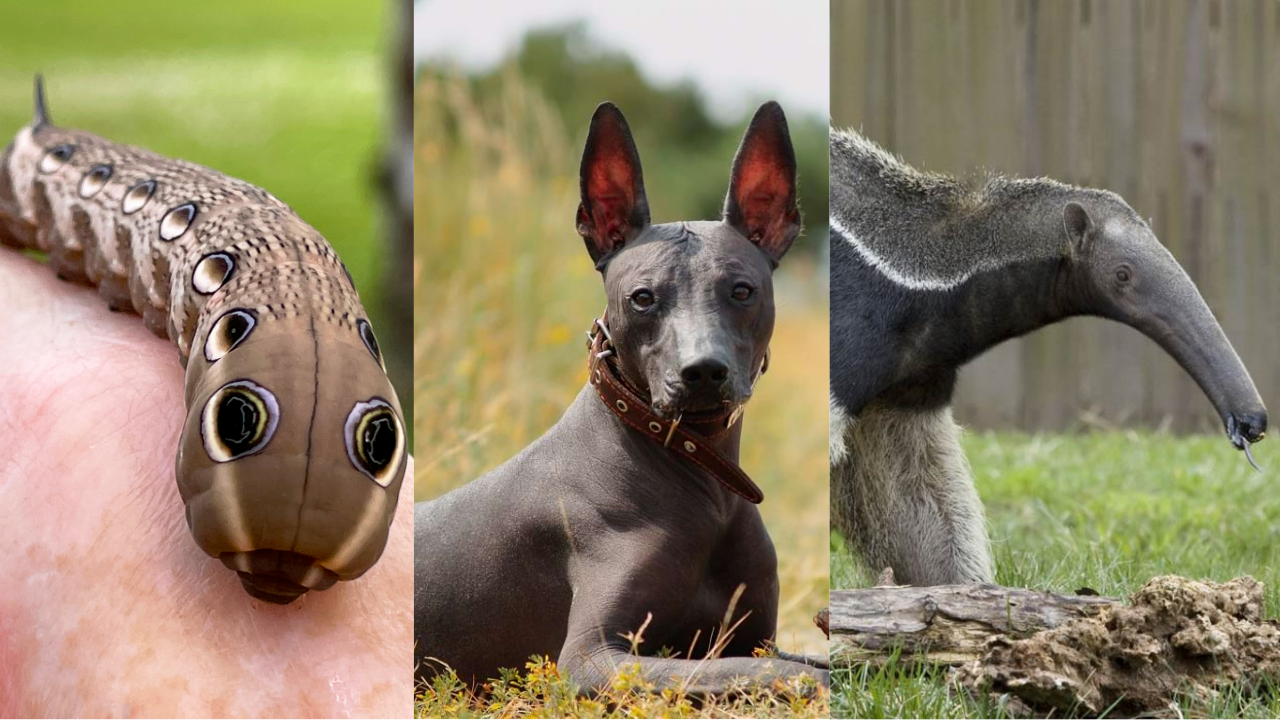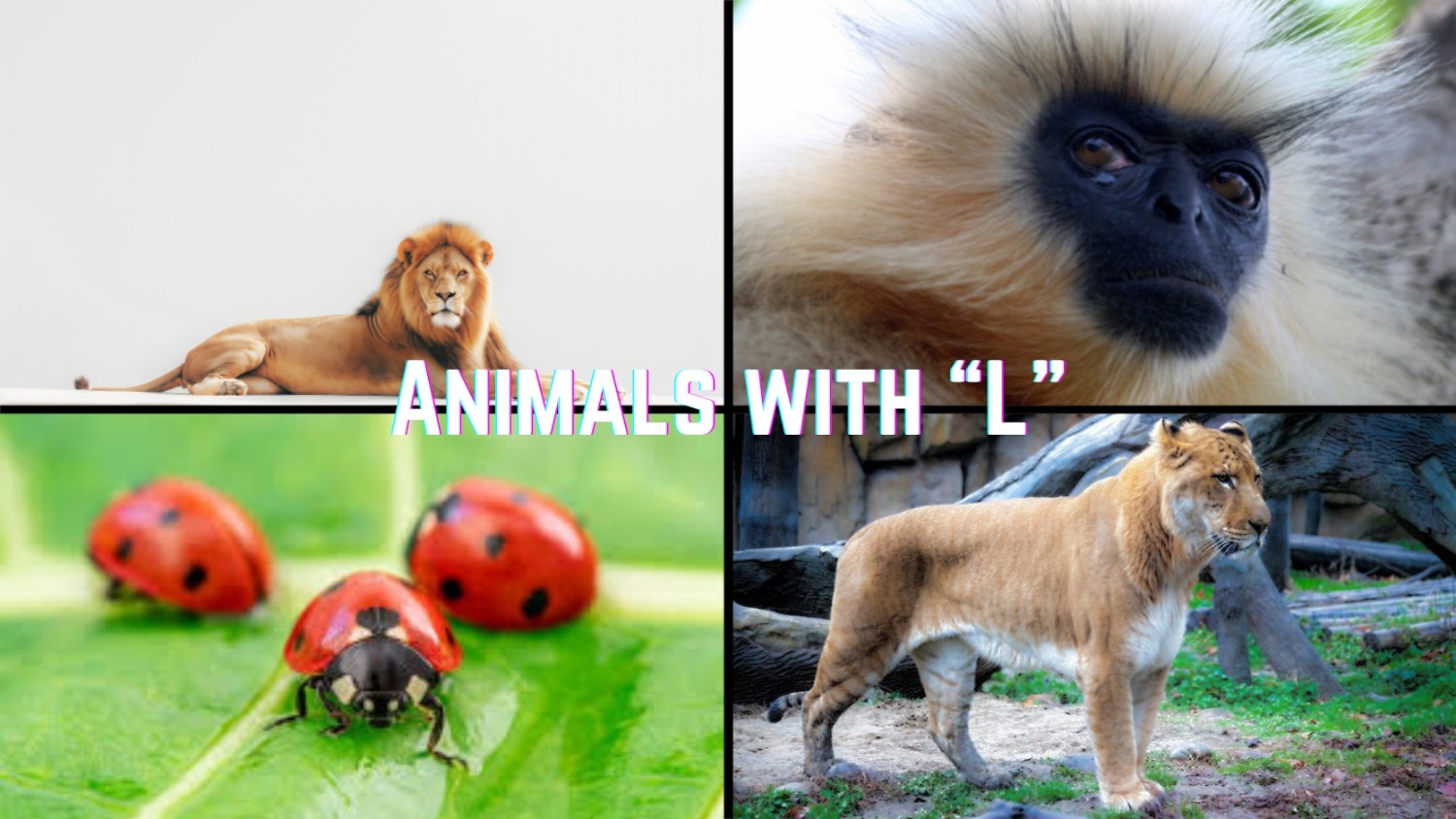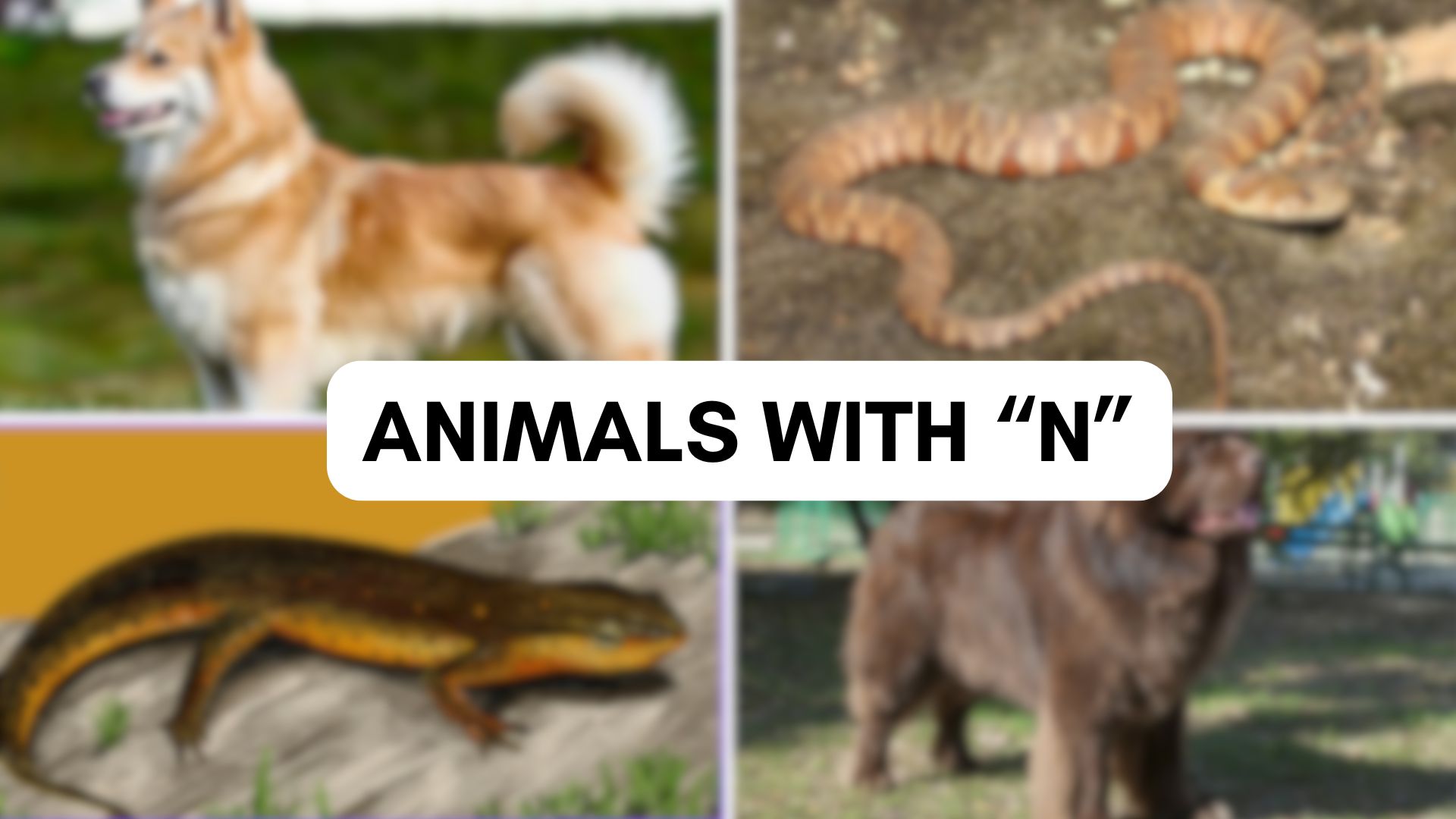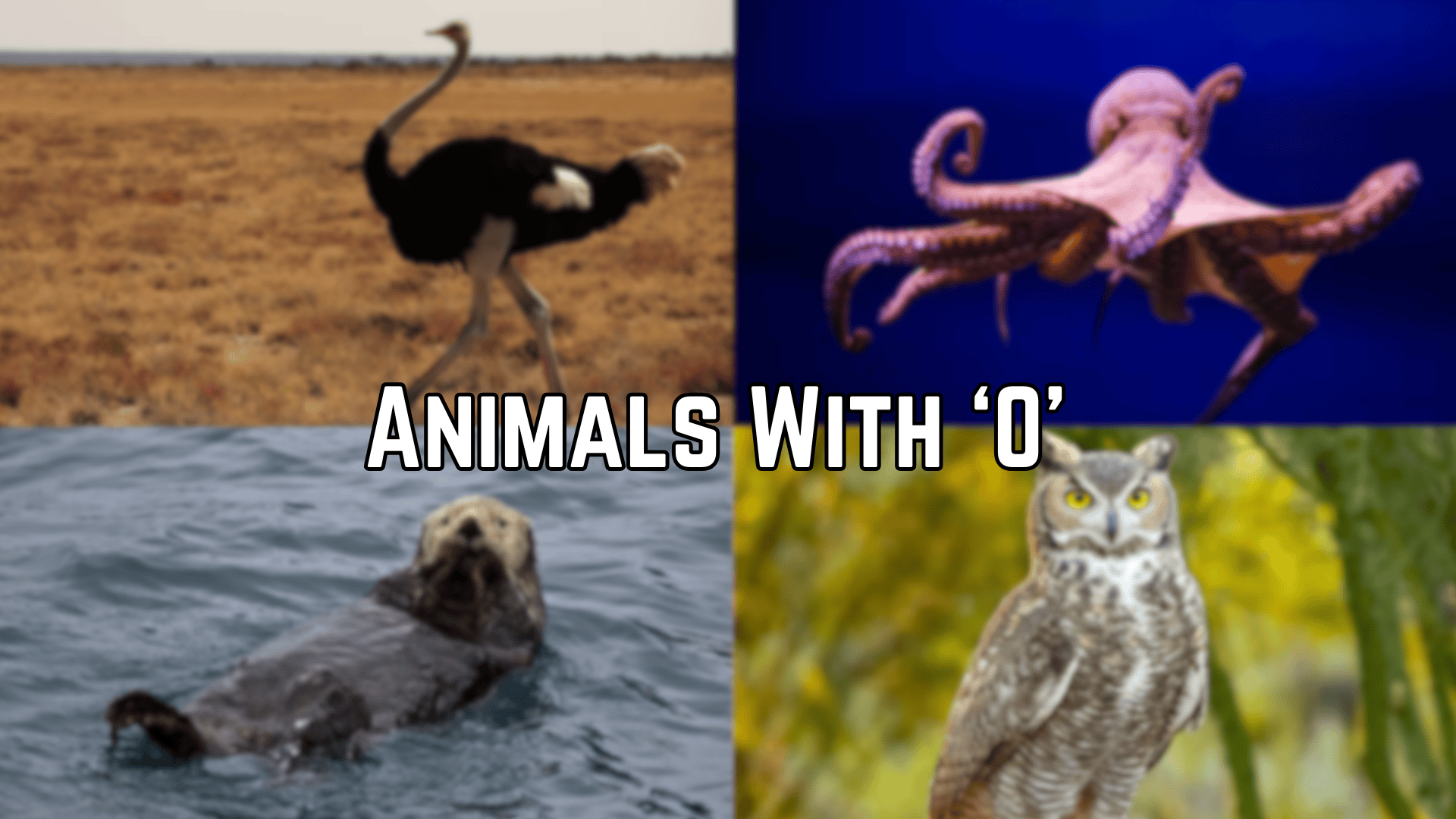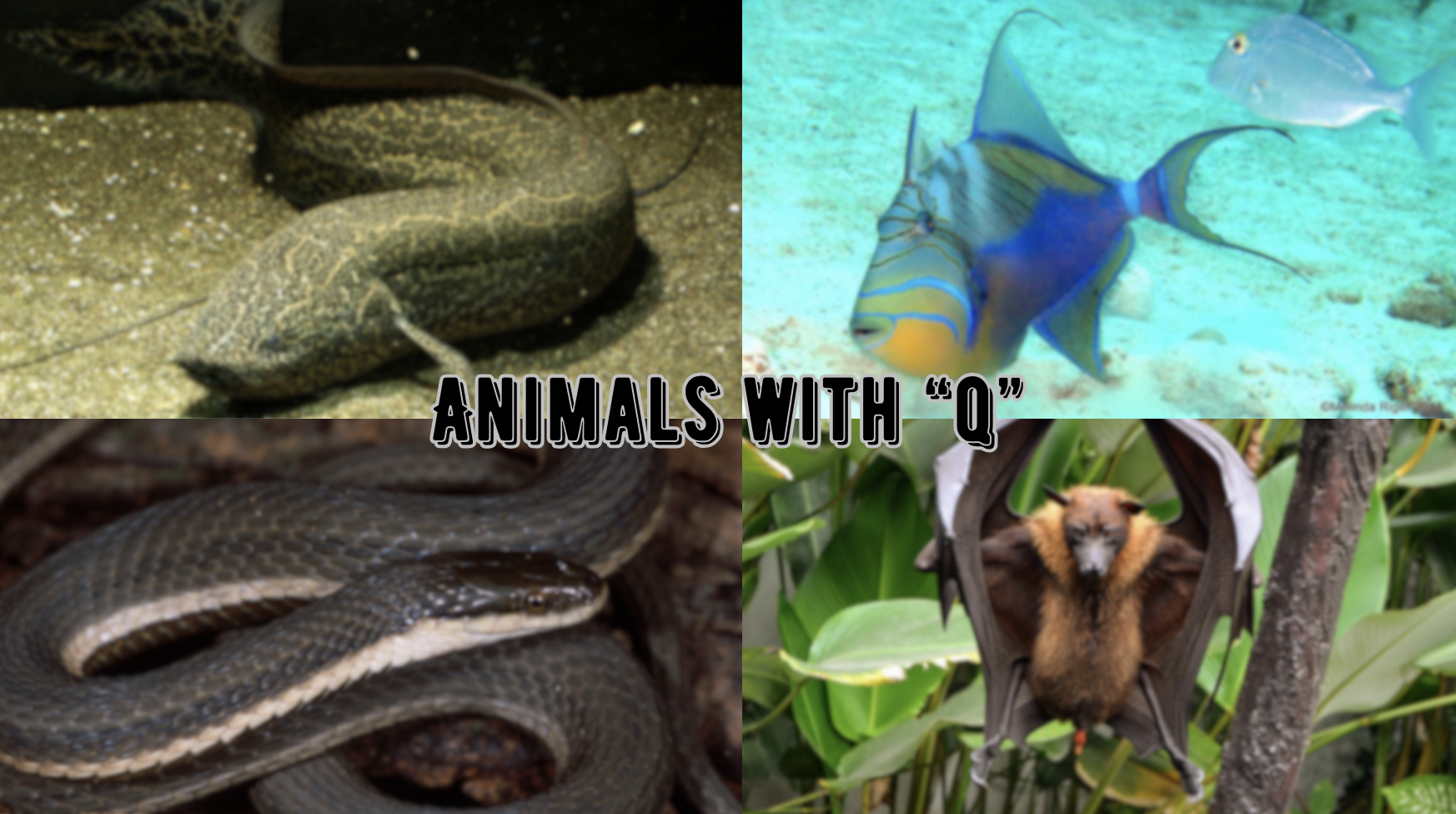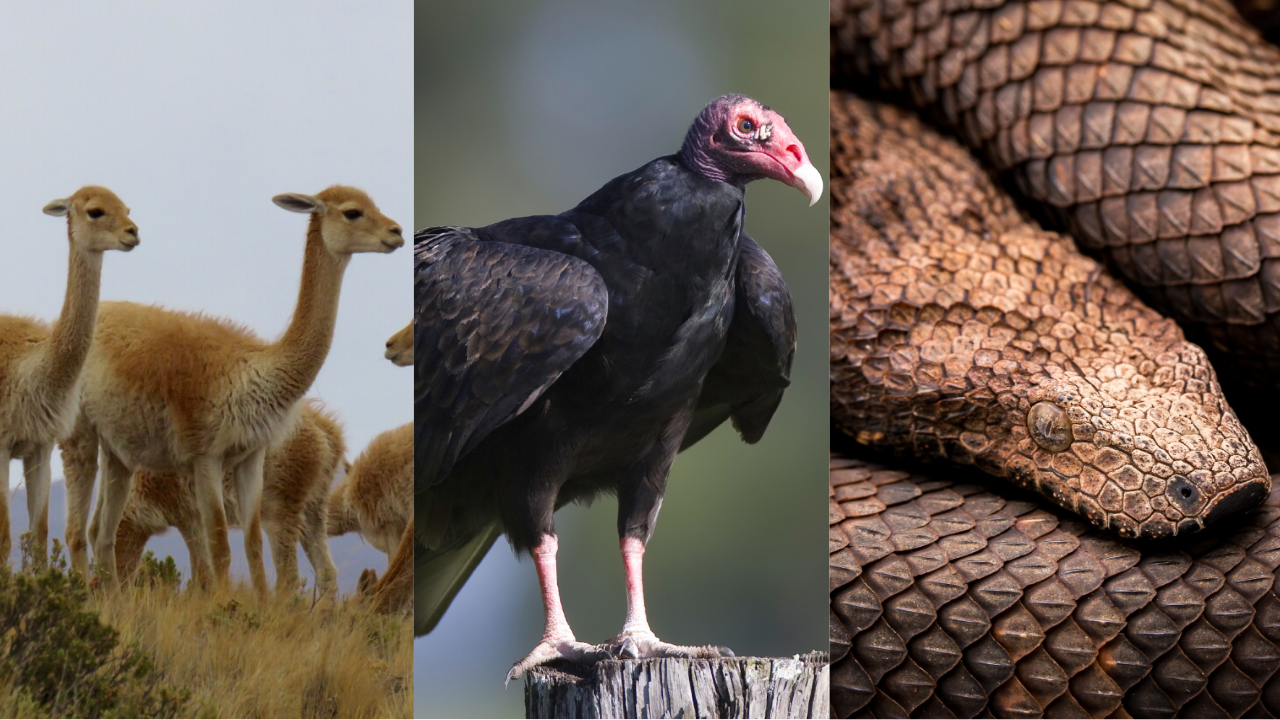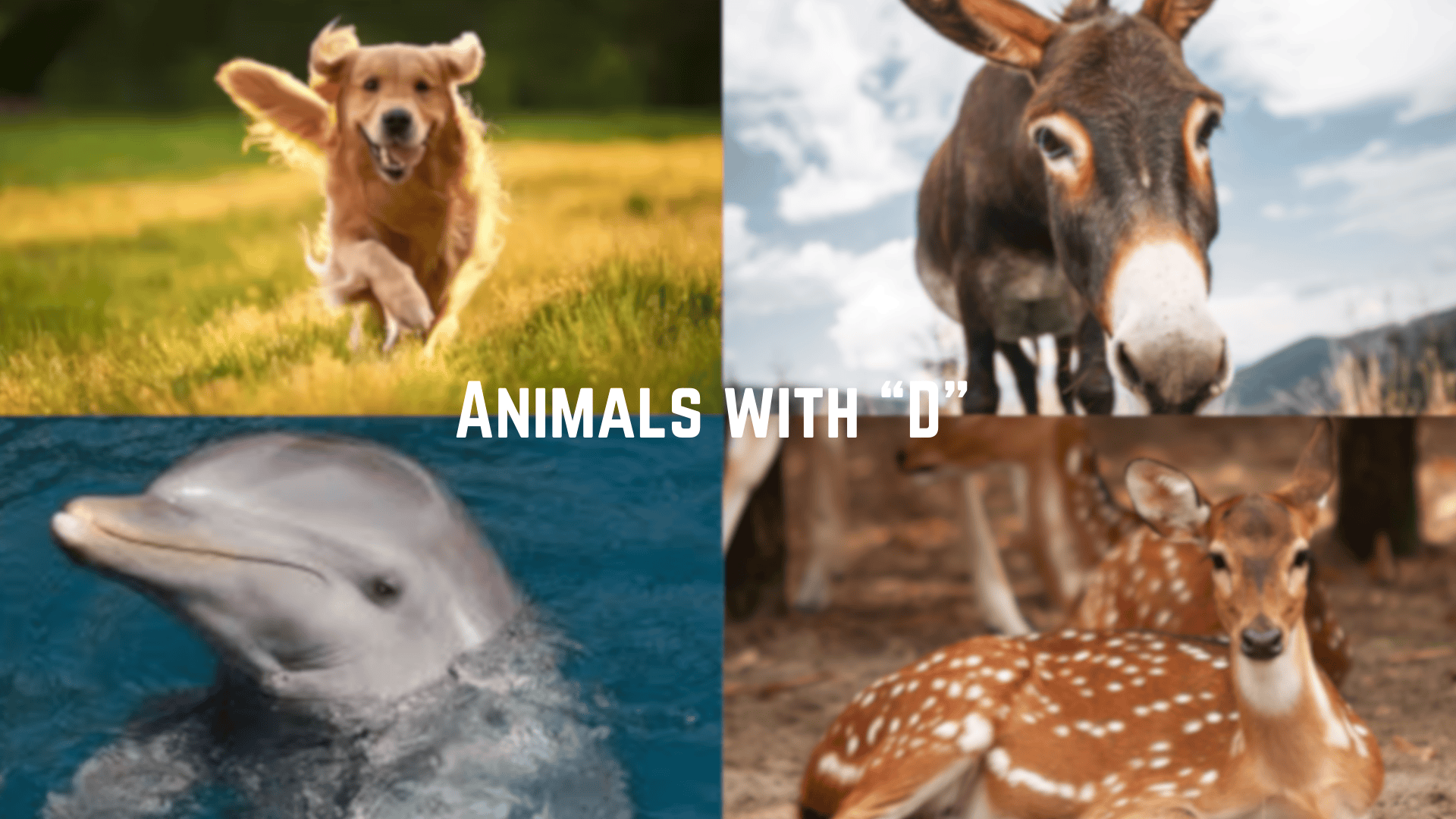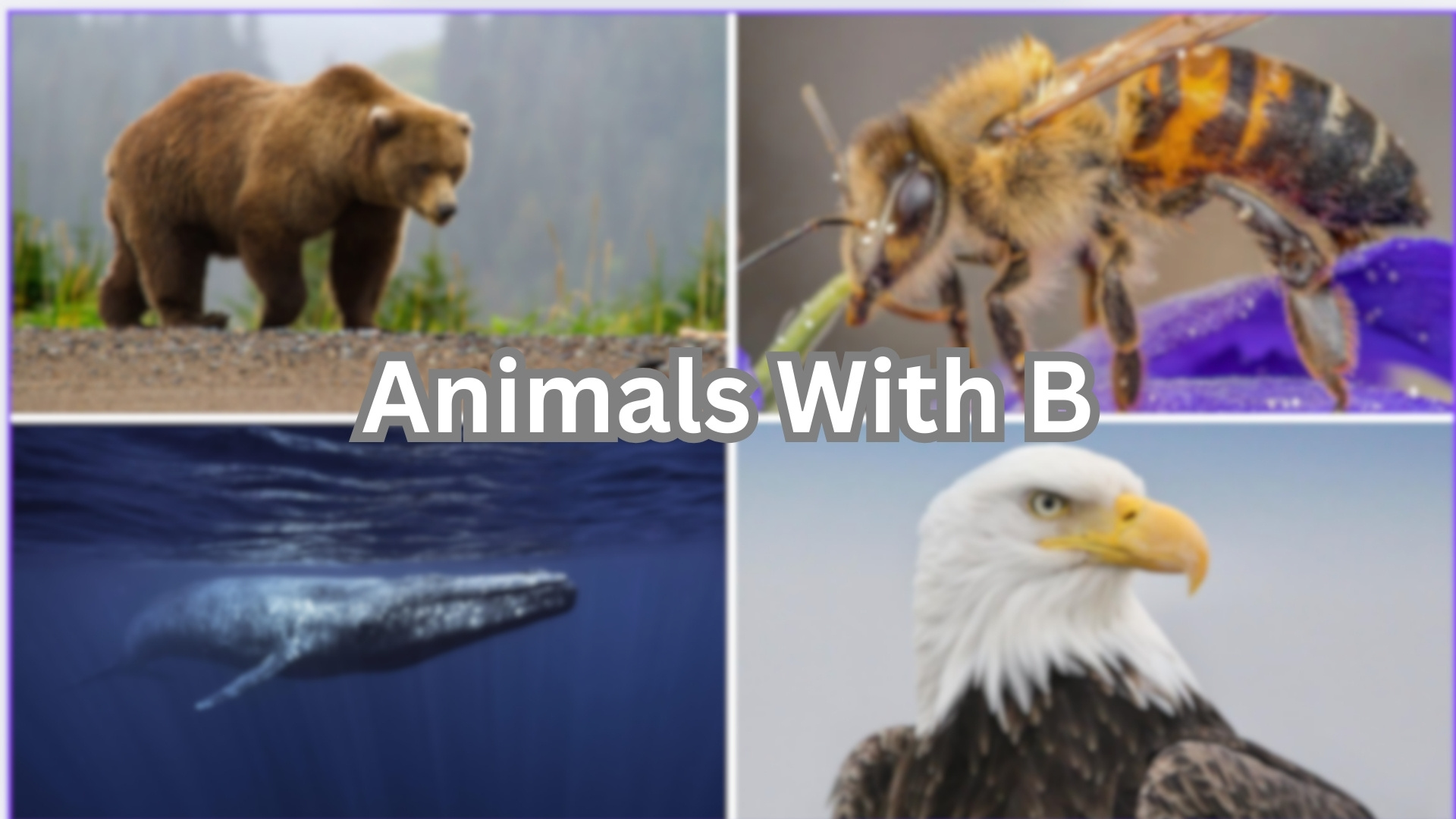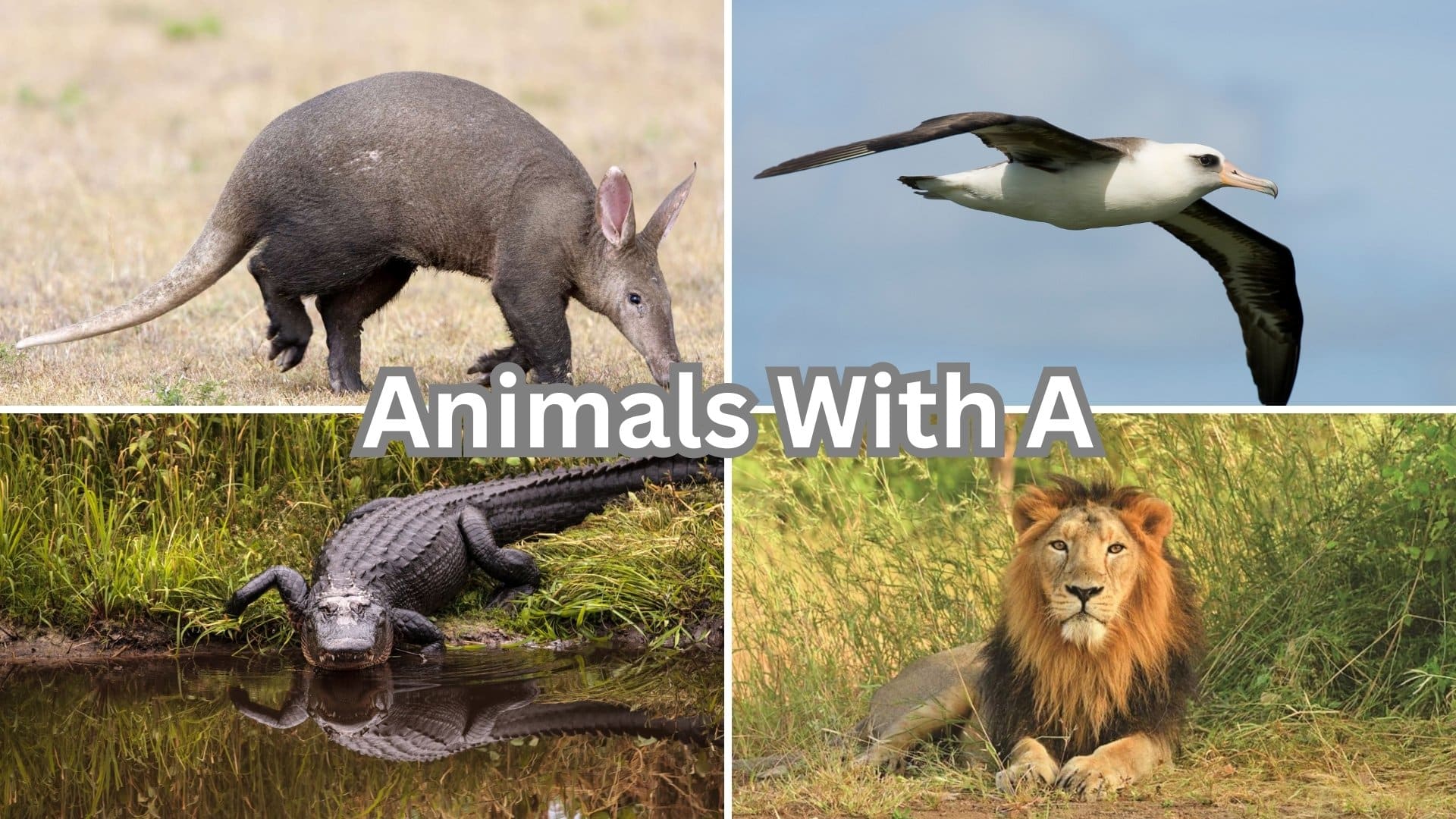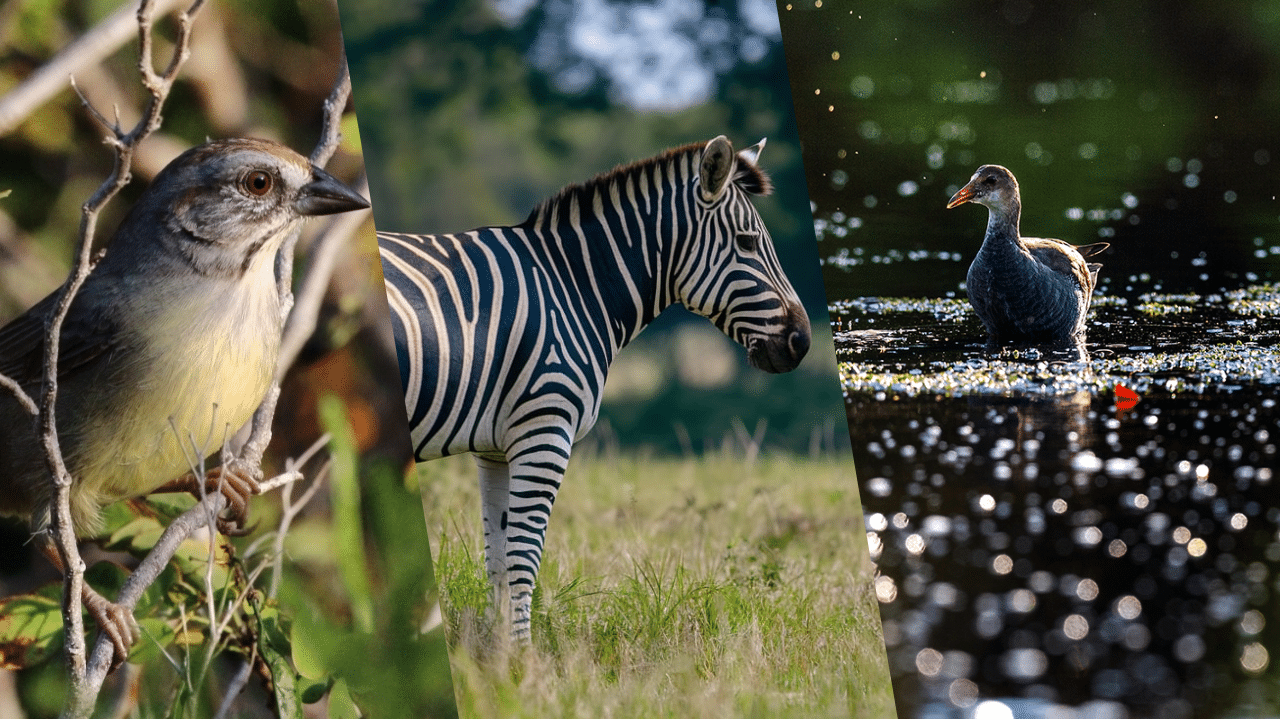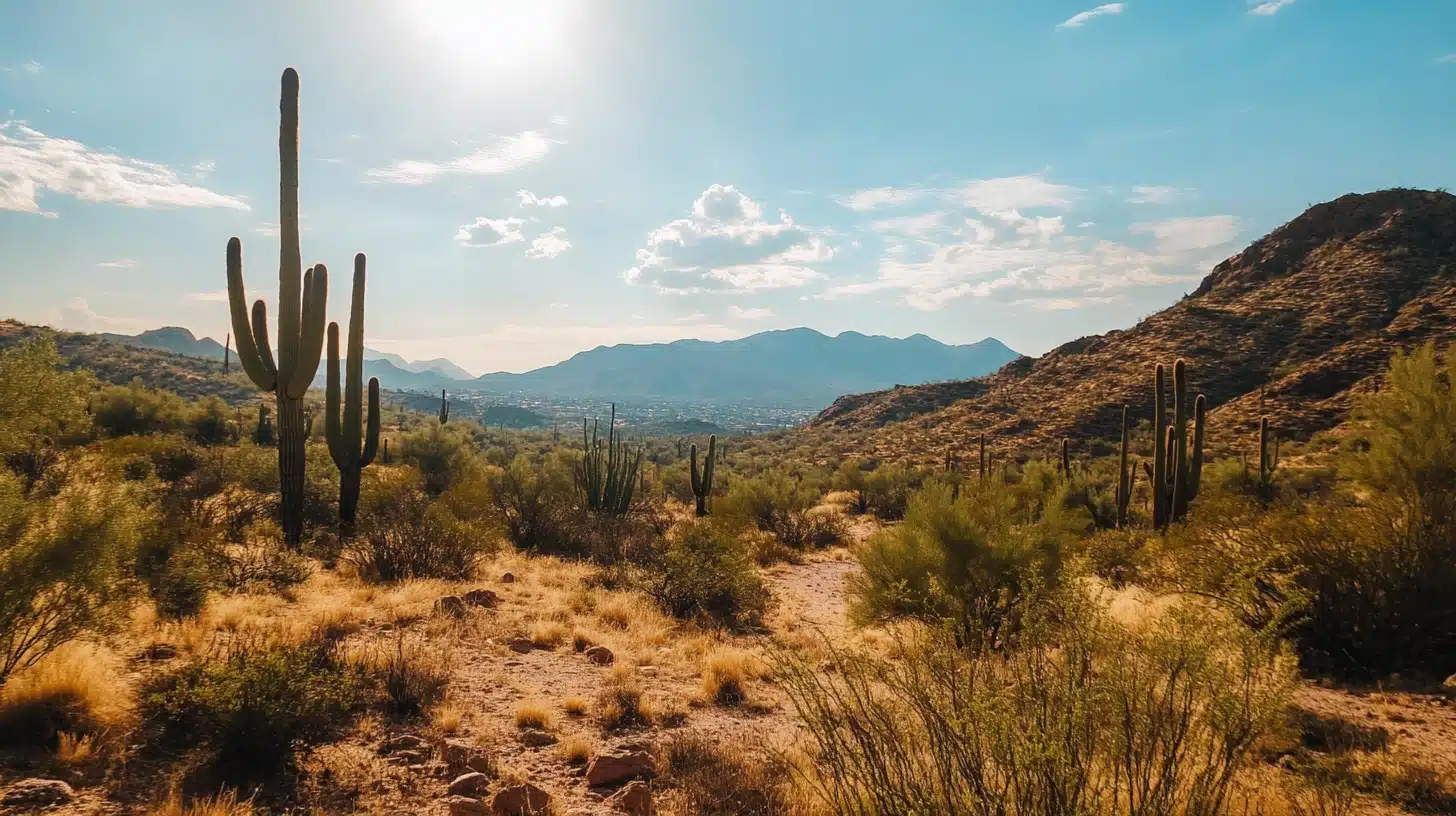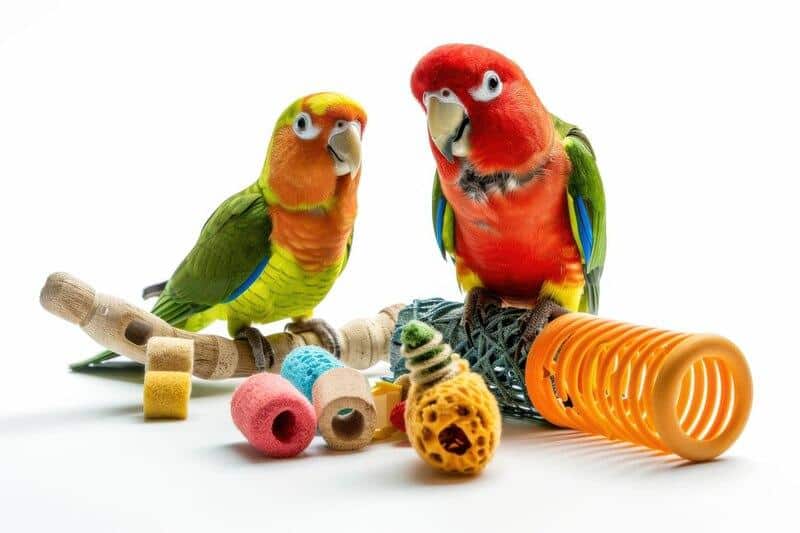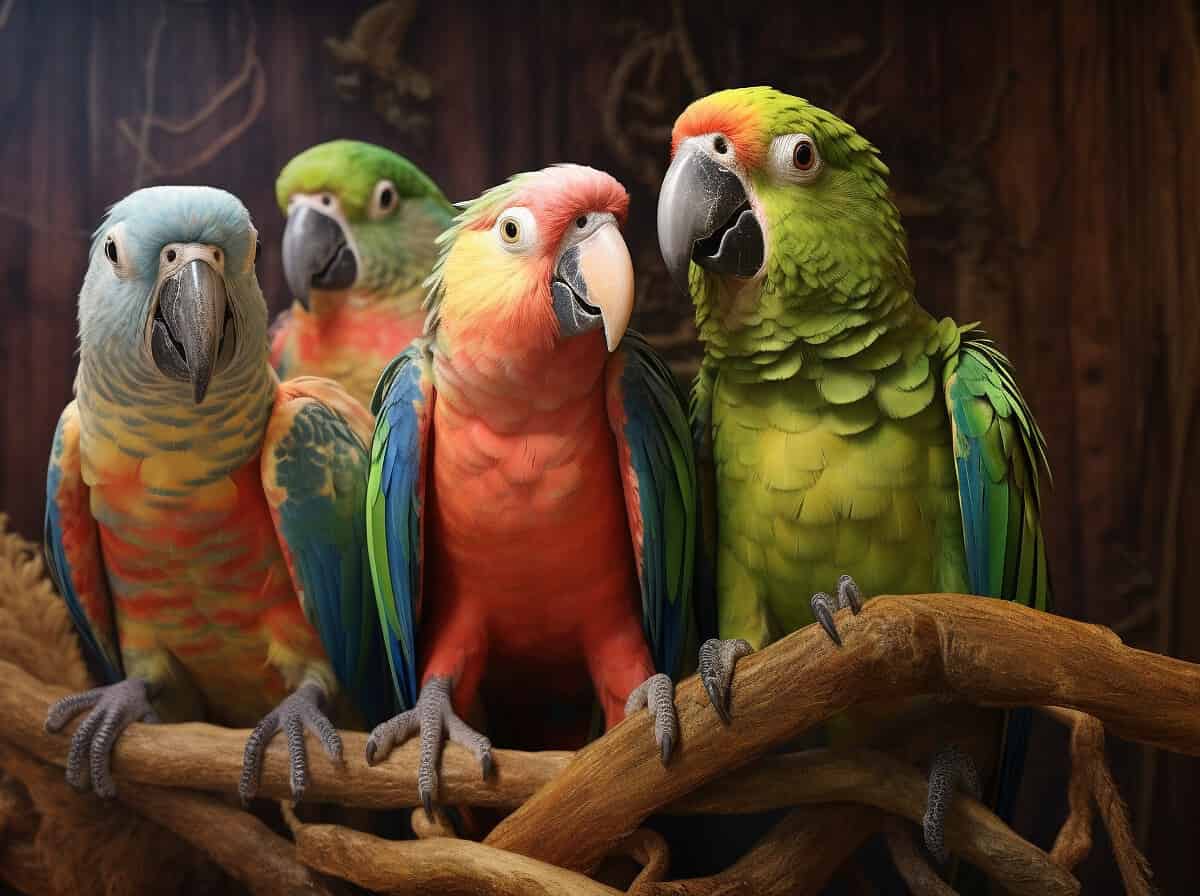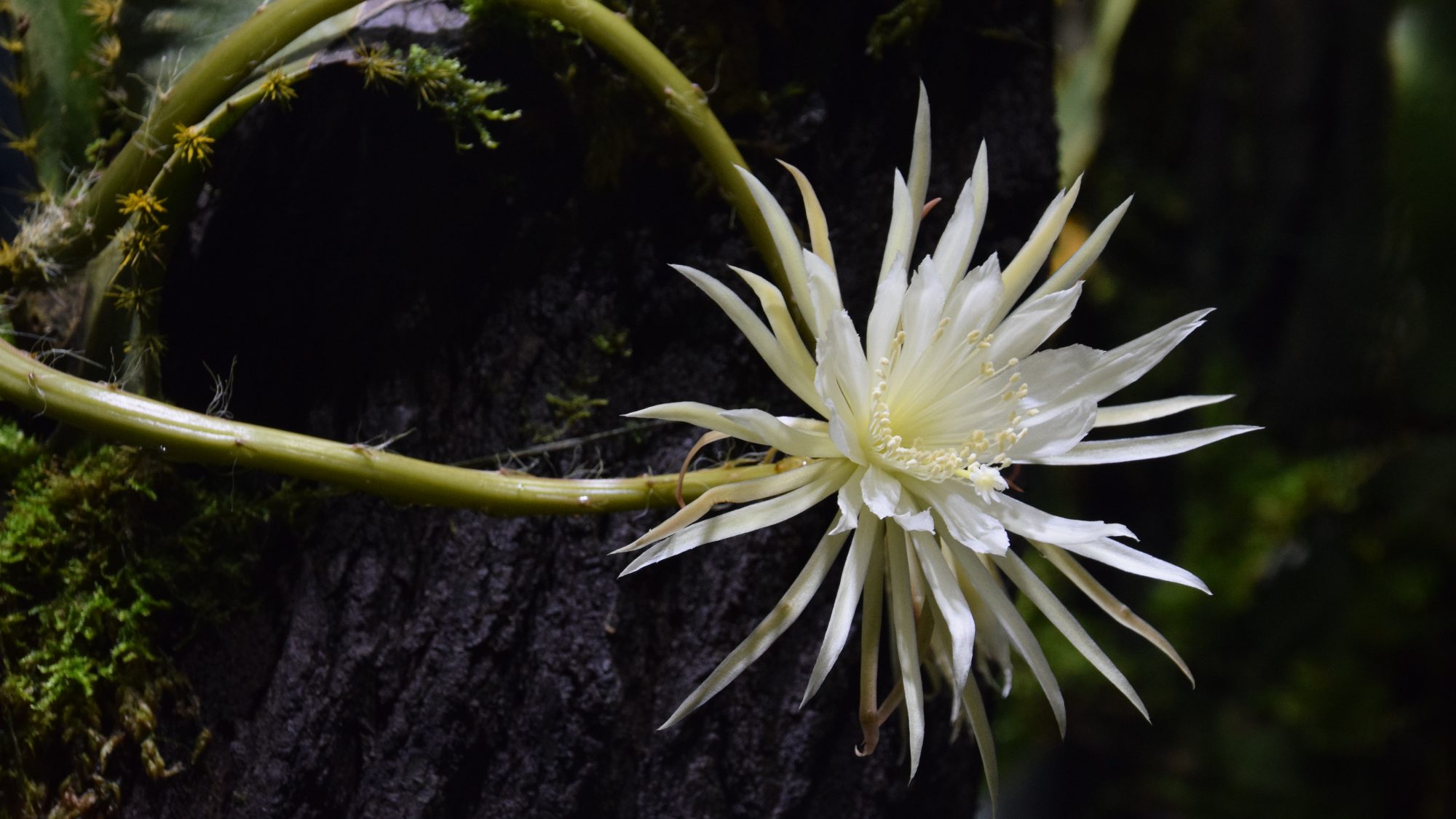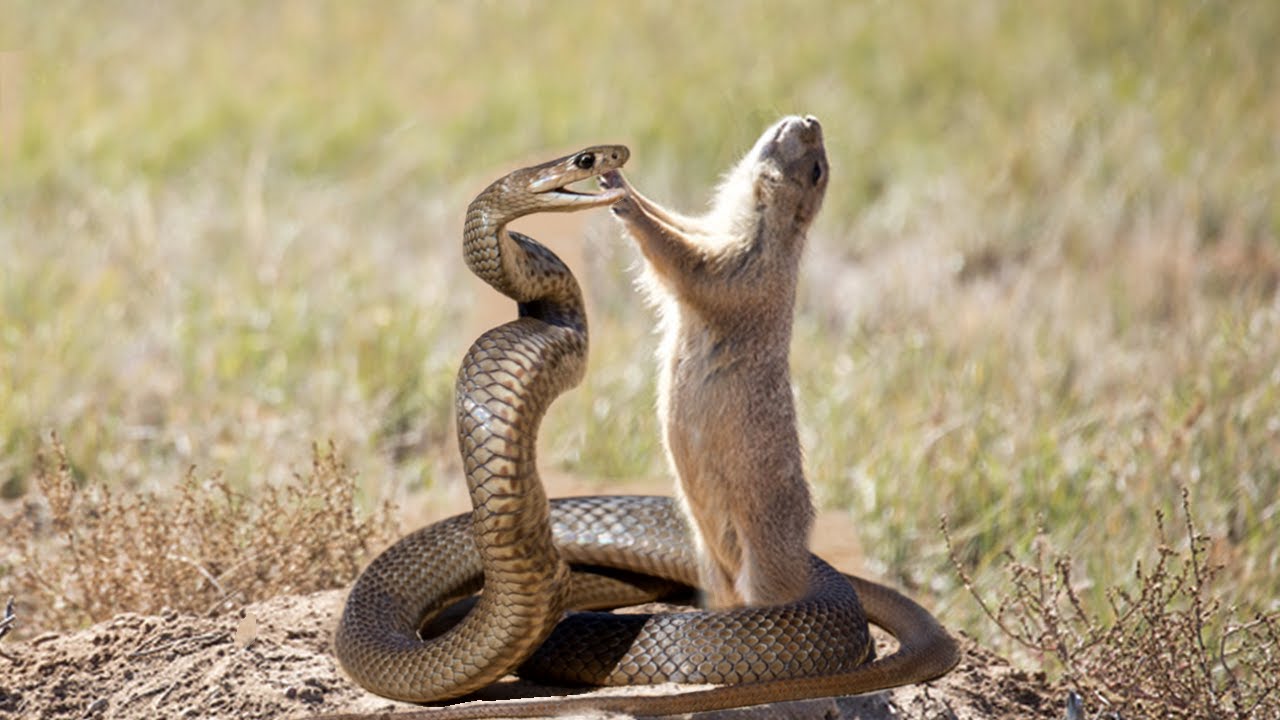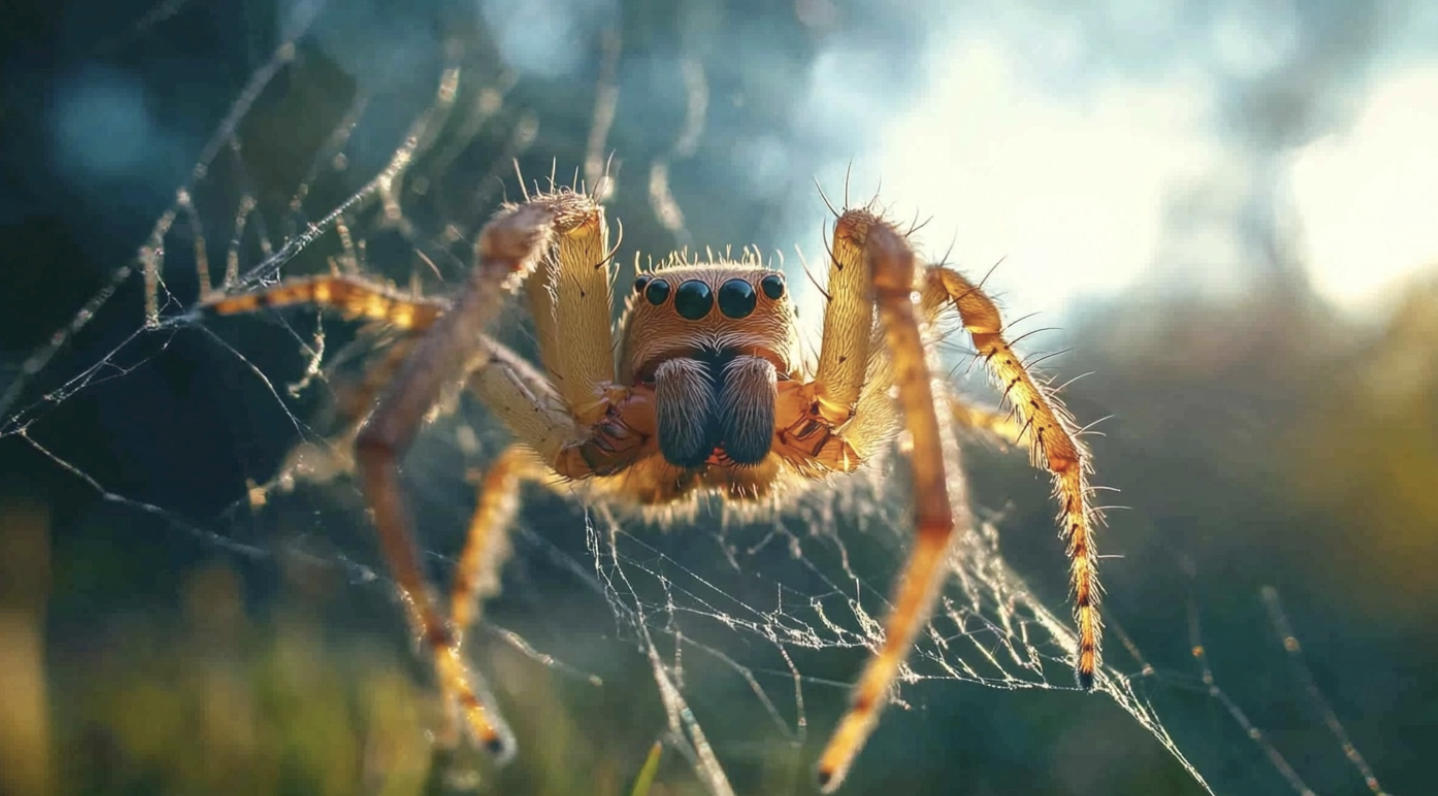
From lightning-fast falcons soaring through the sky to playful ferrets bounding across the ground, animals with F names display nature’s incredible diversity.
Nature showcases creatures from every habitat—flamingos with their vibrant wetland displays to the mysterious depths where freshwater eels glide silently.
The fox shows cunning intelligence, frogs demonstrate remarkable adaptations, and frilled lizards perform dramatic defensive displays.
These magnificent species represent just the beginning of the F-named animal kingdom. Finches sing melodious songs in forests worldwide, while frigatebirds stay airborne for days over vast oceans.
Freshwater crocodiles patrol rivers with prehistoric precision and French lop rabbits charm with their friendly nature.
The extraordinary world of animals with F awaits, revealing surprising facts, unique behaviors, and specialized traits that make each creature truly remarkable.
List of Animals Start With F
1. Falcon
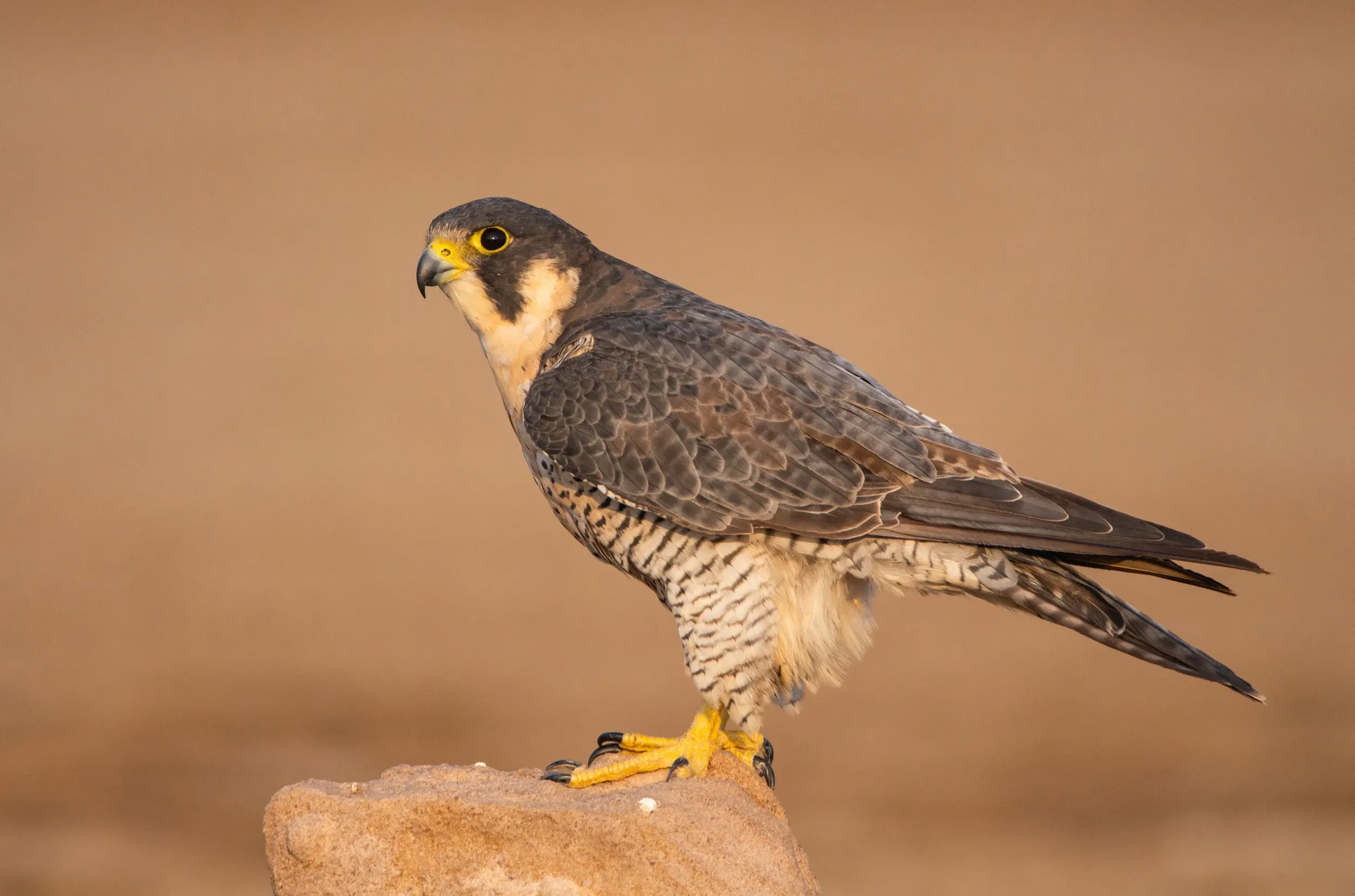
Falcons are medium-sized birds of prey known for their exceptional speed and agility. They have sharp, hooked beaks and pointed wings that can reach up to 20 inches in length.
These birds are skilled hunters, capturing their prey mid-flight with impressive precision using their strong talons and keen eyesight.
- Region of Habitat: Found worldwide in diverse habitats, including forests, grasslands, and deserts.
- Scientific Name:Falco spp.
- Feeding Habits: Falcons primarily hunt birds and small mammals, using their speed and talons to catch prey mid-flight.
- What Sound They Make: Falcons produce sharp, high-pitched calls used for communication and territory defense.
Fun Facts
The Peregrine Falcon is the fastest animal on Earth, diving at speeds over 240 mph.
Falcons have specialized nostrils that help manage air pressure during high-speed dives.
2. Ferret
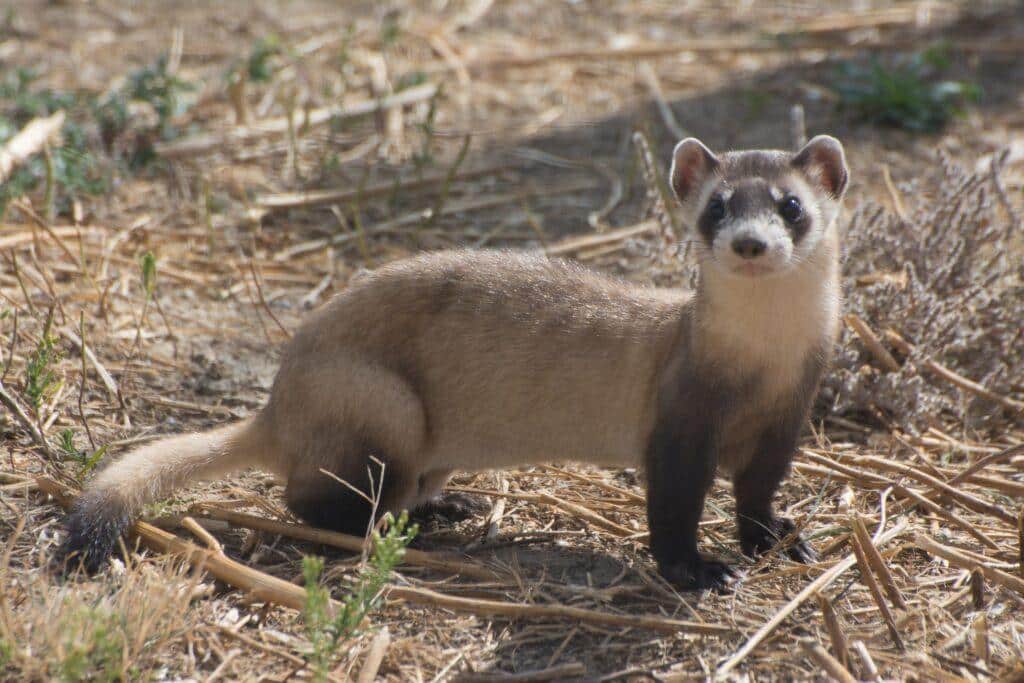
Ferrets are small, carnivorous mammals with long, slender bodies and a playful, curious nature. They typically weigh between 1.5 to 4 pounds and have soft, dense fur in various colors.
Known for their inquisitive personalities, ferrets are social animals that enjoy interaction with both humans and other ferrets.
- Region of Habitat: Native to Europe and Asia, but commonly kept as pets worldwide.
- Scientific Name:Mustela putorius furo
- Feeding Habits: Ferrets are obligate carnivores, feeding primarily on meat such as small mammals, birds, and eggs.
- What Sound They Make: Ferrets communicate using chirps, trills, and soft growls, particularly when excited or displeased.
Fun Facts
Ferrets sleep up to 18 hours a day but are highly energetic when awake.
Historically, ferrets were used to hunt rabbits due to their small size and agility.
3. Finch
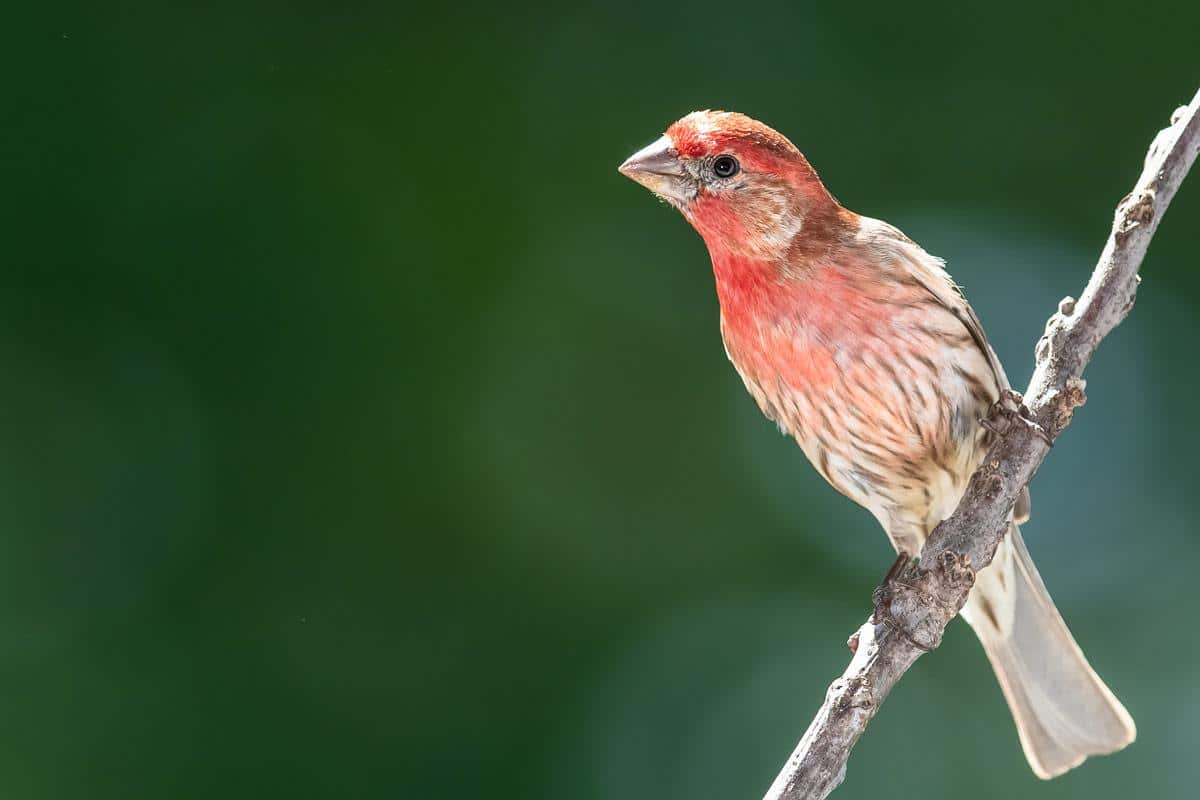
Finches are small songbirds, typically ranging from 3 to 6 inches in length, known for their vibrant plumage and melodious songs.
Finches have strong, conical beaks that crack seeds, nuts, and fruits. They are found in a wide variety of habitats, from forests to urban areas.
- Region of Habitat: Found in forests, grasslands, and urban environments worldwide.
- Scientific Name:Passeriformes spp.
- Feeding Habits: Finches primarily feed on seeds, berries, and fruits, using their strong beaks to break through tough shells.
- What Sound They Make: Finches sing melodious chirps and songs, especially during mating season, to attract mates.
Fun Facts
Finches played a key role in Darwin’s studies on evolution in the Galapagos Islands.
Their beaks are highly adapted to different food sources, helping them thrive in varied environments.
4. Fish
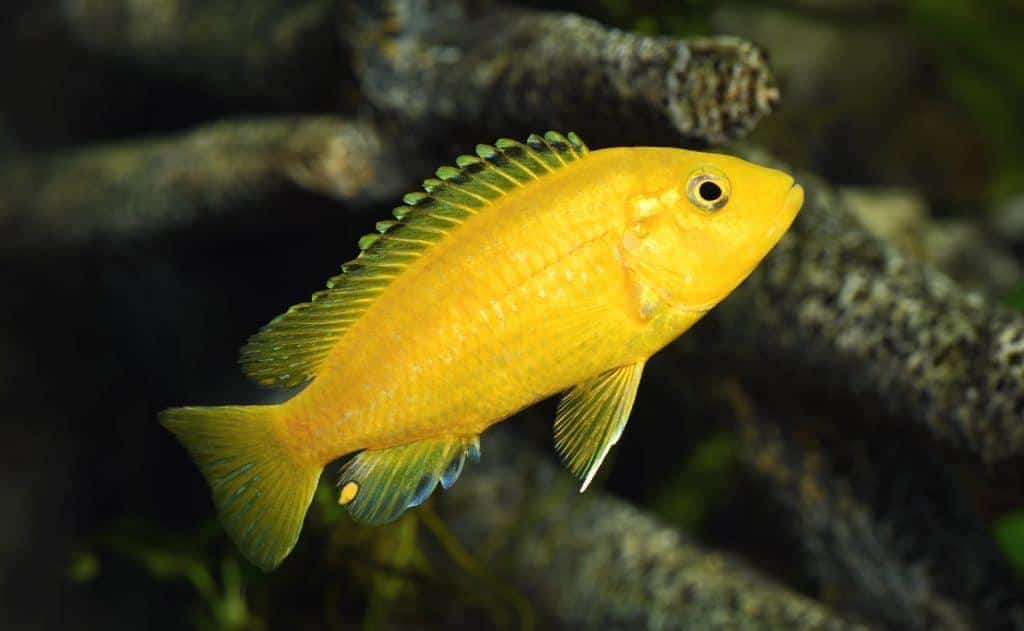
Fish are aquatic animals found in both freshwater and saltwater environments. They have gills, fins, and streamlined bodies that aid in swimming.
Their sizes range from tiny species to large fish like sharks. Fish play an essential role in ecosystems, acting as both predators and prey.
- Region of Habitat: Found in oceans, rivers, lakes, and ponds worldwide.
- Scientific Name:Pisces (general classification)
- Feeding Habits: Fish, depending on the species, feed on a variety of foods, such as smaller fish, plants, plankton, and invertebrates.
- What Sound They Make: Fish generally do not produce sounds, but some species produce grunts or clicks using their swim bladders.
Fun Facts
Some fish, like mudskippers, can move short distances on land.
Koi fish are famous for their long lifespan, living up to 200 years.
5. Flamingo

Flamingos are large, wading birds with long necks, legs, and vibrant pink or red plumage. Known for their one-legged stance, they are found in shallow waters.
They feed by filtering algae and small organisms from the mud using their specialized beaks. They often live in large colonies.
- Region of Habitat: Found in wetlands, shallow lakes, and coastal habitats across Africa, Asia, and the Americas.
- Scientific Name:Phoenicopterus spp.
- Feeding Habits: Flamingos feed on algae, small crustaceans, and mollusks, using their specialized beaks to sift through mud and water.
- What Sound They Make: Flamingos produce honking and grunting calls, used for communication within flocks.
Fun Facts
Flamingos’ pink color is a result of carotenoids in their diet.
They can stand on one leg for extended periods to conserve body heat.
6. Fox
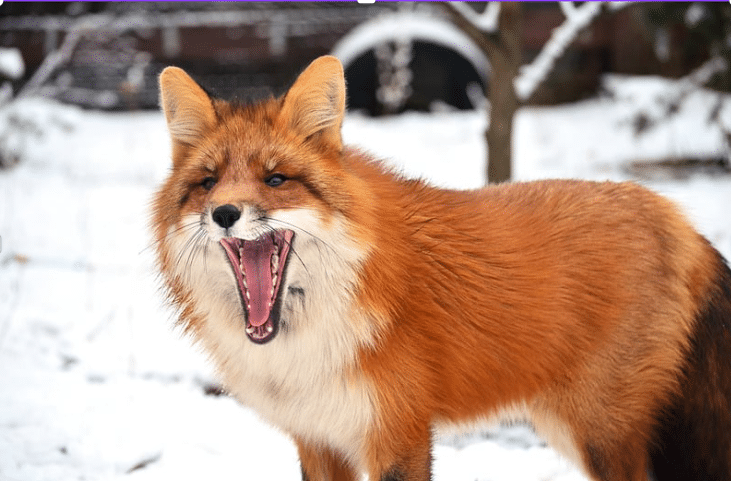
Foxes are small—to medium-sized mammals with sharp teeth, bushy tails, and pointed snouts. They are known for their adaptability and live in a variety of environments, including forests, grasslands, and urban areas. Foxes are often solitary hunters, using stealth and cunning to catch their prey.
- Region of Habitat: Found in forests, grasslands, deserts, and urban areas worldwide.
- Scientific Name:Vulpes vulpes
- Feeding Habits: Foxes are omnivores, eating a mixture of small mammals, fruits, birds, and insects.
- What Sound They Make: Foxes communicate with a range of vocalizations, including barks, screams, and high-pitched calls.
Fun Facts
Foxes have excellent night vision, which helps them hunt effectively at night.
Arctic foxes change the color of their fur with the seasons, from white to brown.
7. Frog
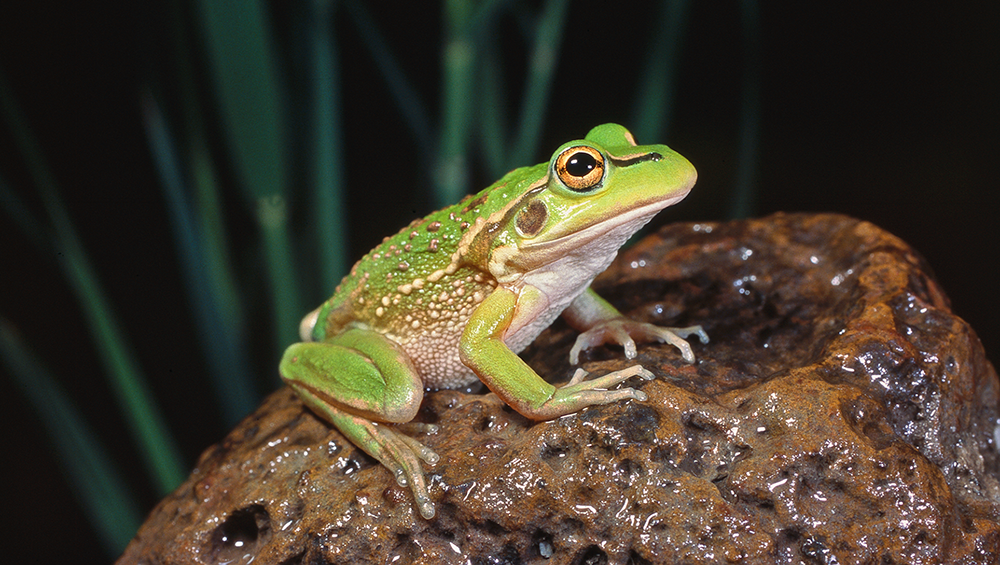
Frogs are amphibians with smooth skin, long legs, and large eyes. They live in a variety of habitats, from ponds to rainforests.
Frogs are known for their jumping ability and loud croaking, especially during mating season. Many frogs also can change color.
- Region of Habitat: Found in freshwater ponds, lakes, and rainforests across the globe.
- Scientific Name:Anura spp.
- Feeding Habits: Frogs are carnivores, feeding on insects, small invertebrates, and sometimes small vertebrates like fish.
- What Sound They Make: Frogs produce croaks, ribbits, and whistles, primarily for attracting mates or signaling danger.
Fun Facts
Some frogs can change color to blend in with their surroundings.
The wood frog can survive freezing temperatures and thaw out in the spring.
8. French Lop Rabbit

The French Lop is a large domestic rabbit known for its long ears and friendly demeanor. Weighing between 10 and 14 pounds, it is gentle and calm, making it great for pets.
Its soft fur comes in various colors, and it is highly social, often bonding with humans and other animals.
- Region of Habitat: Commonly kept as pets worldwide.
- Scientific Name:Oryctolagus cuniculus
- Feeding Habits: French Lops are herbivores, eating hay, vegetables, and fruits, requiring a fiber-rich diet for healthy digestion.
- What Sound They Make: French Lops are generally quiet but may grunt or thump their feet when excited or threatened.
Fun Facts
French Lops are excellent jumpers despite their size.
They are known for being affectionate and friendly, especially with children.
9. Frenchton Dog

The Frenchton is a hybrid dog breed, a mix between a French Bulldog and a Boston Terrier. These small, muscular dogs have short coats and a playful, affectionate nature, making them great companions.
They typically weigh 15 to 25 pounds and have the signature “bat ears” of a French Bulldog.
- Region of Habitat: Popular as pets worldwide.
- Scientific Name:Canis lupus familiarise
- Feeding Habits: Frenchtons are omnivores and eat a balanced diet of meat, vegetables, and grains.
- What Sound They Make: They produce a range of sounds, including barks, snorts, and grunts, especially when excited or playful.
Fun Facts
Frenchtons are great for apartment living due to their small size.
They inherit both the calm demeanor of the French Bulldog and the playful energy of the Boston Terrier.
10. Freshwater Crocodile
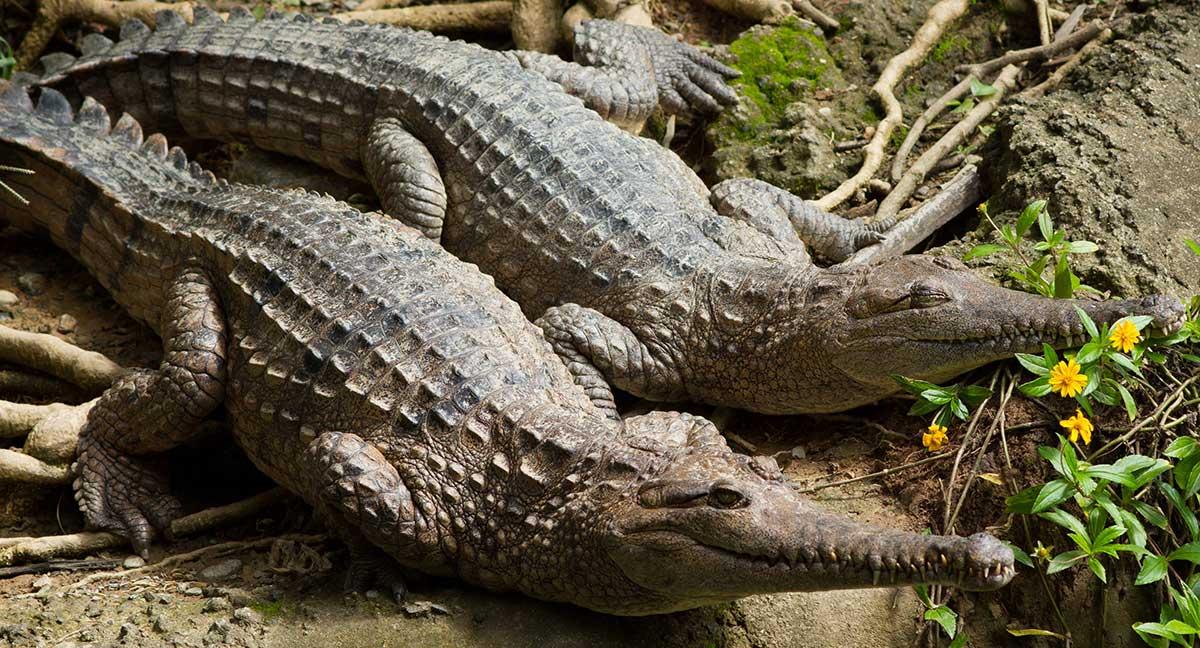
The freshwater crocodile is a small species of crocodile, typically growing up to 10 feet in length. Found in freshwater rivers and lakes of northern Australia and New Guinea, they have narrow snouts and a lighter coloration compared to saltwater crocodiles, making them better suited for freshwater environments.
- Region of Habitat: Northern Australia and New Guinea.
- Scientific Name:Crocodylus johnstoni
- Feeding Habits: Freshwater crocodiles primarily feed on fish, amphibians, and small mammals, using ambush tactics to catch their prey.
- What Sound They Make: They produce deep growls, hisses, and bellows, especially during mating season or when threatened.
Fun Facts
Freshwater crocodiles are one of the smallest crocodile species, growing up to 10 feet long.
They are fast swimmers and are excellent hunters, often hunting at night.
11. Freshwater Drum
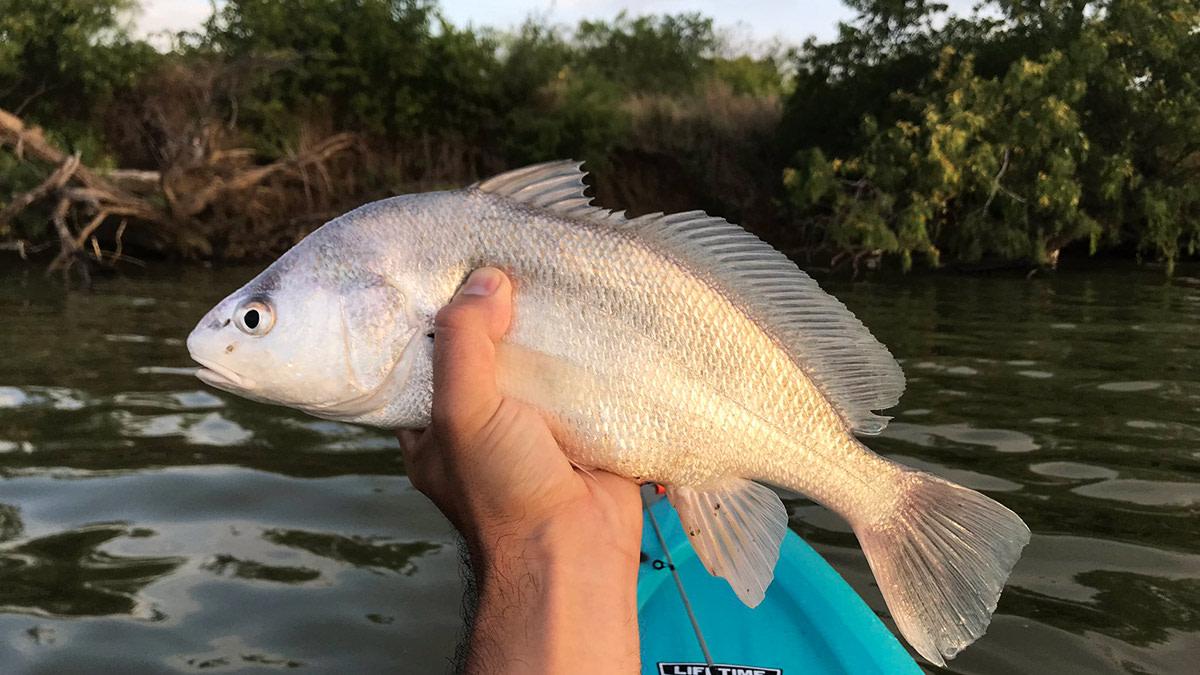
Freshwater drums are medium-sized fish found in North American rivers and lakes. These fish are characterized by a deep body, silver-gray scales, and a large head. They are known for producing a drumming sound, which is made by vibrating their swim bladder.
- Region of Habitat: Found in rivers, lakes, and reservoirs across North America.
- Scientific Name:Aplodinotus grunniens
- Feeding Habits: Freshwater drums feed on insects, small fish, and invertebrates found at the bottom of lakes or rivers.
- What Sound They Make: They make a drumming sound using their swim bladder, especially during mating season.
Fun Facts
Freshwater drums can live up to 20 years and grow up to 30 inches.
The sound produced by these fish can be heard underwater, similar to “drumming.”
12. Freshwater Eel
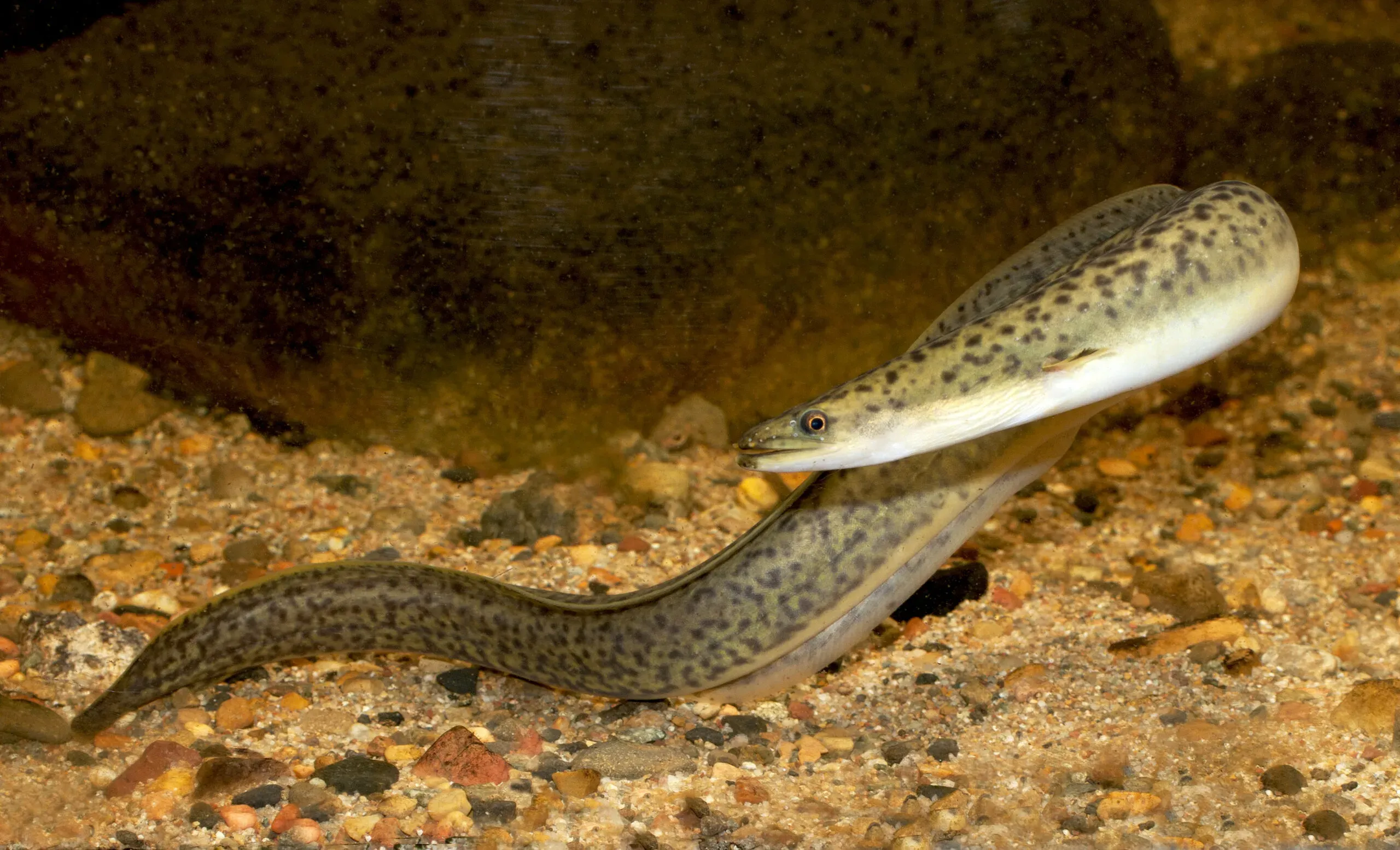
Freshwater eels are long, snake-like fish that thrive in rivers, lakes, and marshes. They can grow up to 4 feet in length and are known for their slimy, slippery bodies. Freshwater eels are found in both freshwater and brackish environments.
- Region of Habitat: Found in rivers, lakes, and marshes across North America, Europe, and Asia.
- Scientific Name:Anguilliformes
- Feeding Habits: They are carnivorous, feeding on smaller fish, invertebrates, and detritus from the riverbed.
- What Sound They Make: Freshwater eels are generally silent but can produce low, clicking sounds when disturbed.
Fun Facts
Eels can migrate thousands of miles to breed in the ocean.
They have the ability to survive in both freshwater and brackish water.
13. Freshwater Sunfish
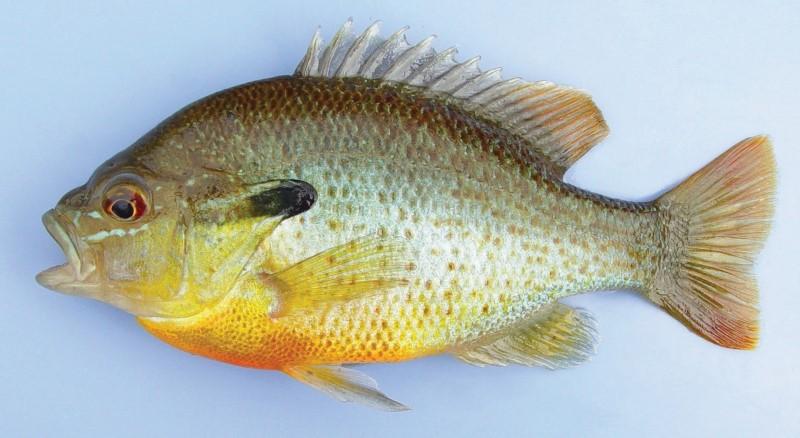
Freshwater sunfish are small to medium-sized fish found in North American rivers and lakes. Known for their vibrant colors, they are a popular catch for sport fishermen. During the breeding season, they display bright hues to attract mates.
- Region of Habitat: Found in rivers, lakes, and ponds throughout North America.
- Scientific Name:Lepomis spp.
- Feeding Habits: Sunfish are omnivores, eating insects, small fish, and plant material found in shallow waters.
- What Sound They Make: Freshwater sunfish are silent but may create splashes or jumps when feeding.
Fun Facts
Sunfish are known for their energetic fight when caught, making them a favorite among anglers.
Their vibrant colors are most noticeable during the breeding season.
14. Frigatebird
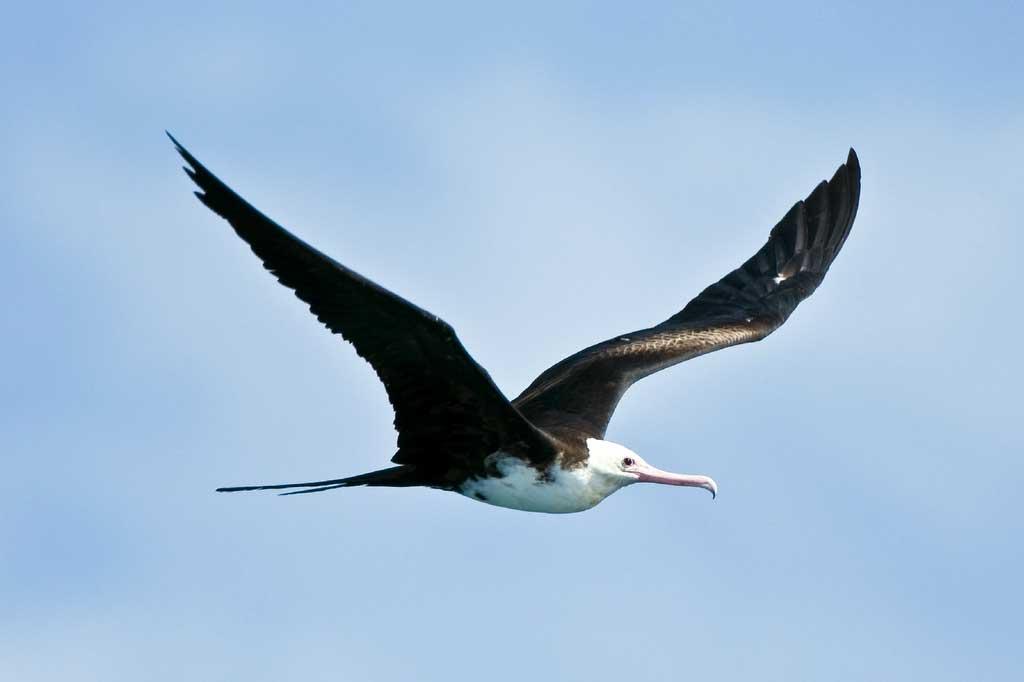
Frigatebirds are large seabirds with long wingspans, known for their aerial abilities and dramatic forked tails. These birds can stay airborne for days without landing and are commonly seen soaring above the ocean.
- Region of Habitat: Tropical and subtropical oceans worldwide.
- Scientific Name:Fregata spp.
- Feeding Habits: They steal fish from other birds or catch fish in mid-air.
- What Sound They Make: Frigatebirds produce harsh, grating calls, often used during mating or territorial disputes.
Fun Facts
Frigatebirds can stay in the air for up to 10 days without landing.
Their bright red throat pouch is inflated during courtship to attract females.
15. Frilled Lizard
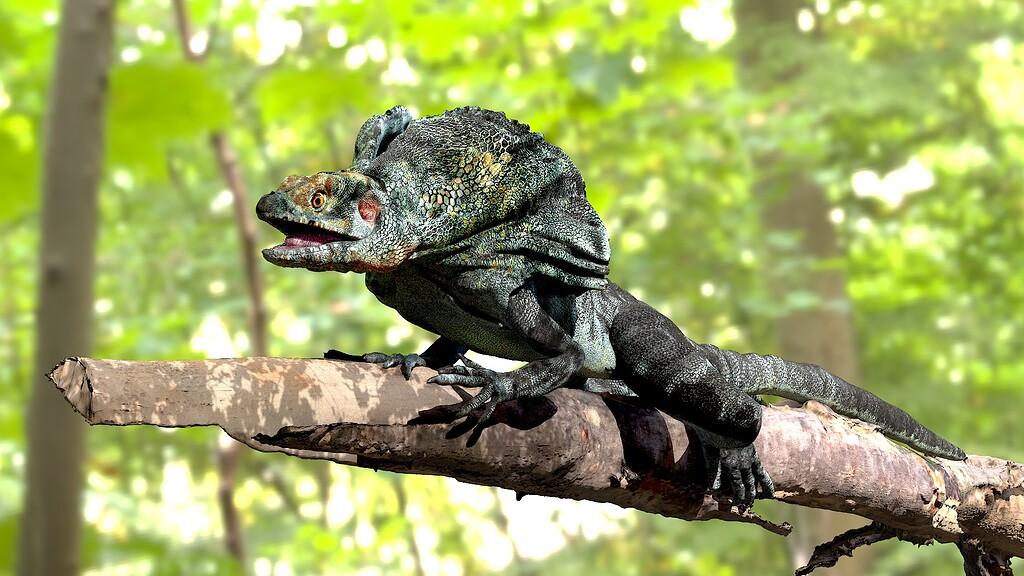
The frilled lizard is known for the large frill around its neck, which it expands when threatened. It is native to northern Australia and southern New Guinea and is often found in forests and woodlands. These lizards are tree-dwellers, agile, and fast.
- Region of Habitat: Found in forests and woodlands of northern Australia and southern New Guinea.
- Scientific Name:Chlamydosaurus kingii
- Feeding Habits: They are carnivorous, feeding on insects, small invertebrates, and occasionally small vertebrates.
- What Sound They Make: Frilled lizards make hissing sounds when threatened, often displaying their frill as a warning.
Fun Facts
Frilled lizards can run on their hind legs to escape predators.
The frill around their neck can be expanded dramatically to appear larger when threatened.
More Marvelous Animals Starting with F
16. Fritillary Butterfly
17. Frogfish
18. Fruit Bat
19. Fruit Fly
20. Fleckvieh Cattle
21. Flea
22. Fur Seal
23. Furrow Bee
24. Flea Beetle
25. Florida Gar
26. Florida Mouse
27. Florida Panther
28. Florida Woods Cockroach
29. Flounder Fish
30. Flycatcher
31. Flying Lemur
32. French Bulldog
33. French Bulldog Mix
34. Fairy-Wren
35. Fallow Deer
36. False Cobra
37. False Killer Whale
38. False Water Cobra
39. Fancy Mouse
40. Fennec Fox
41. Ferruginous Hawk
42. Fiddler Crab
43. Field Spaniel
44. Fin Whale
45. Finnish Lapphund
46. Finnish Spitz
47. Fire Eel
48. Fire Salamander
49. Fire-Bellied Toad
50. Firefly Ball Python
51. Fisher
52. Fishing Cat
53. Flat-Coated Retriever
54. Flathead Catfish
55. Flat-headed Cat
56. Fluke Fish
57. Frogmouth
58. Flaming Sunbird
59. Florida Scrub Lizard
60. Fossa
61. Frill-Necked Lizard
62. Freshwater Jellyfish
63. Frilled Shark
64. Frizzle Chicken
65. Flowerhorn Fish
66. Flying Fish
67. Flying Squirrel
68. Flying Snake
69. Football Fish
70. Forest Cobra
71. Forest Cuckoo Bumblebee
72. Formosan Mountain Dog
73. Fox Snakes
74. Fox Squirrel
75. Freeway Ball Python
76. False Coral Snake
77. False Widow Spider
78. Fangtooth
79. Feather Star
80. Feist
81. Fer-de-lance Snake
82. Fierce Snake
83. Figeater Beetle
84. Fila Brasileiro
85. Flat-headed Snake
86. Fishing Spiders
87. Fairy Tern
88. Fastest Fish
89. Fainting Goat
90. Faun
91. Feathered Dinosaur
92. Finch-Billed Myna
93. Fire Bellied Newt
94. Fire-Tailed Myzornis
95. Firefly Cuttlefish
96. Fish Crow
97. Flatfish
Wrapping It Up
The animal kingdom presents an impressive showcase of F-named creatures, each with unique adaptations, behaviors, and survival strategies. From the depths of freshwater habitats to the heights of forest canopies, these remarkable beings have mastered their environments in extraordinary ways.
The next time a falcon soars overhead or frogs call after rain, consider the incredible diversity represented by this single letter of the alphabet.
With species ranging from the familiar fox to the exotic frill-necked lizard, animals with F demonstrate nature’s boundless creativity. Fierce predators and friendly companions alike continue to amaze scientists and animal lovers through their specialized traits.
Ferrets charm with playfulness, flamingos dazzle with vibrant colors, and freshwater crocodiles patrol with prehistoric precision. Which of these animals with F sparked your curiosity? The wild world holds countless more stories yet to unfold.

